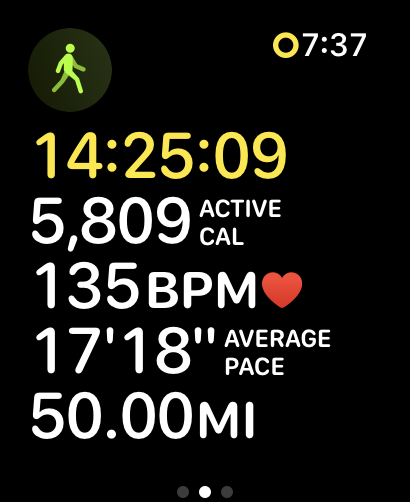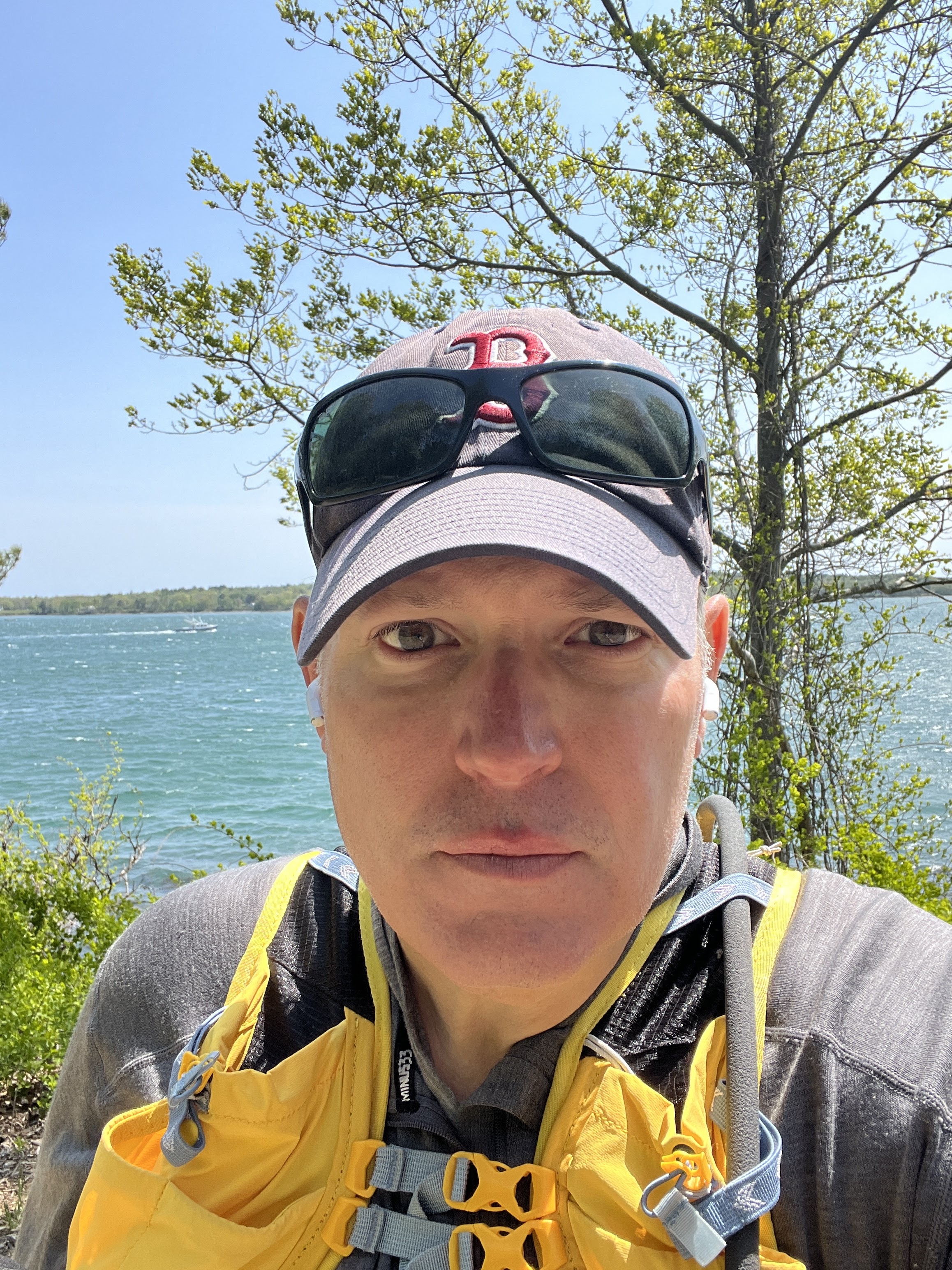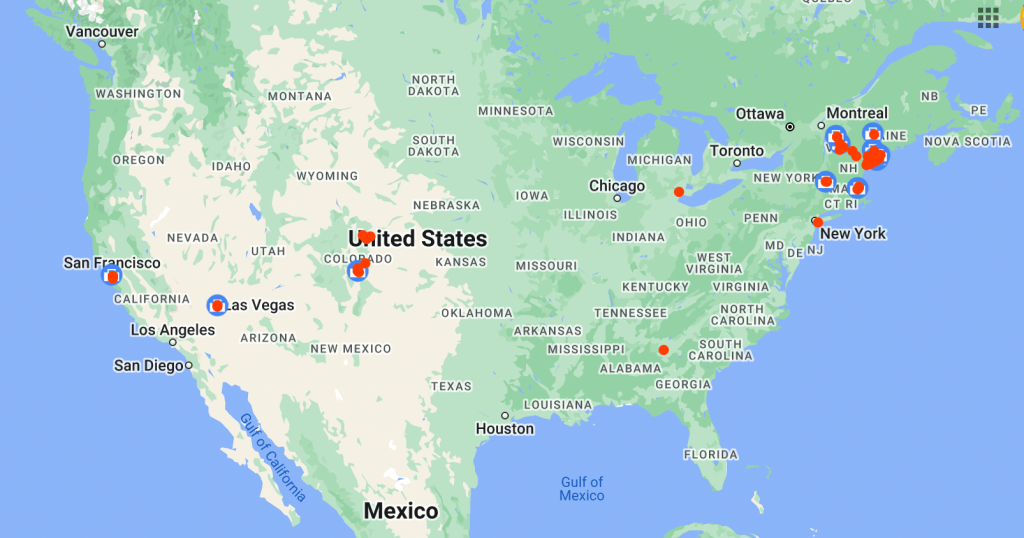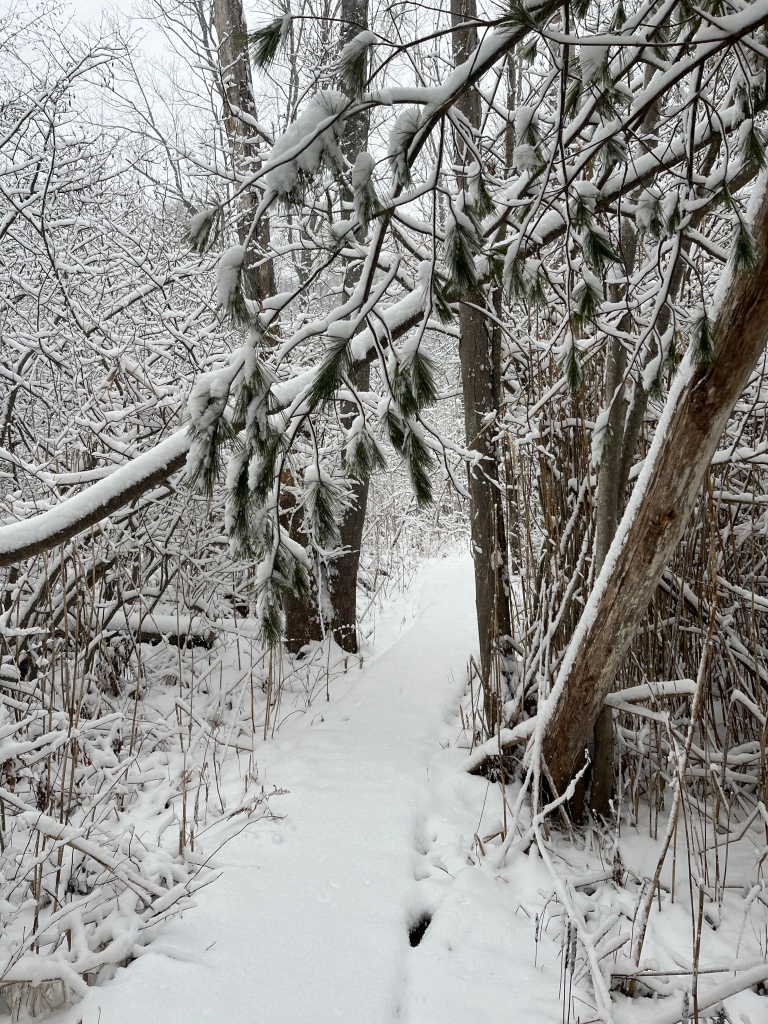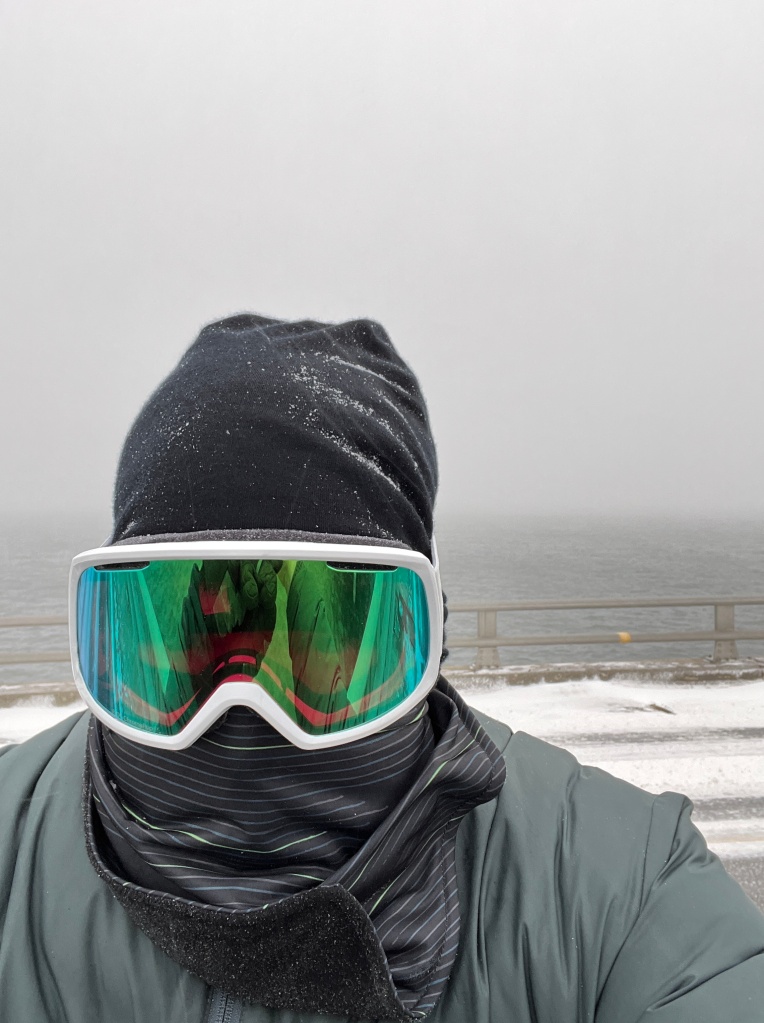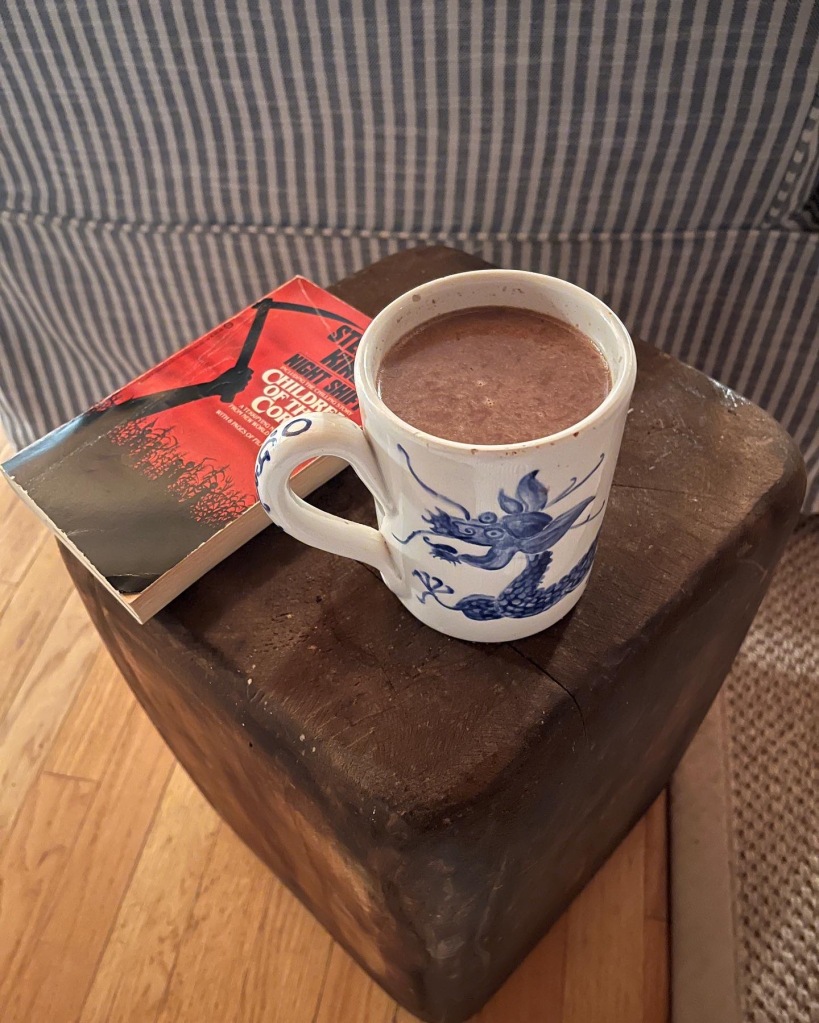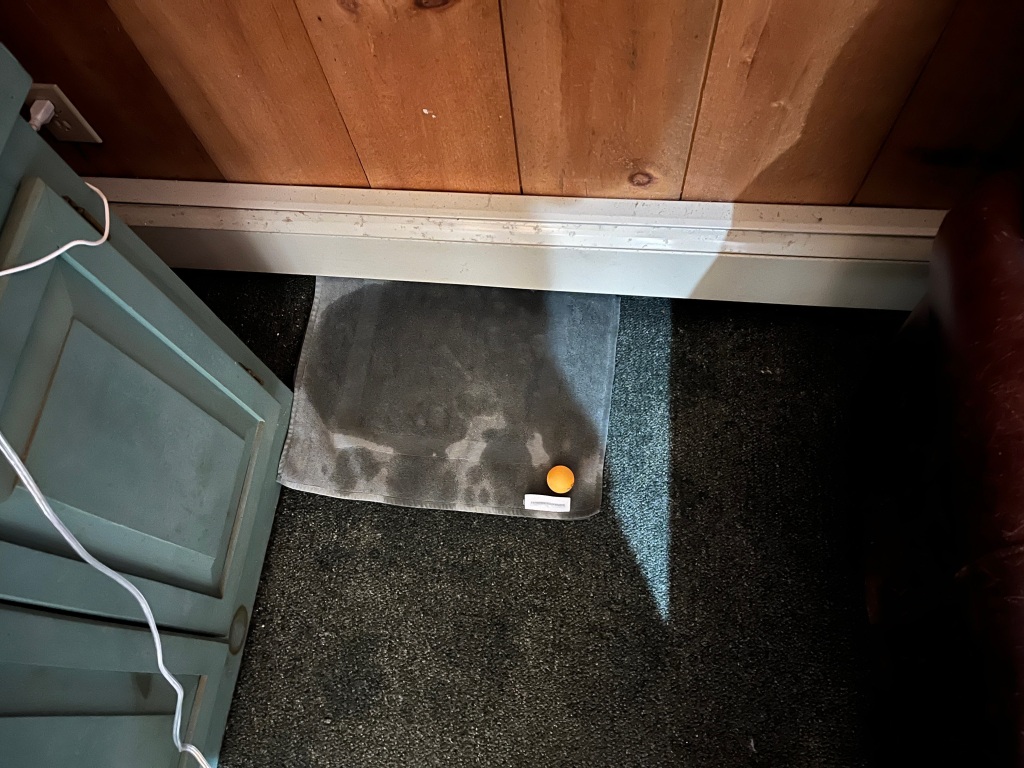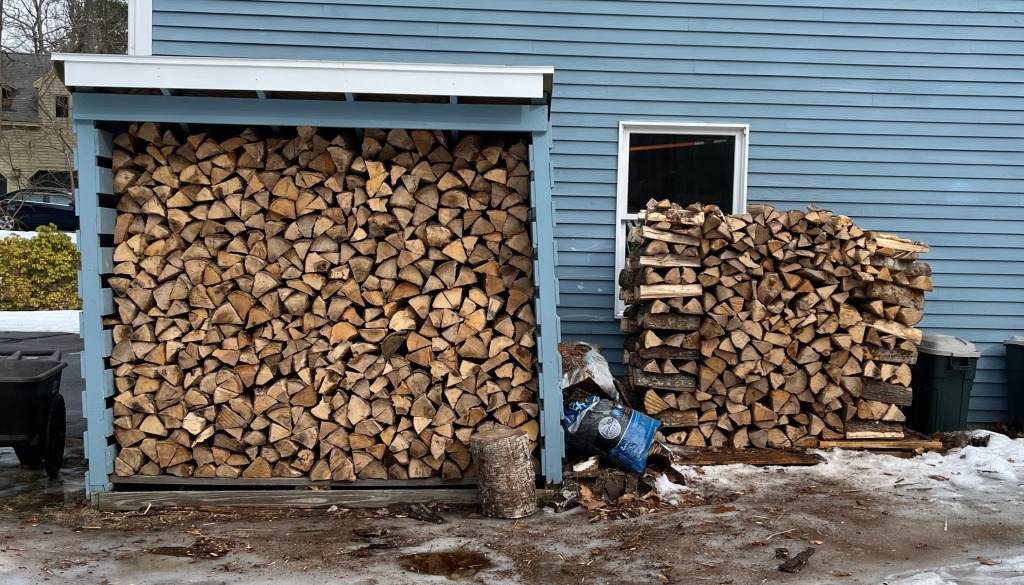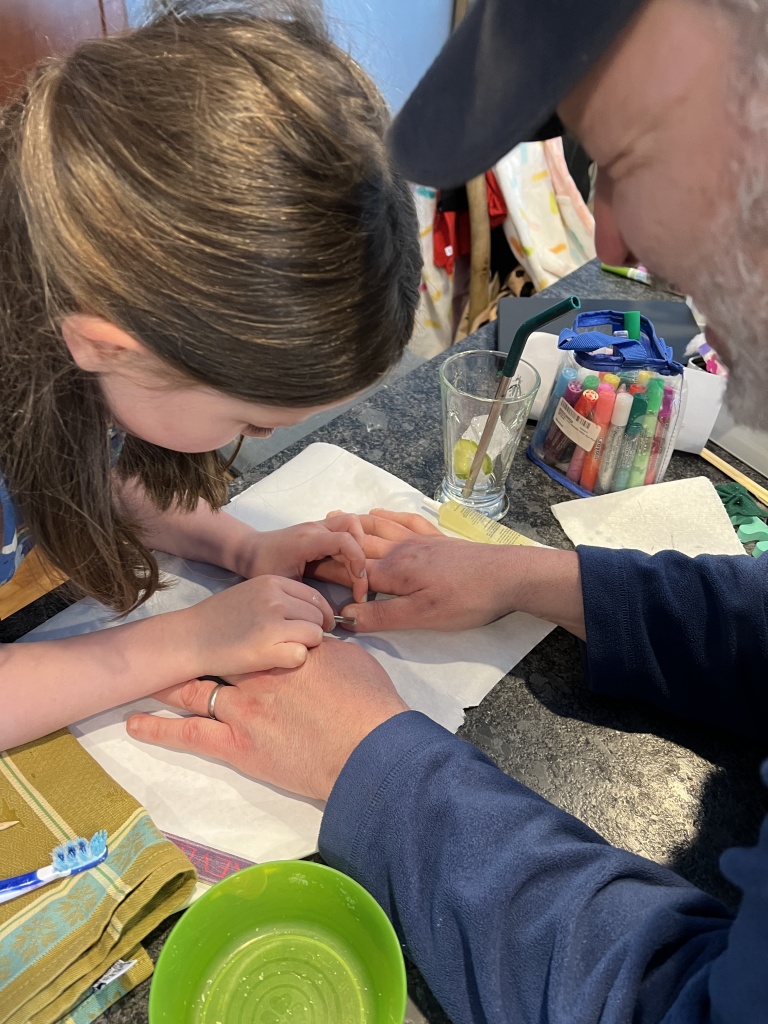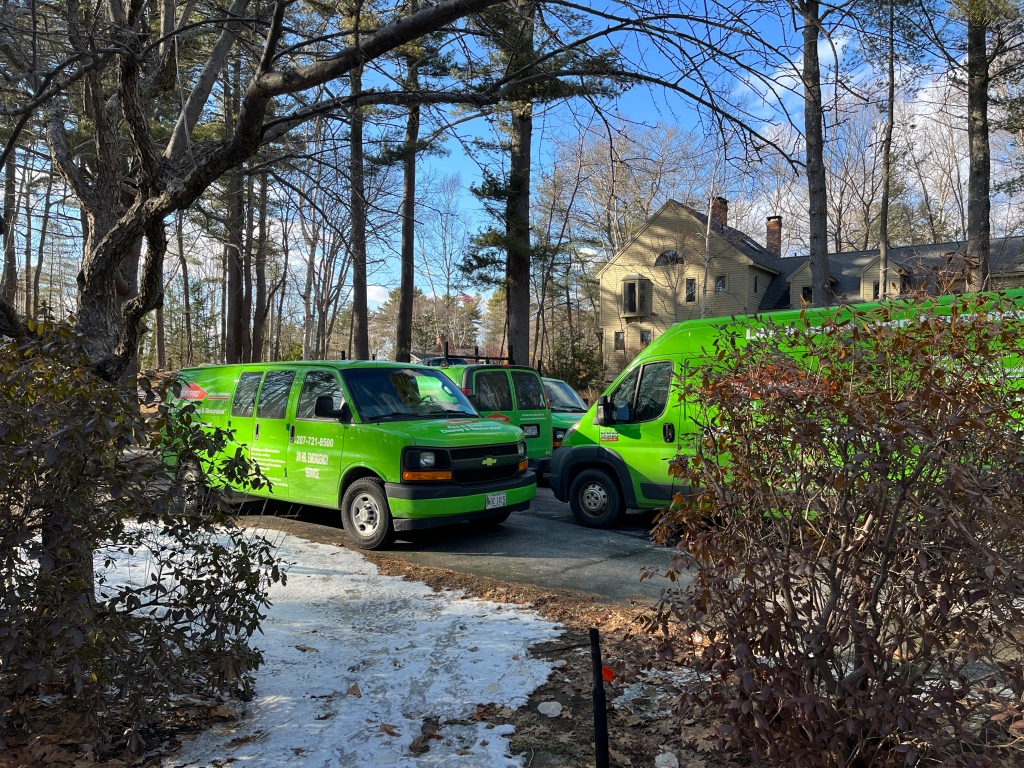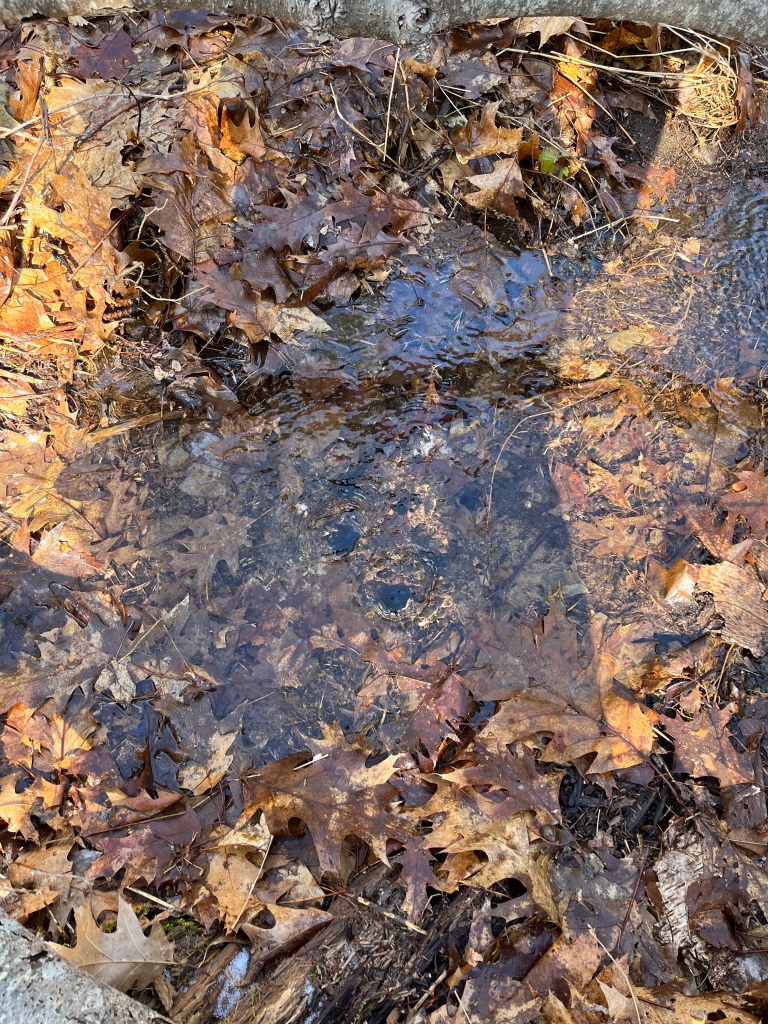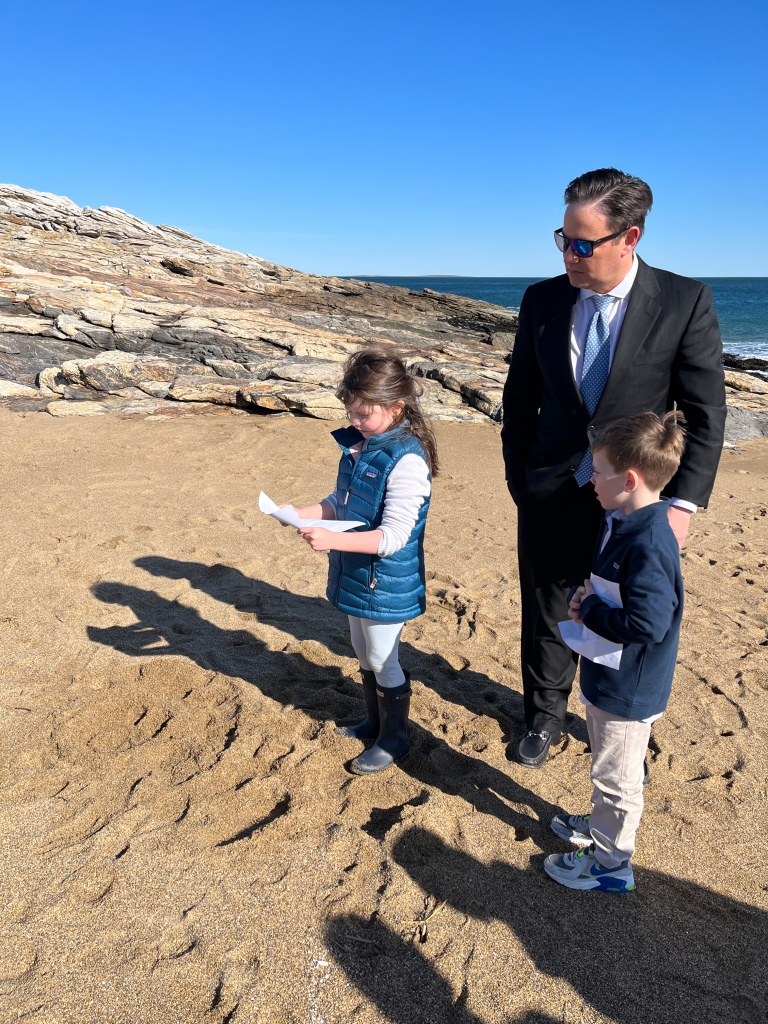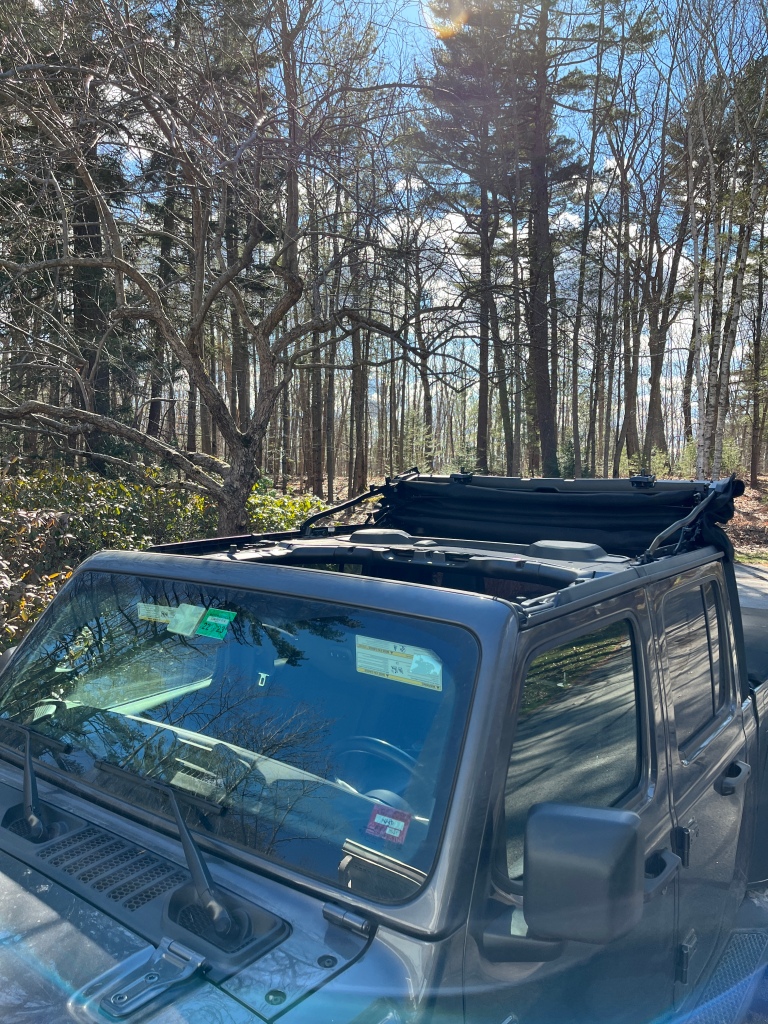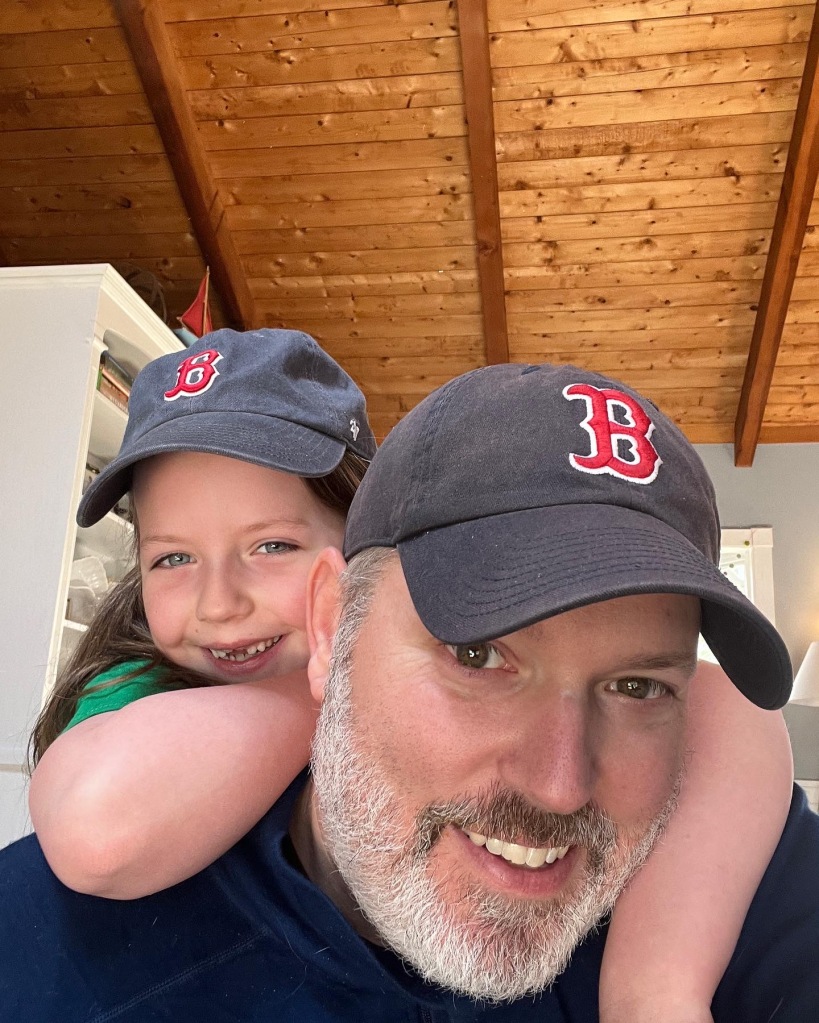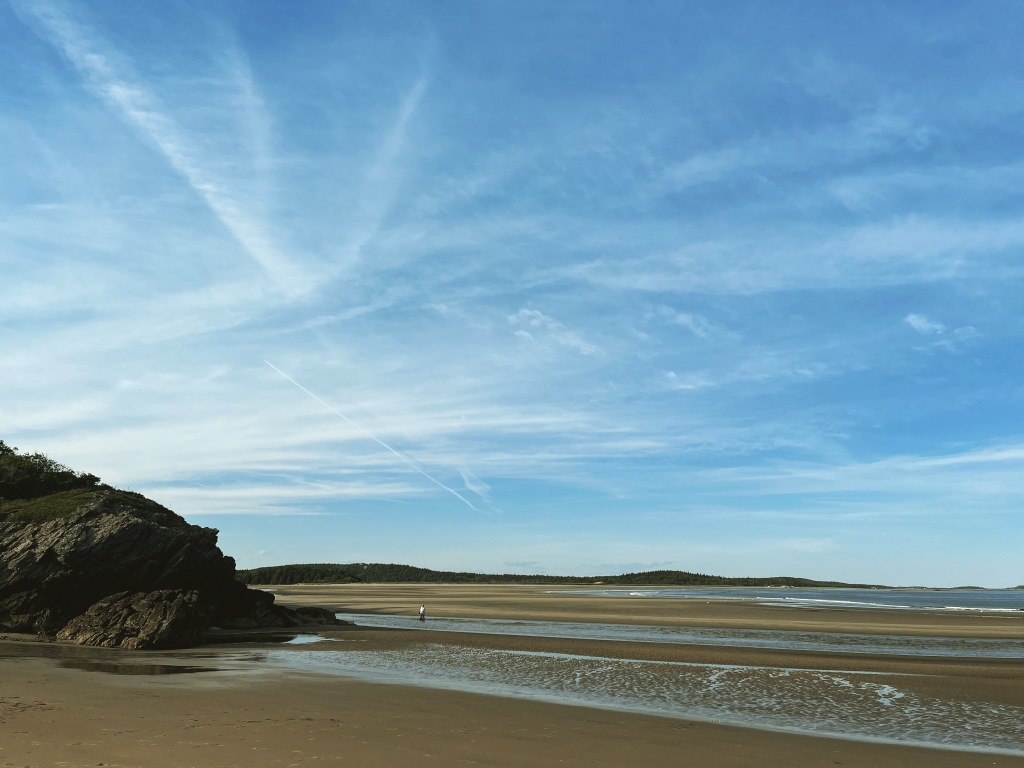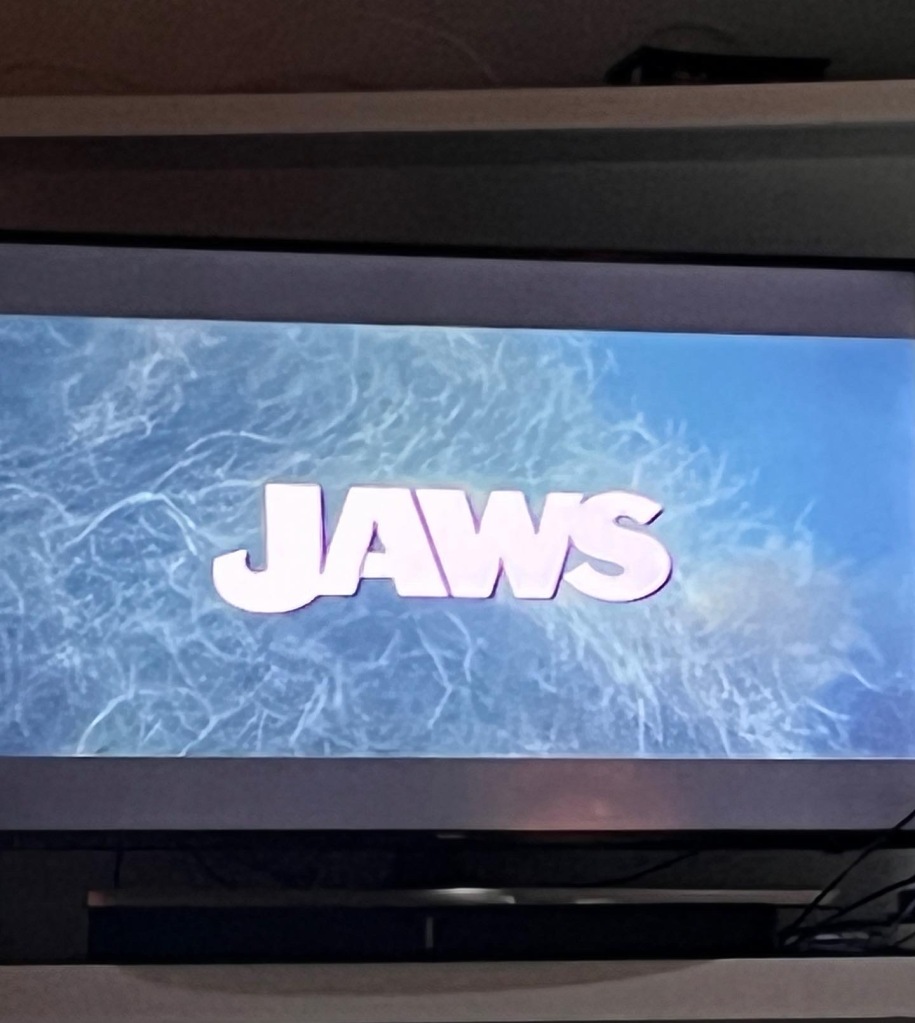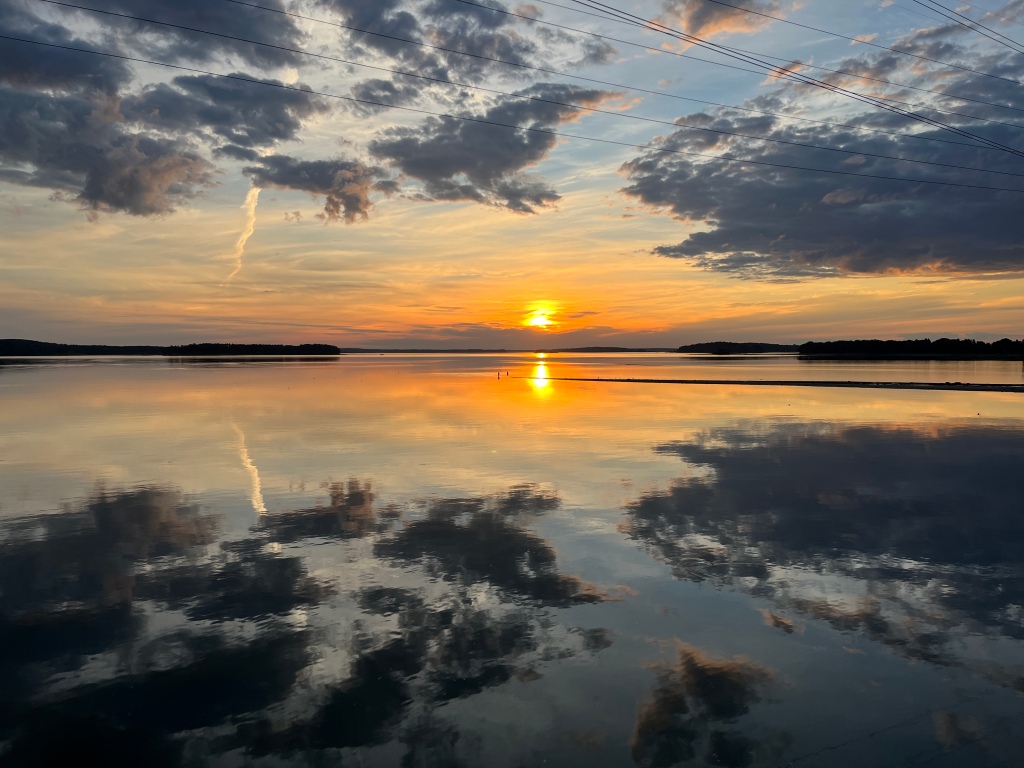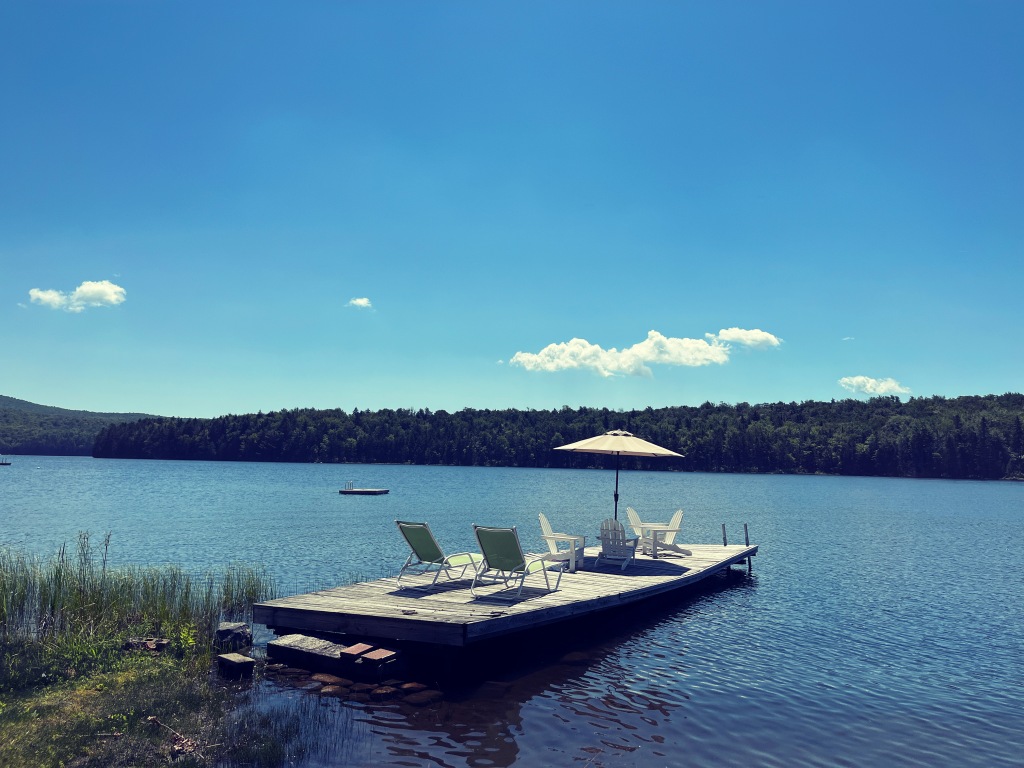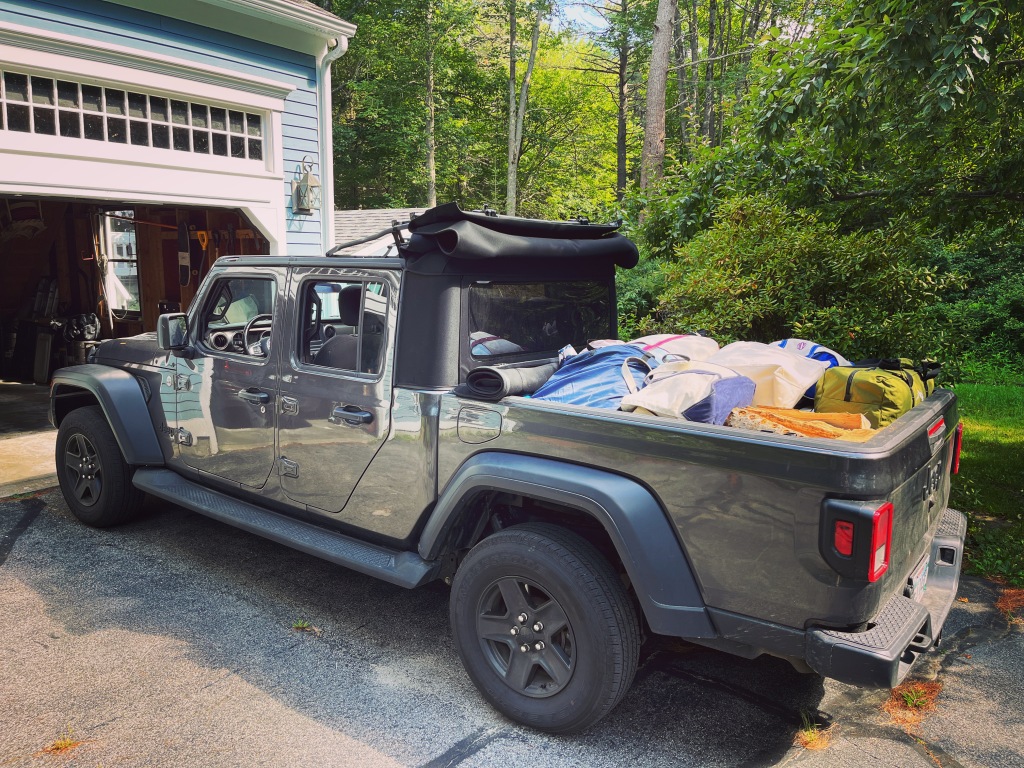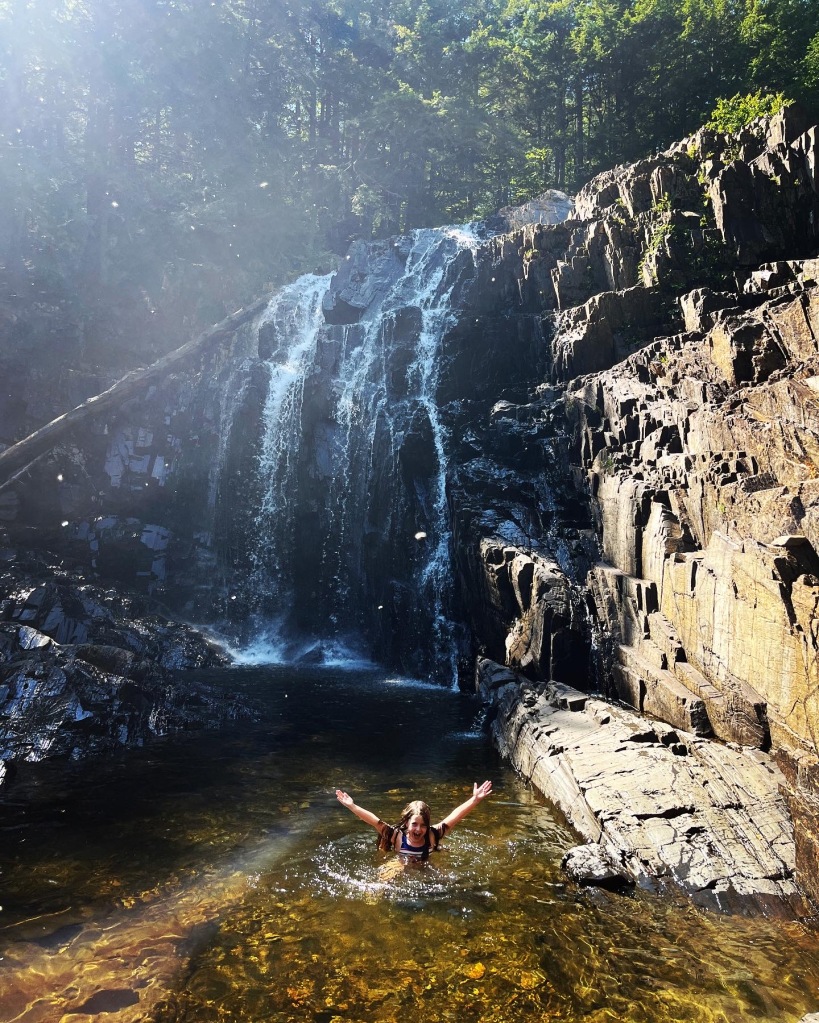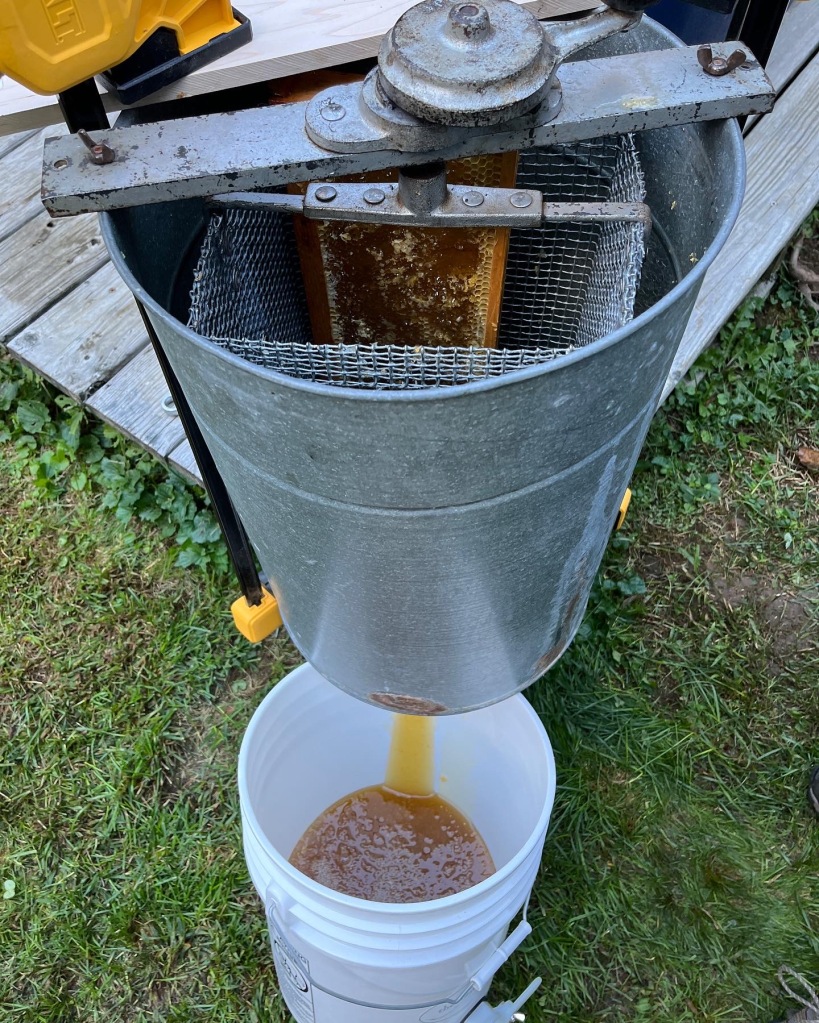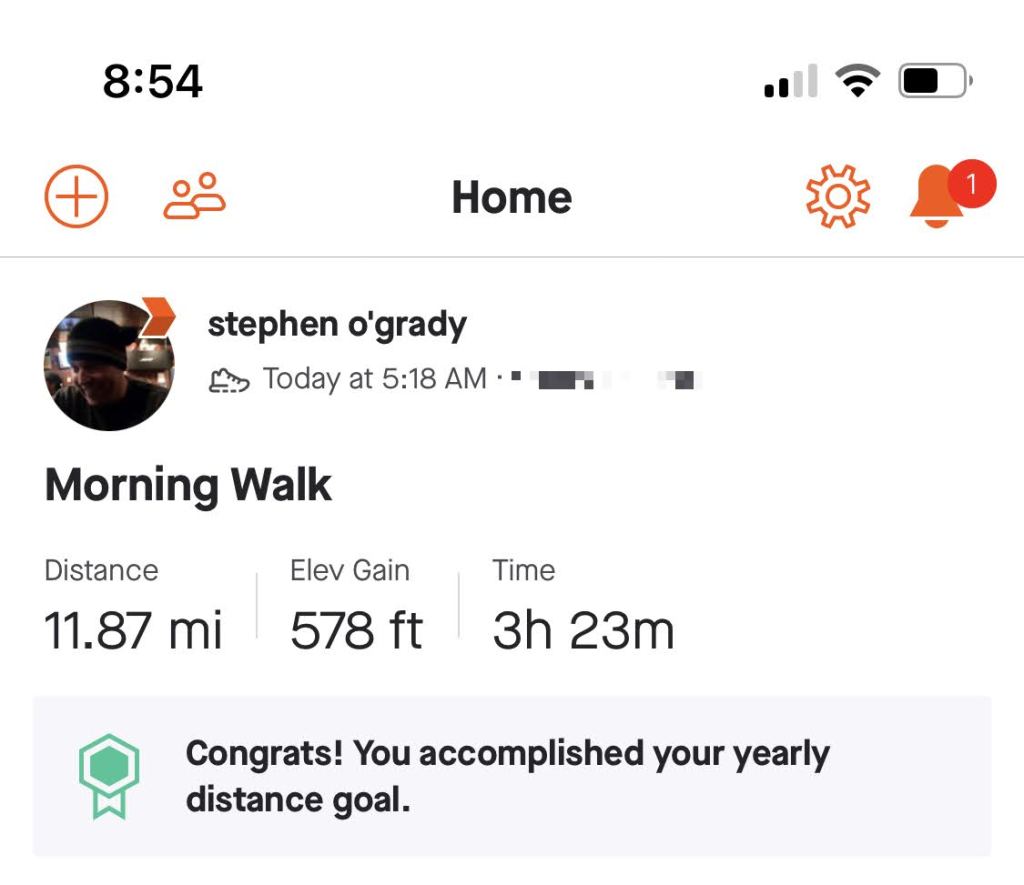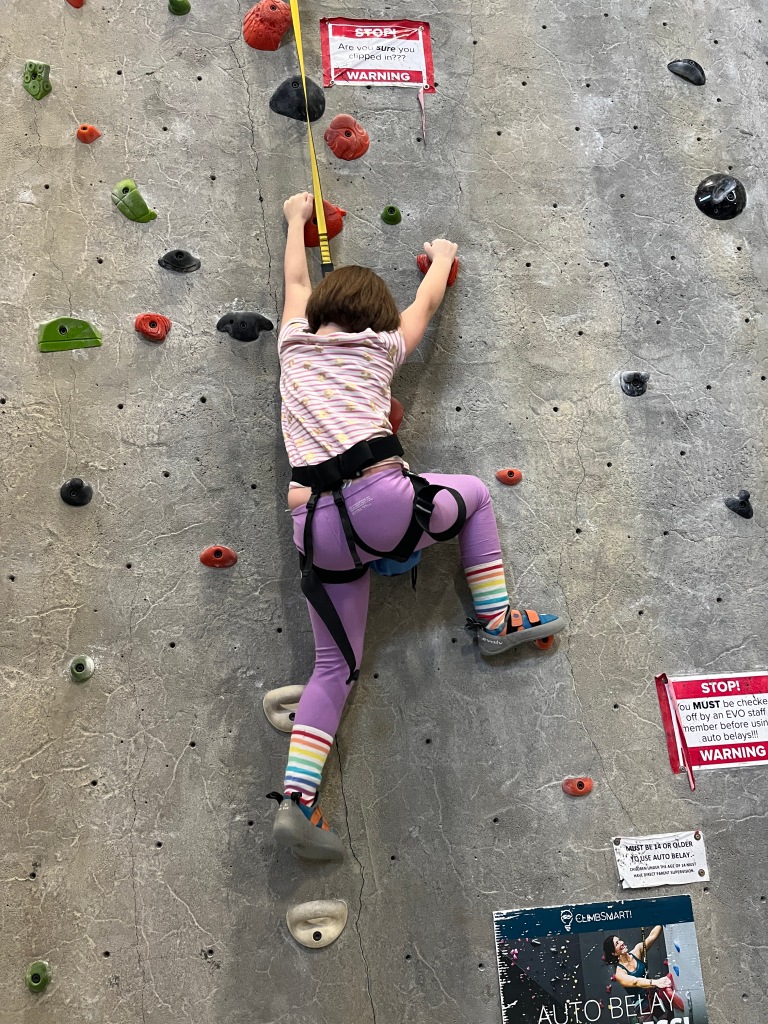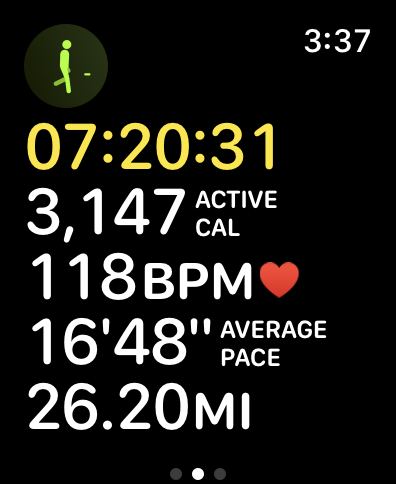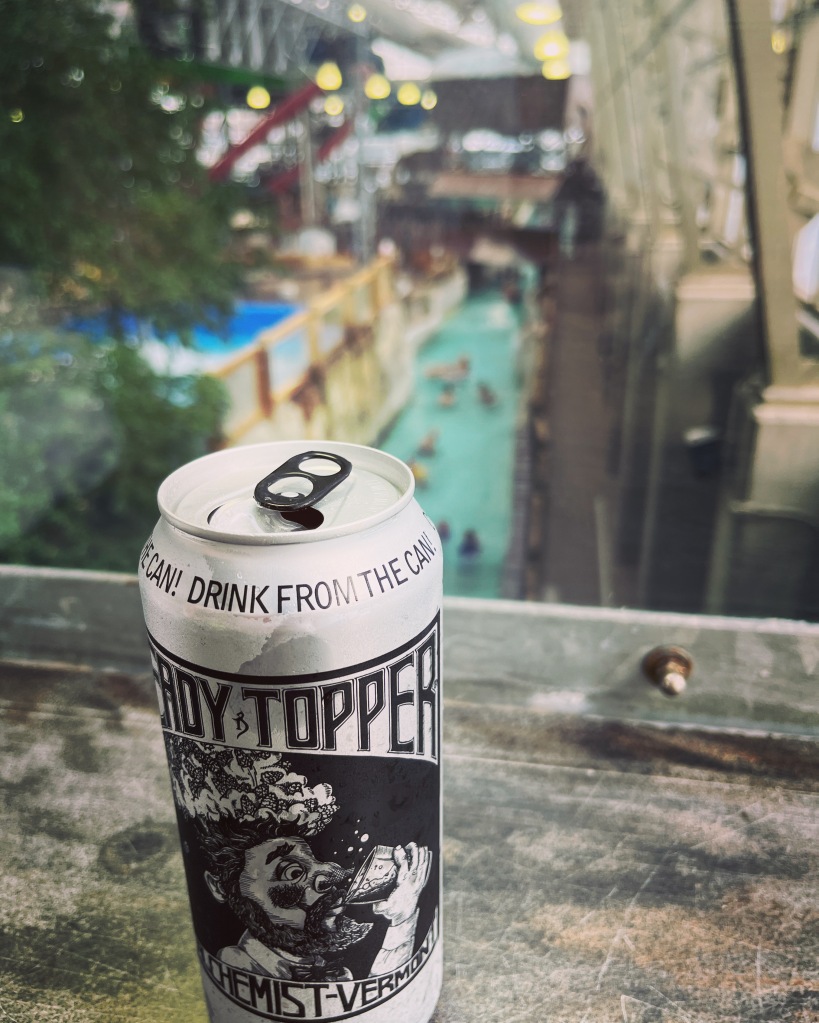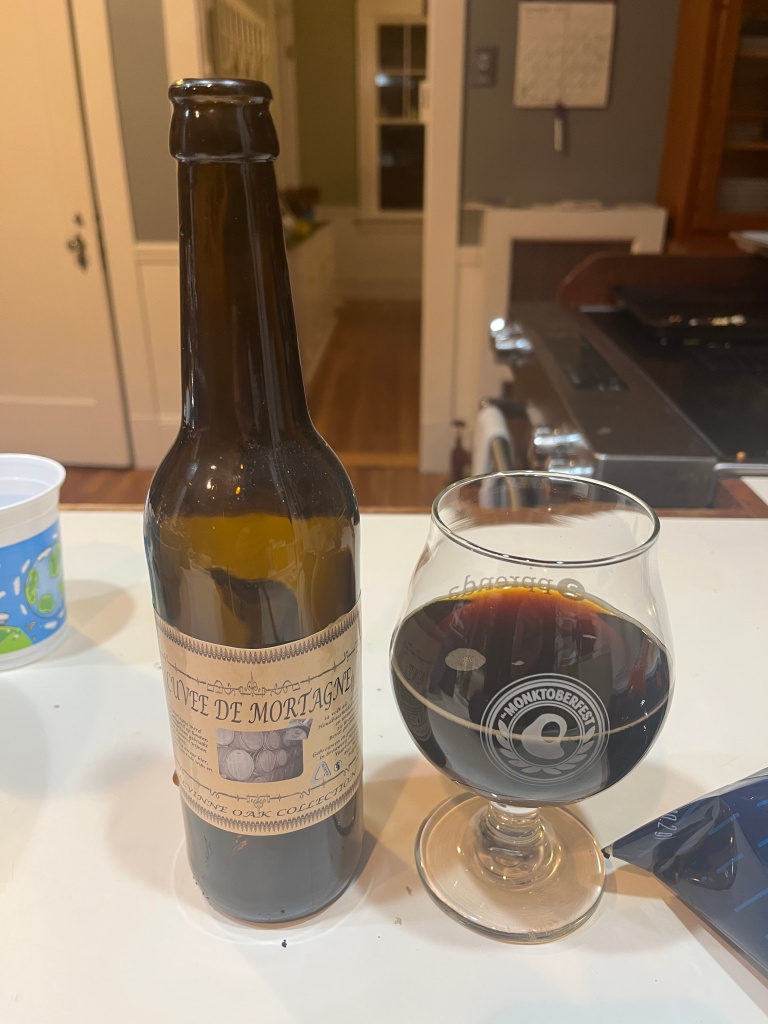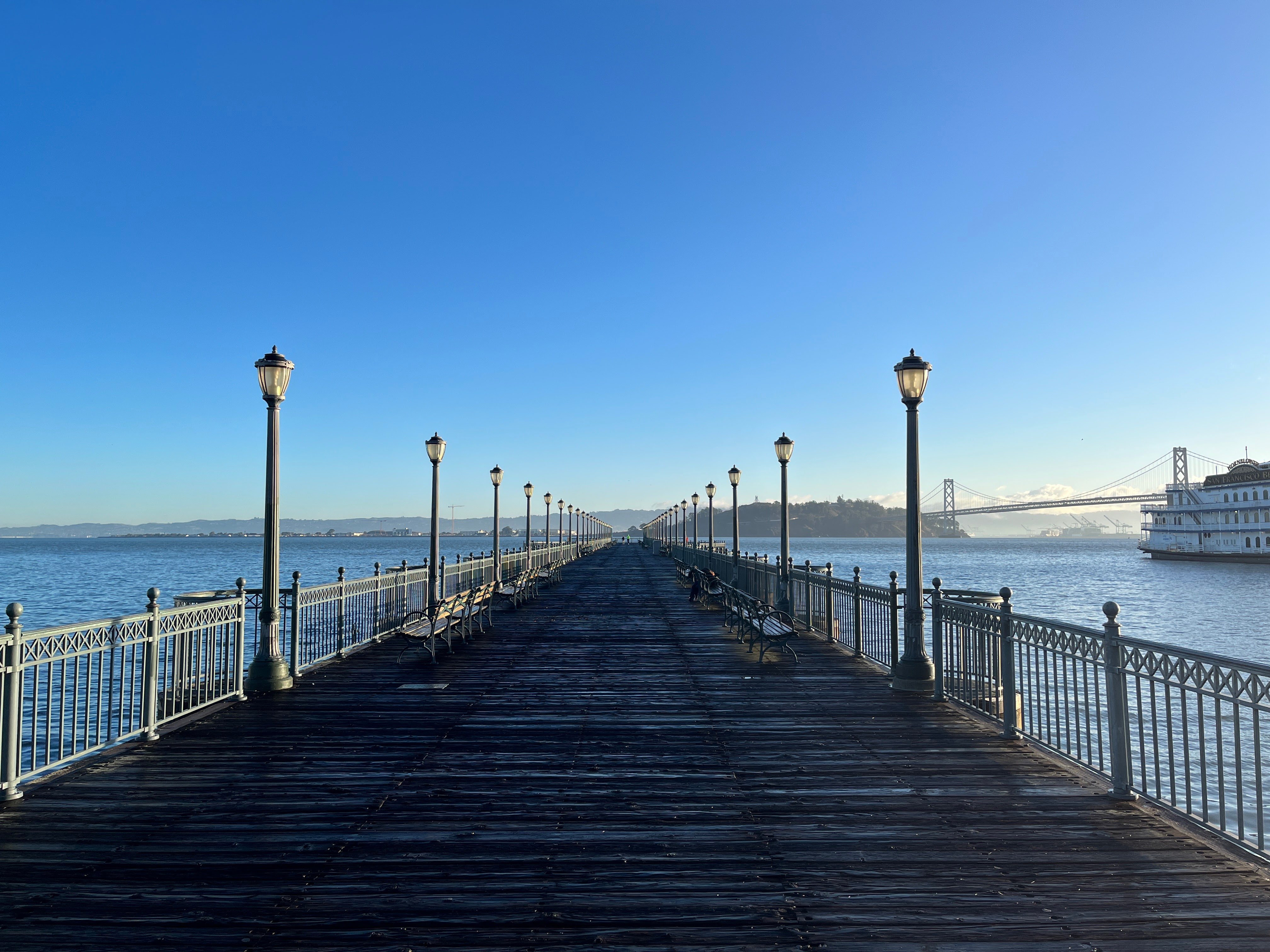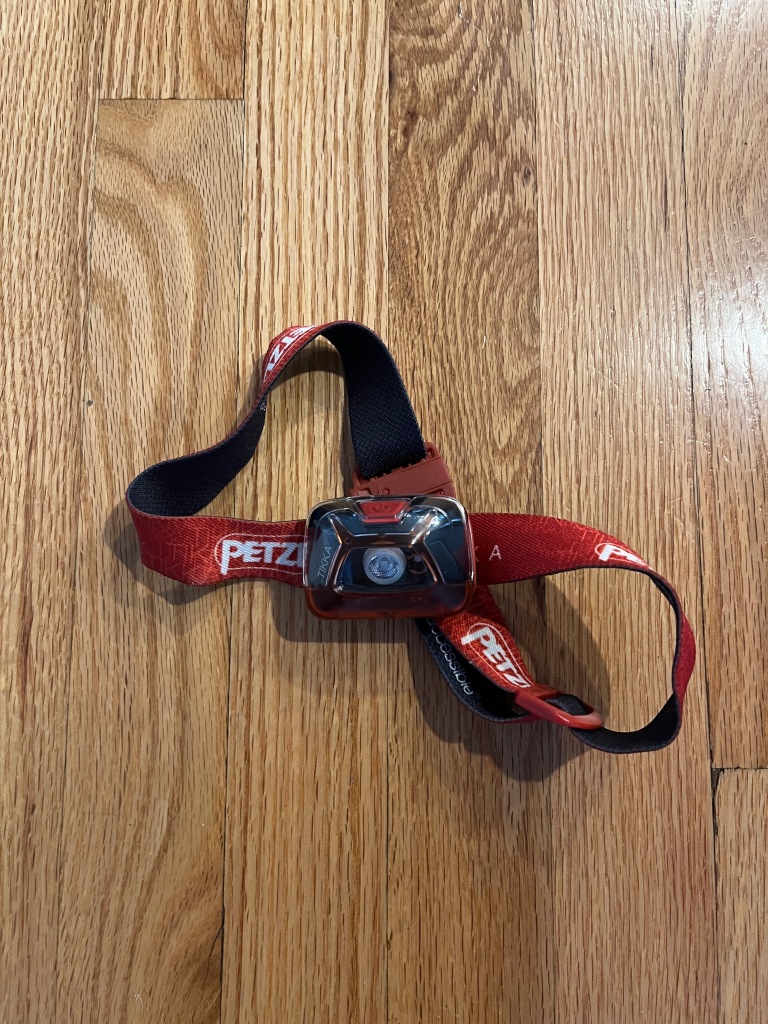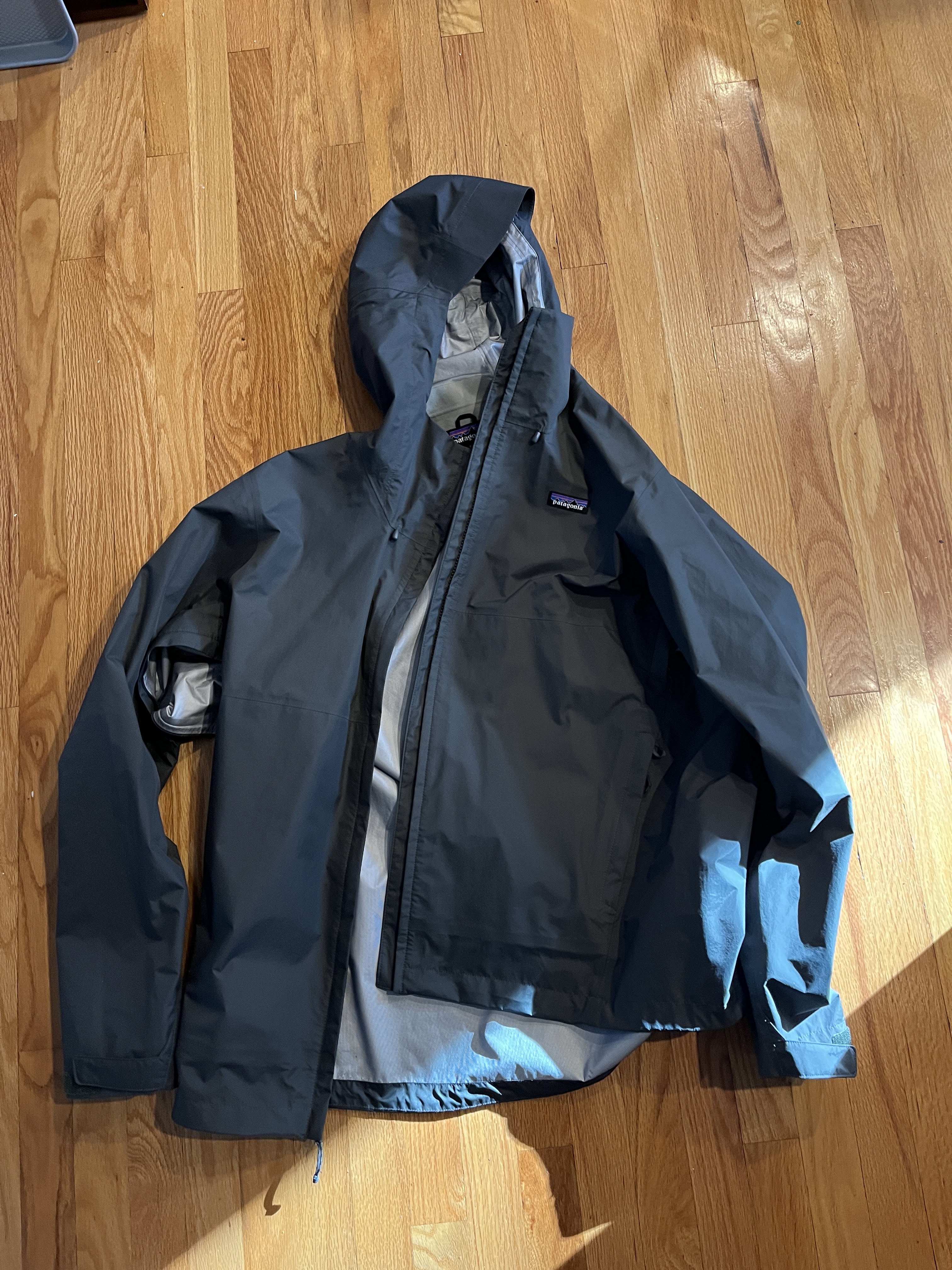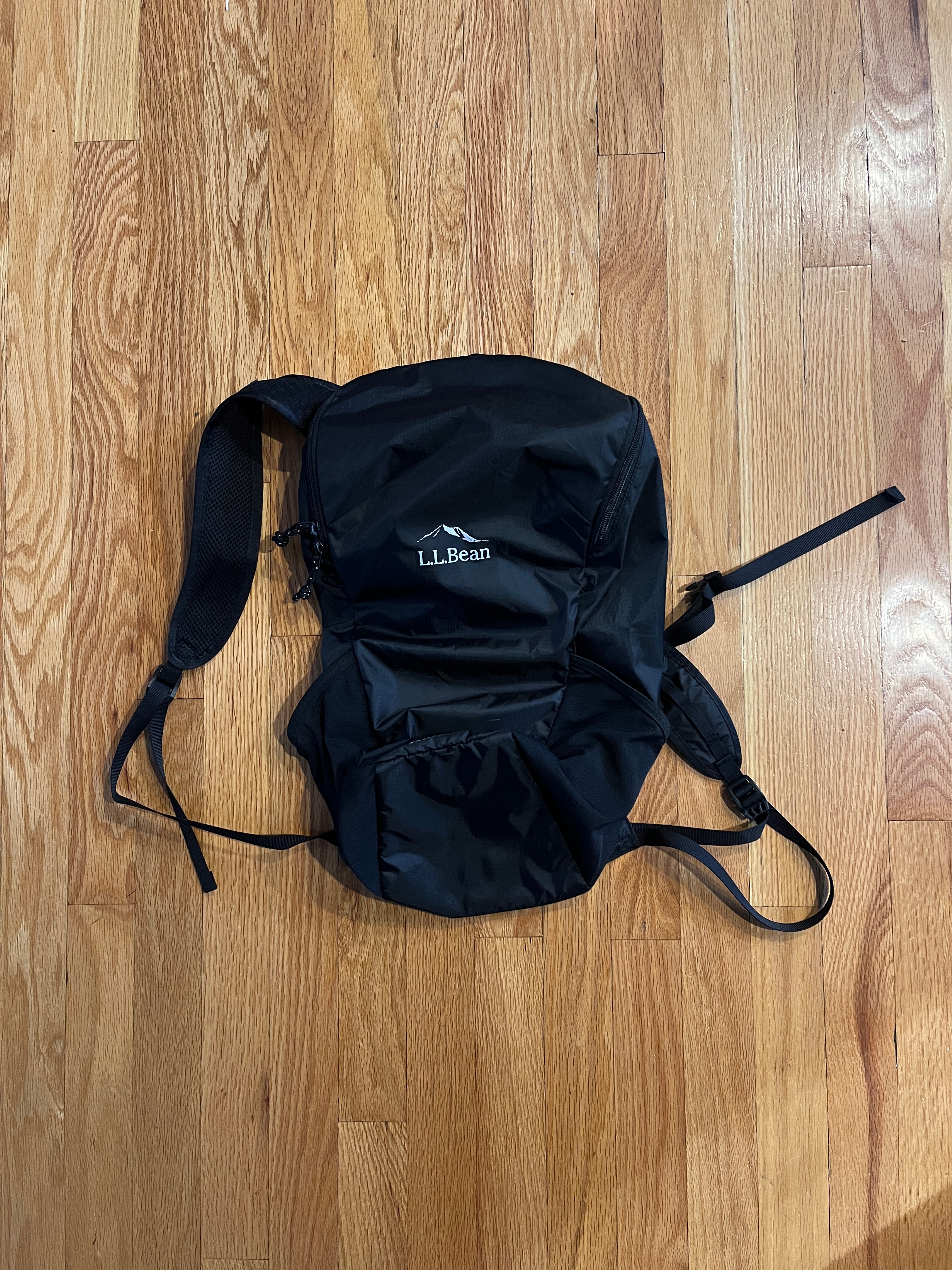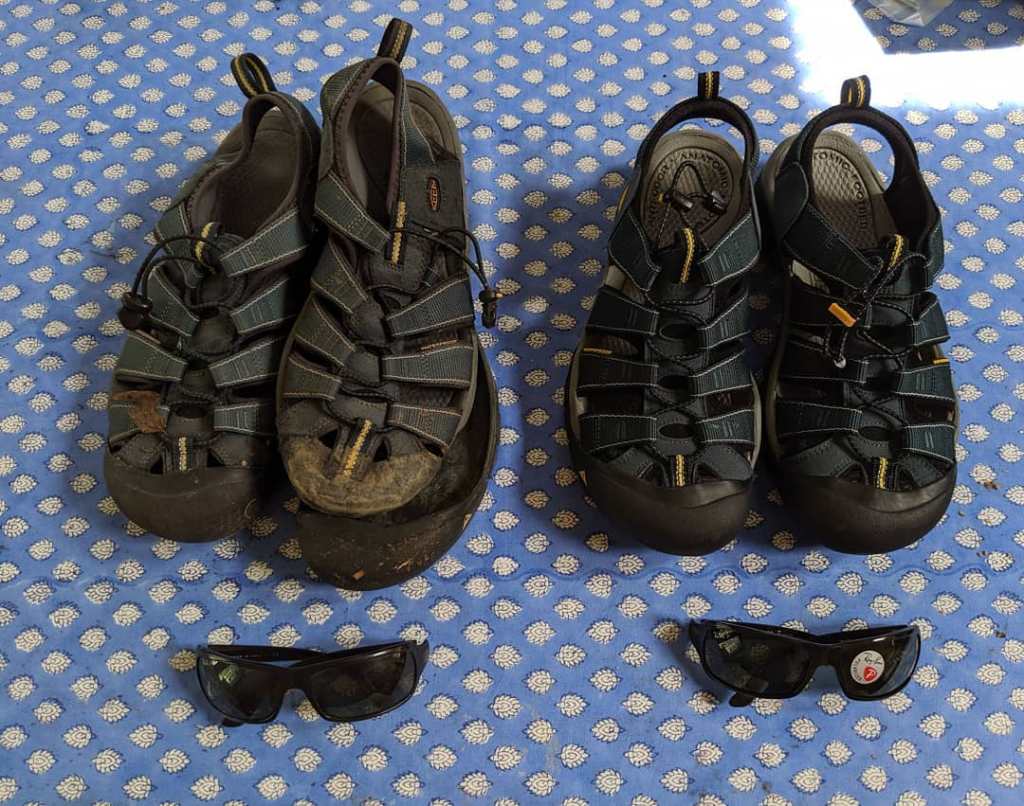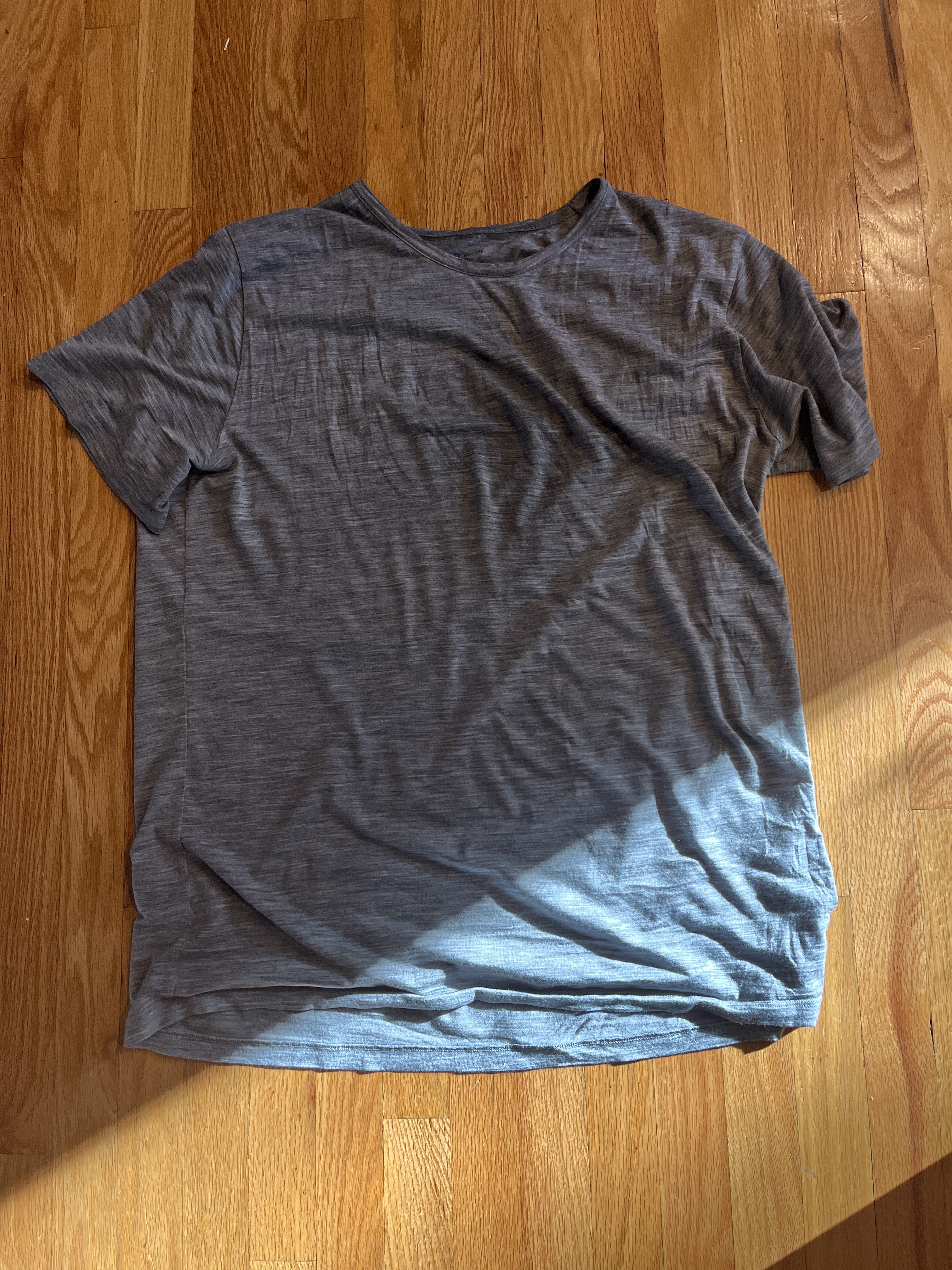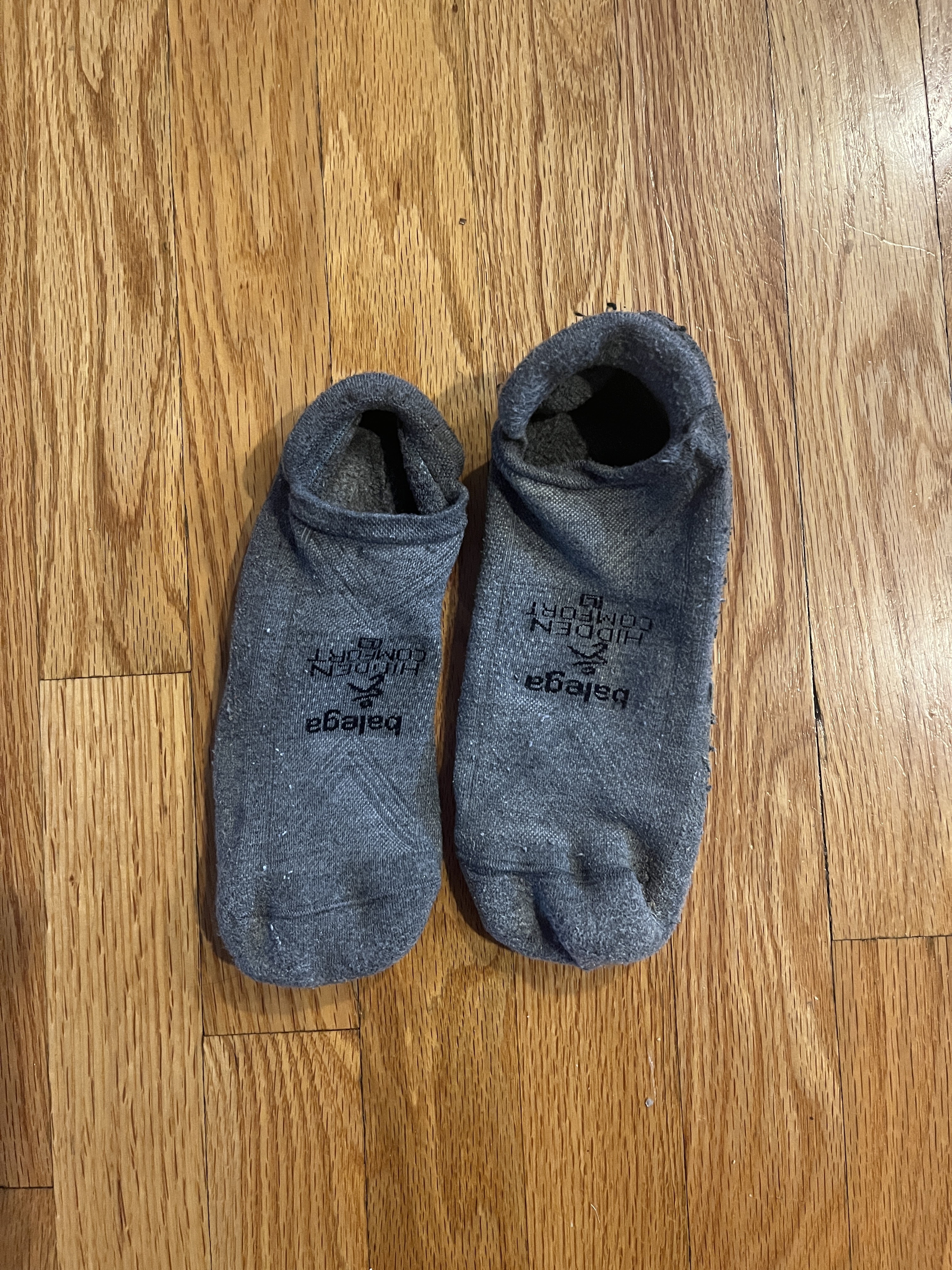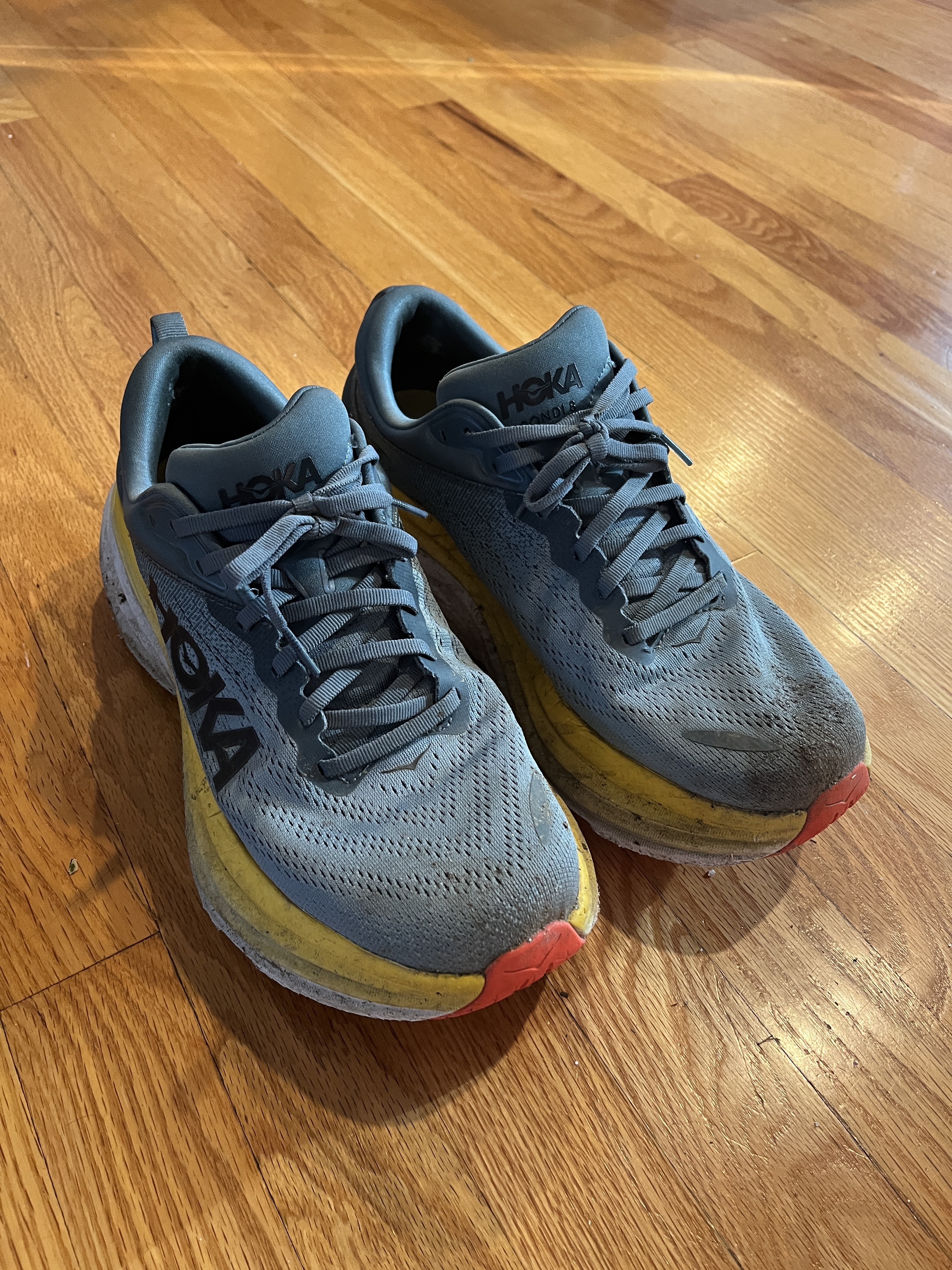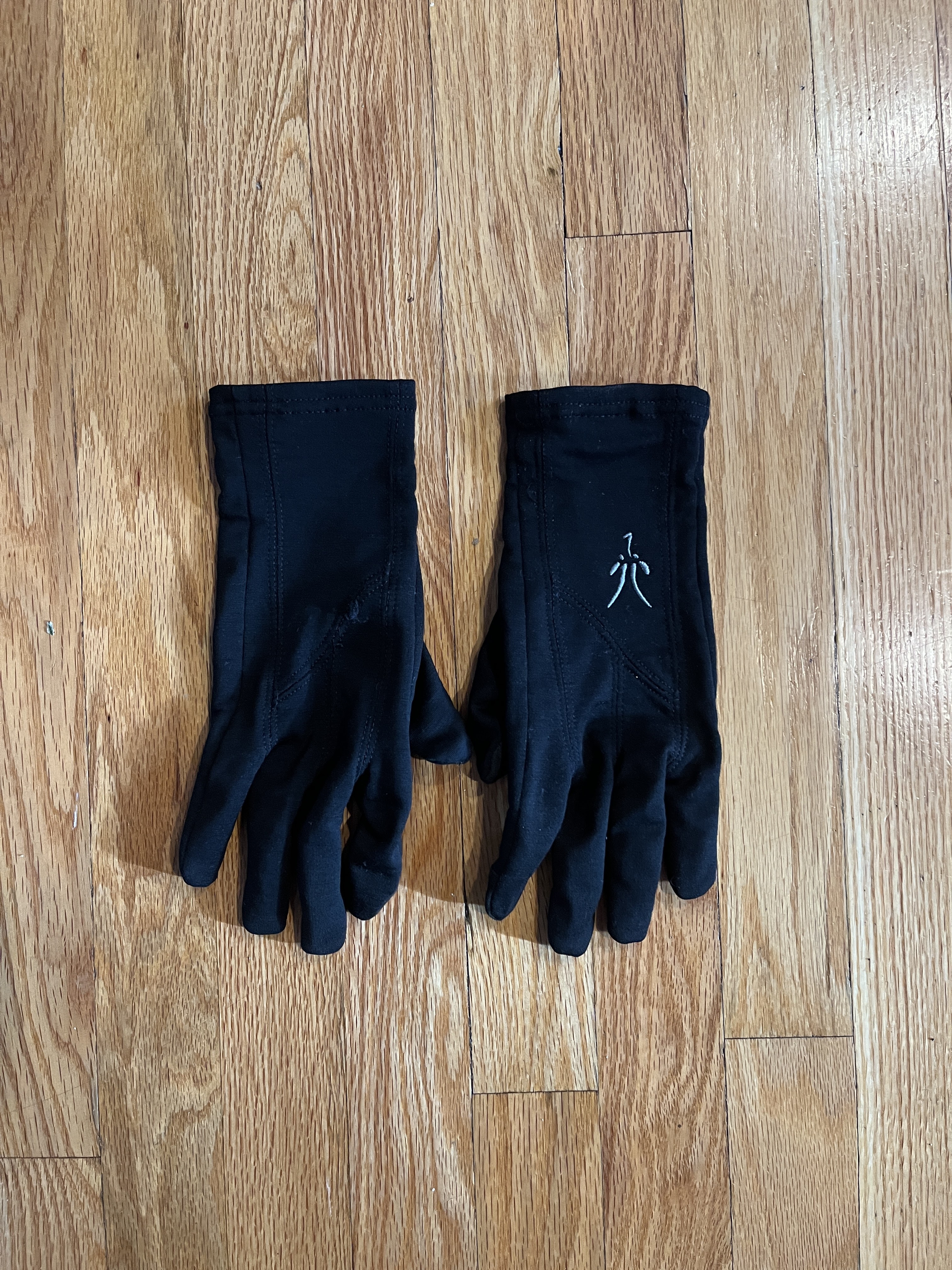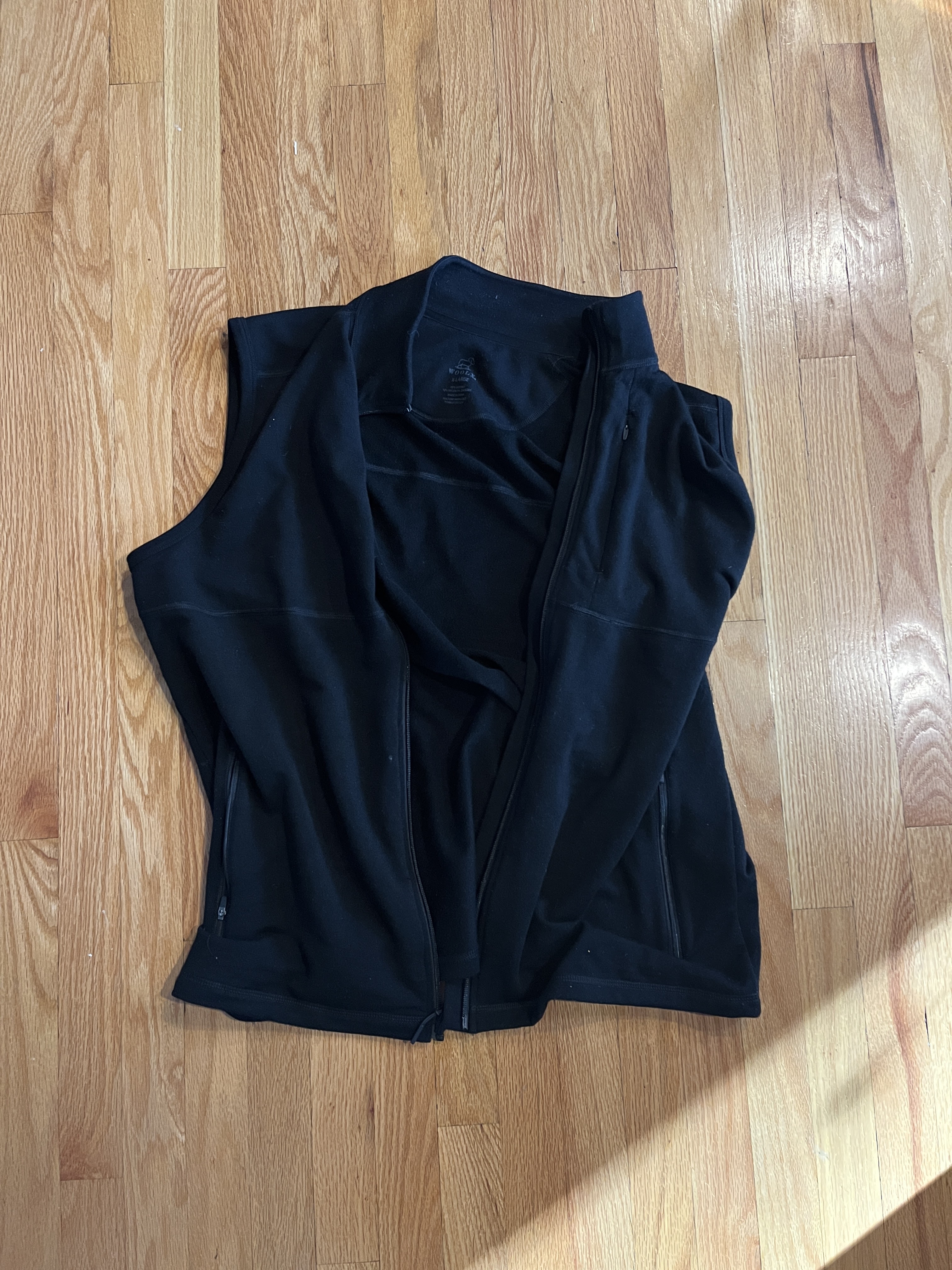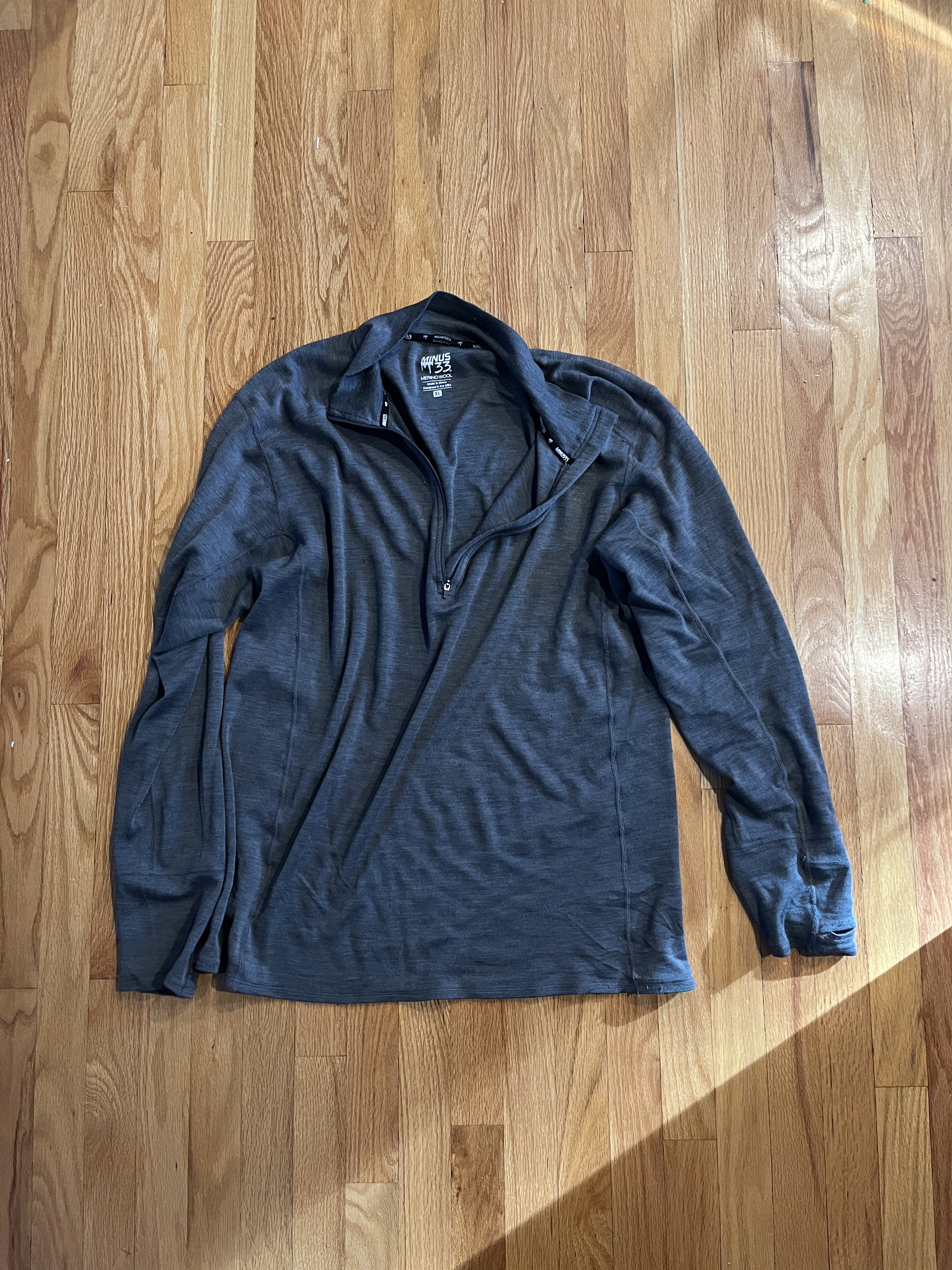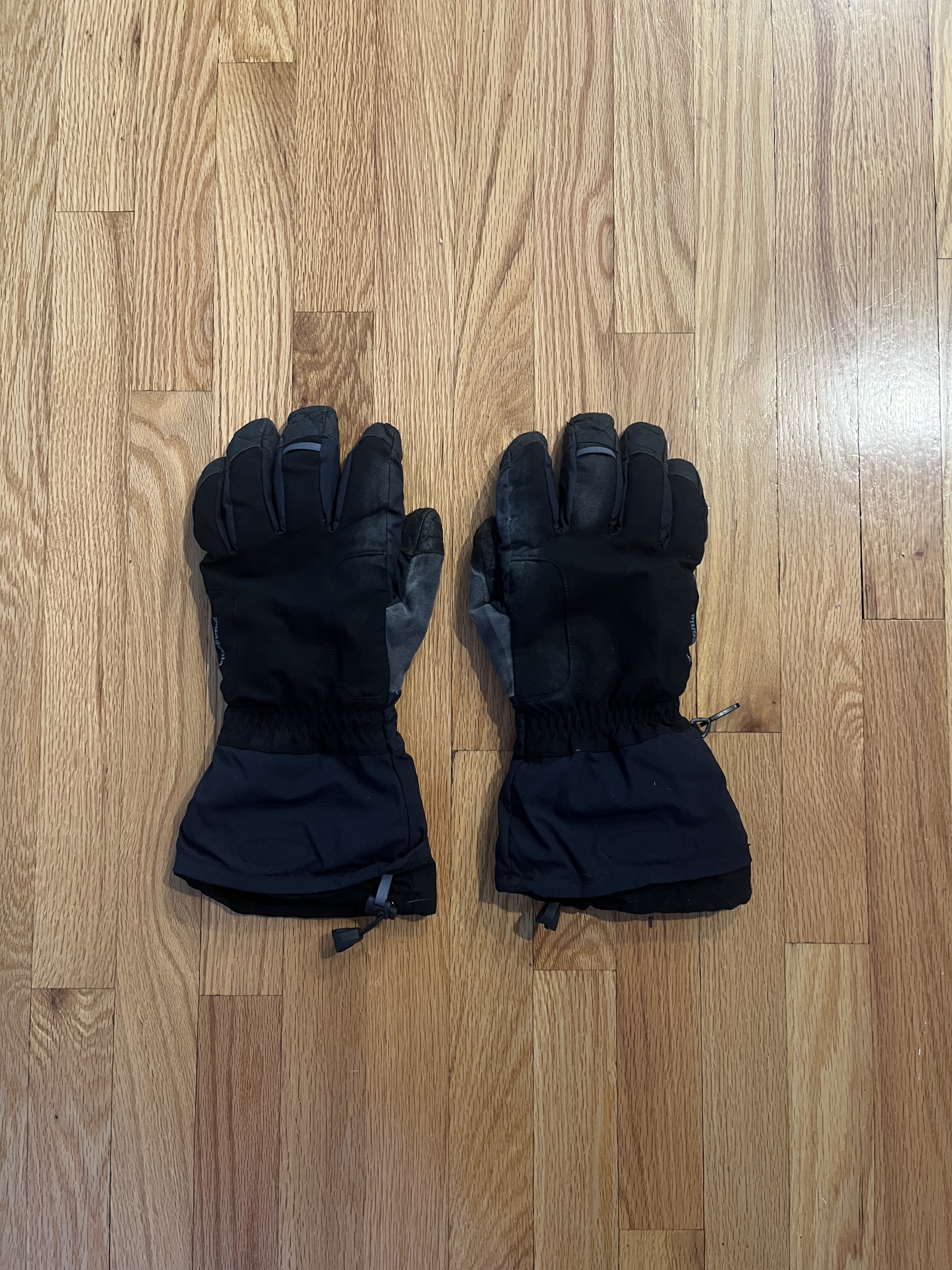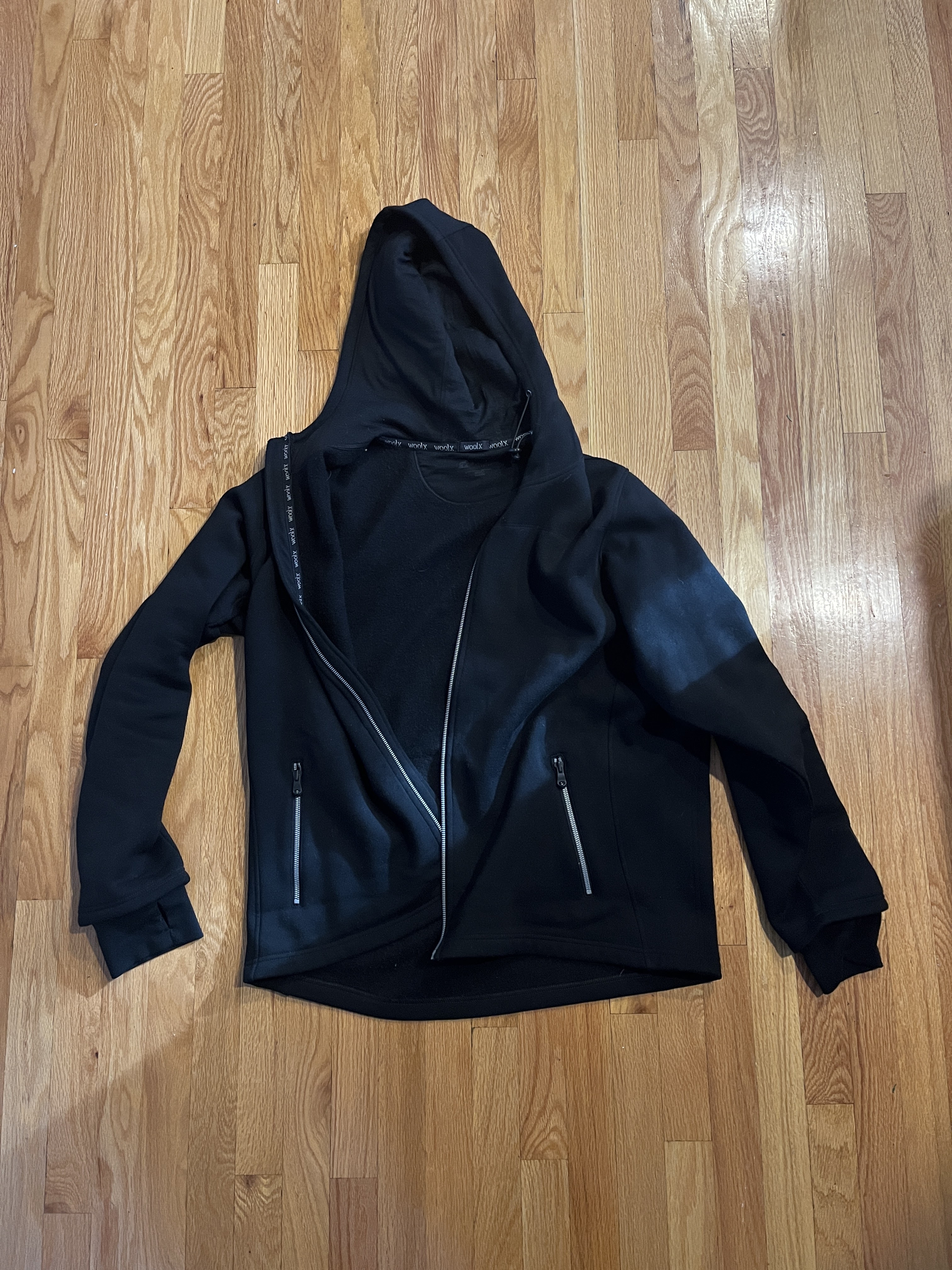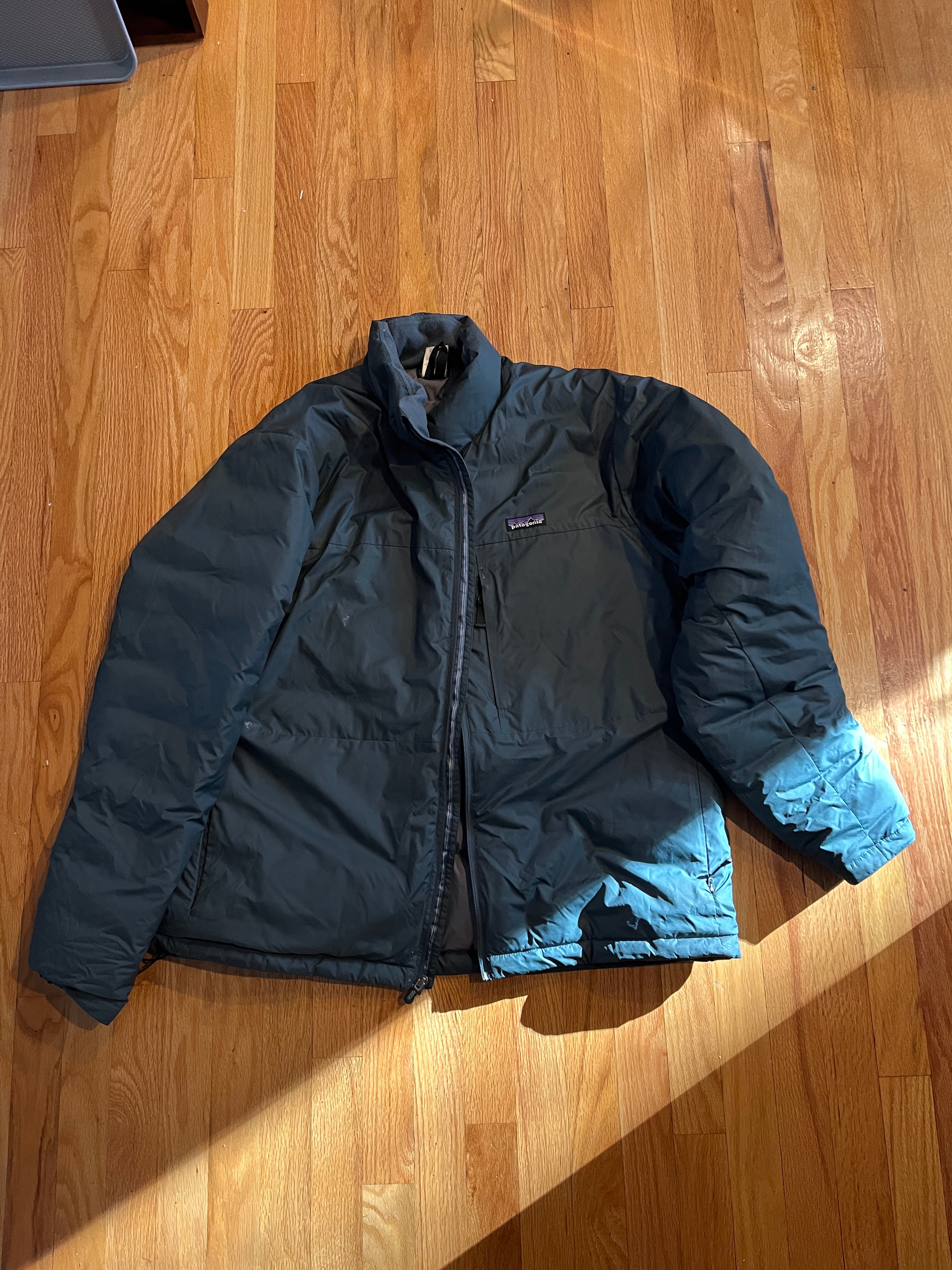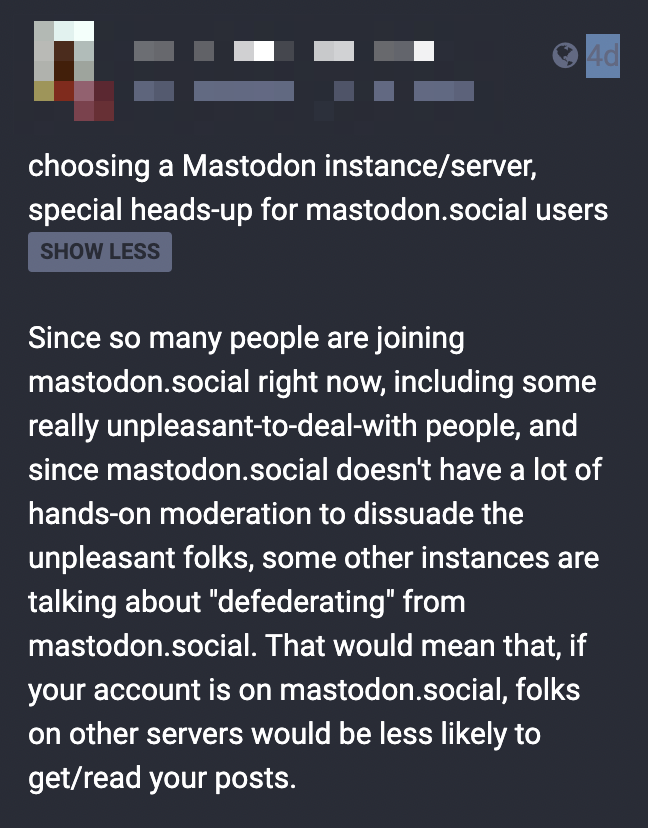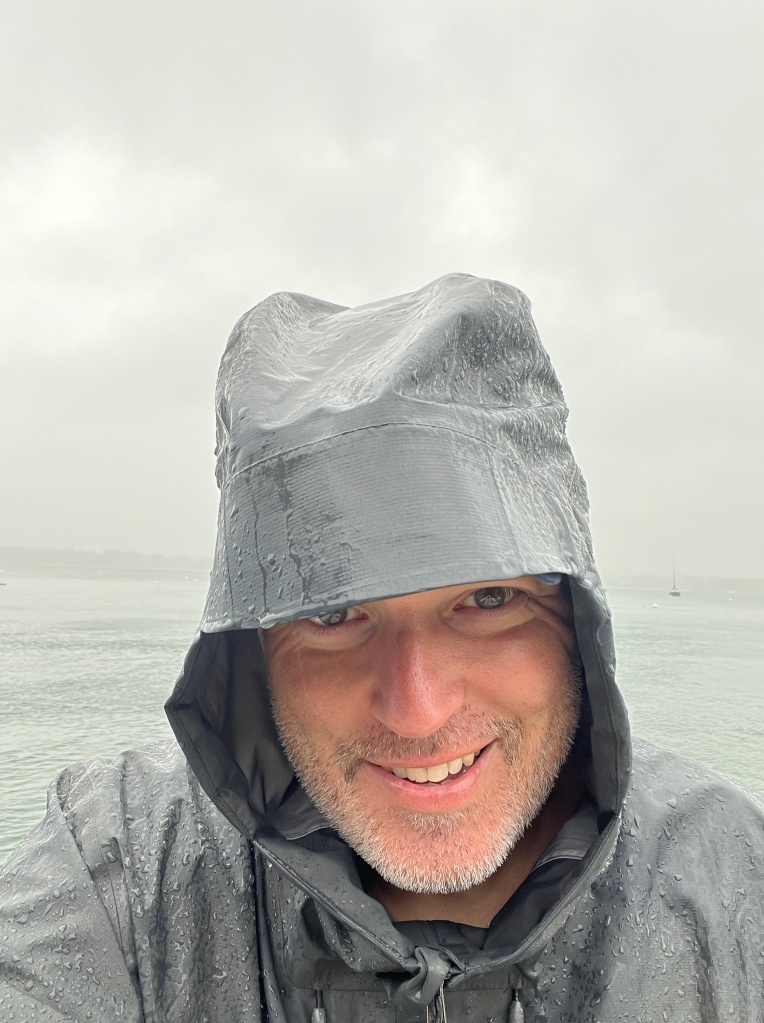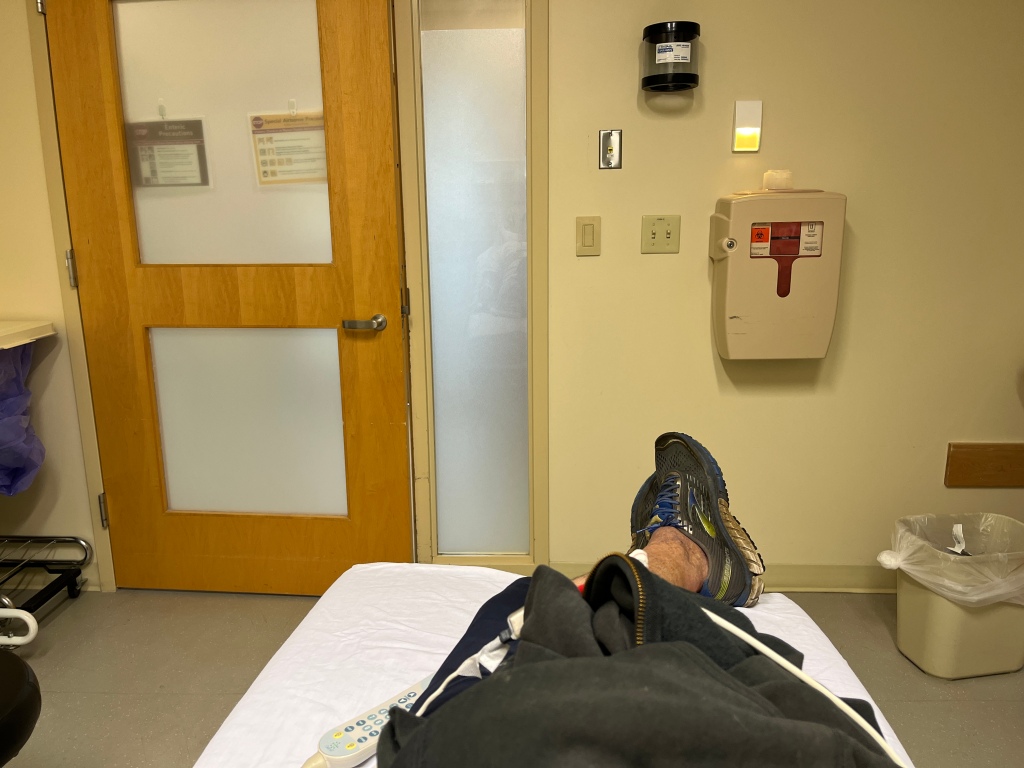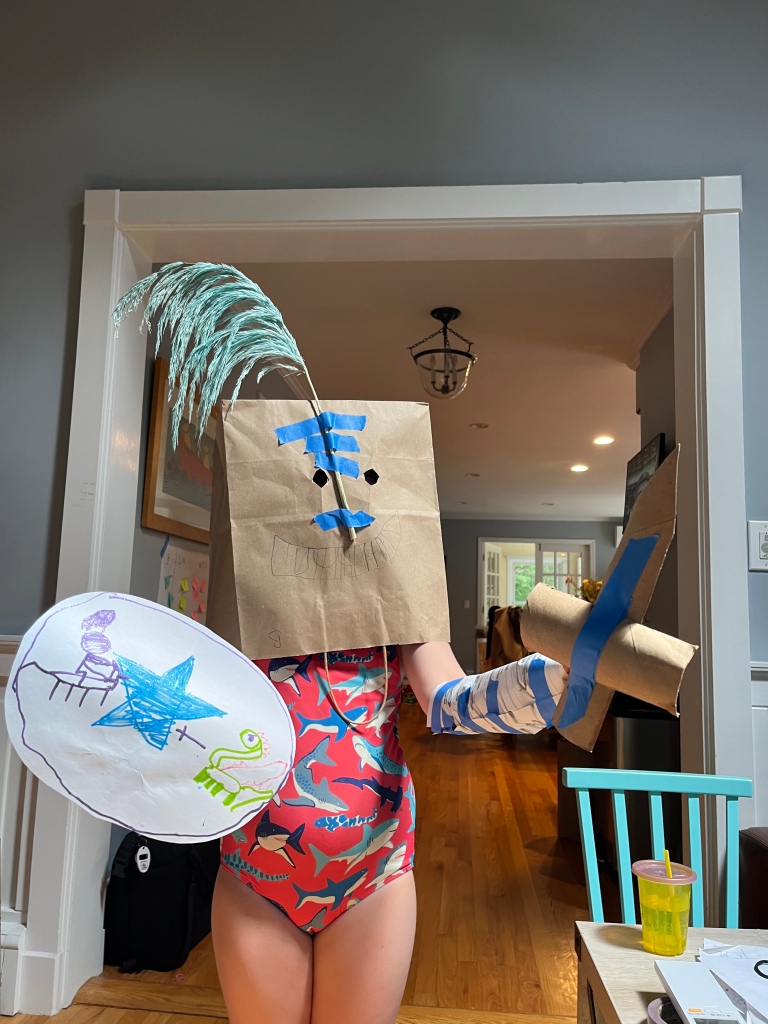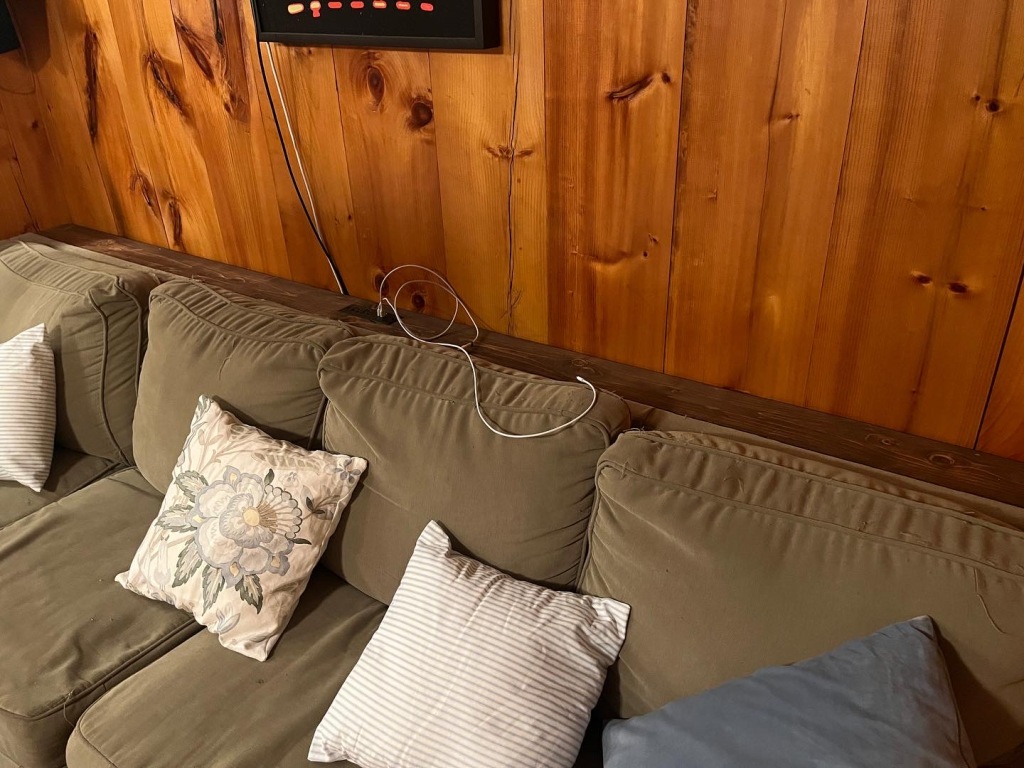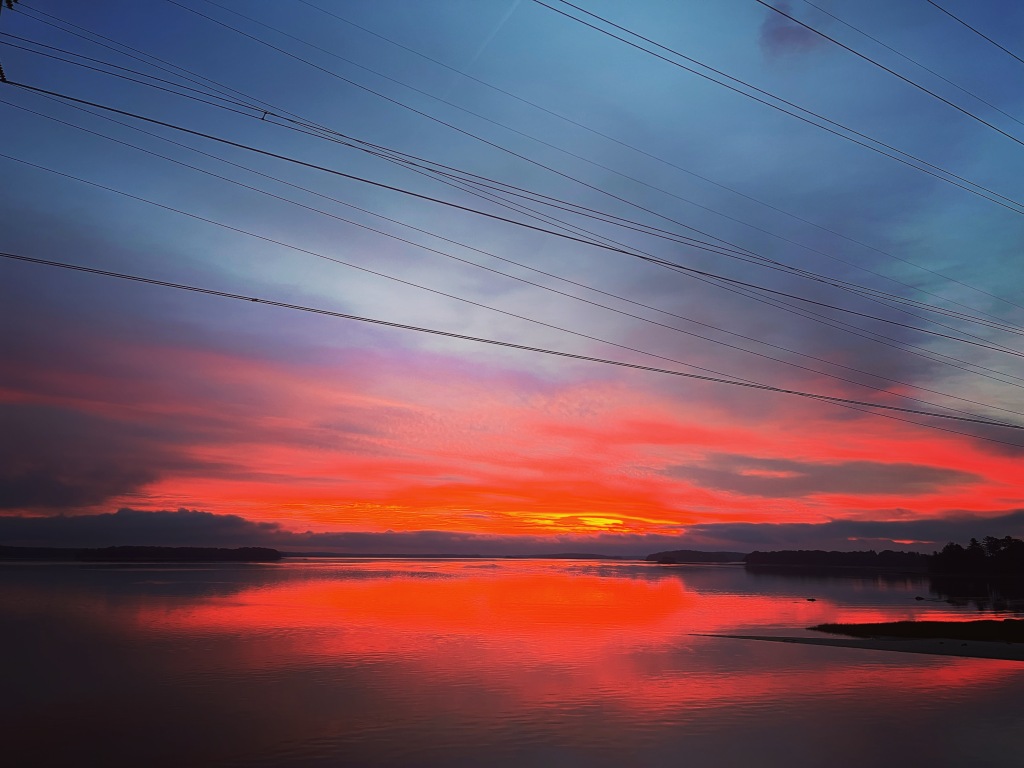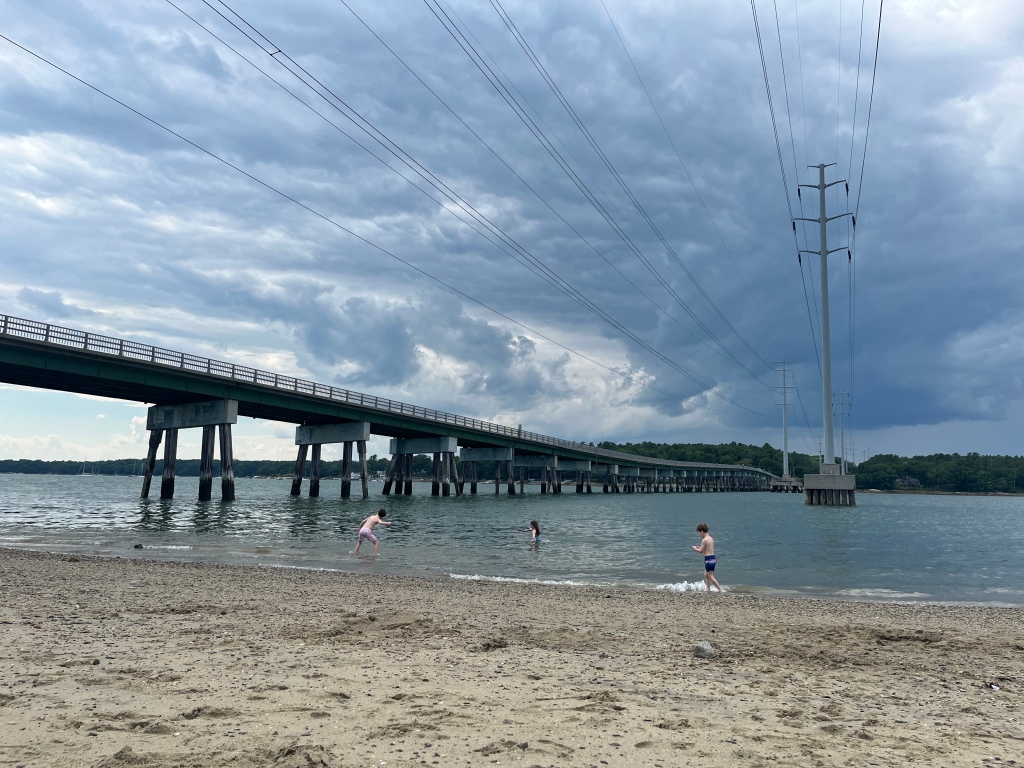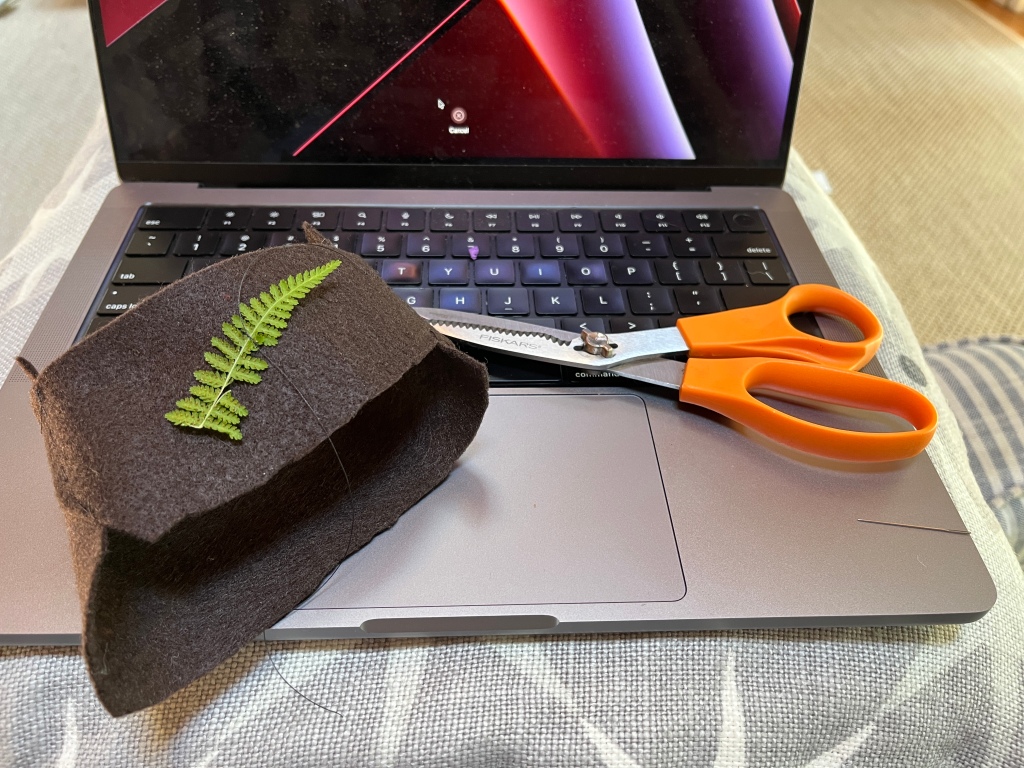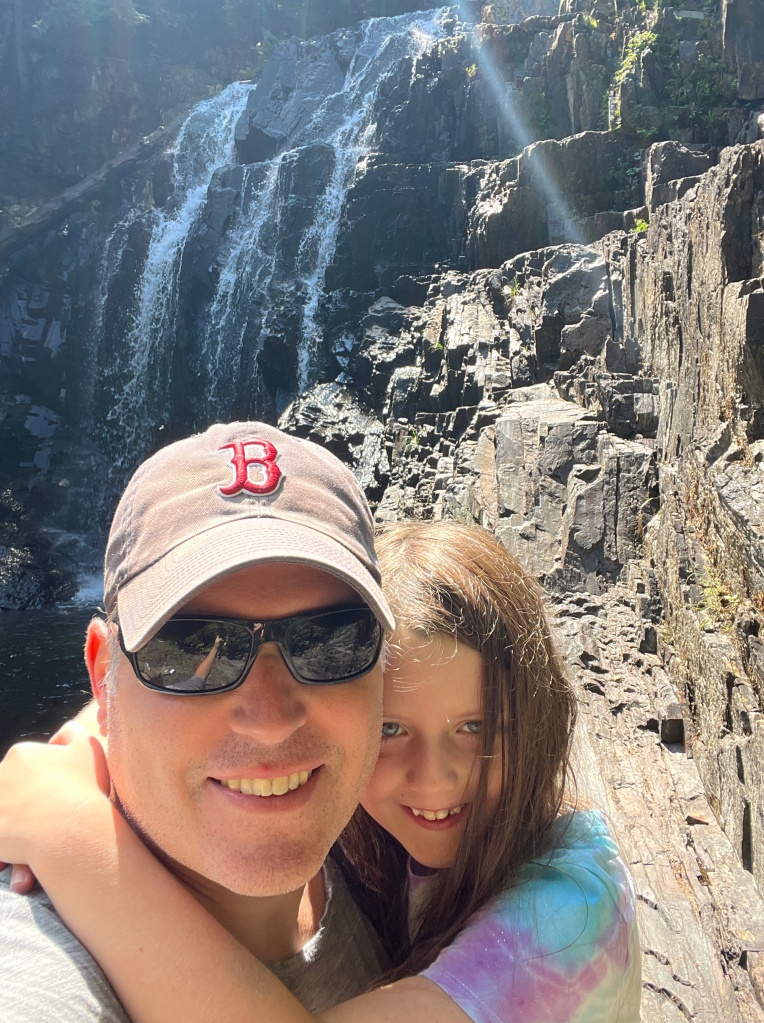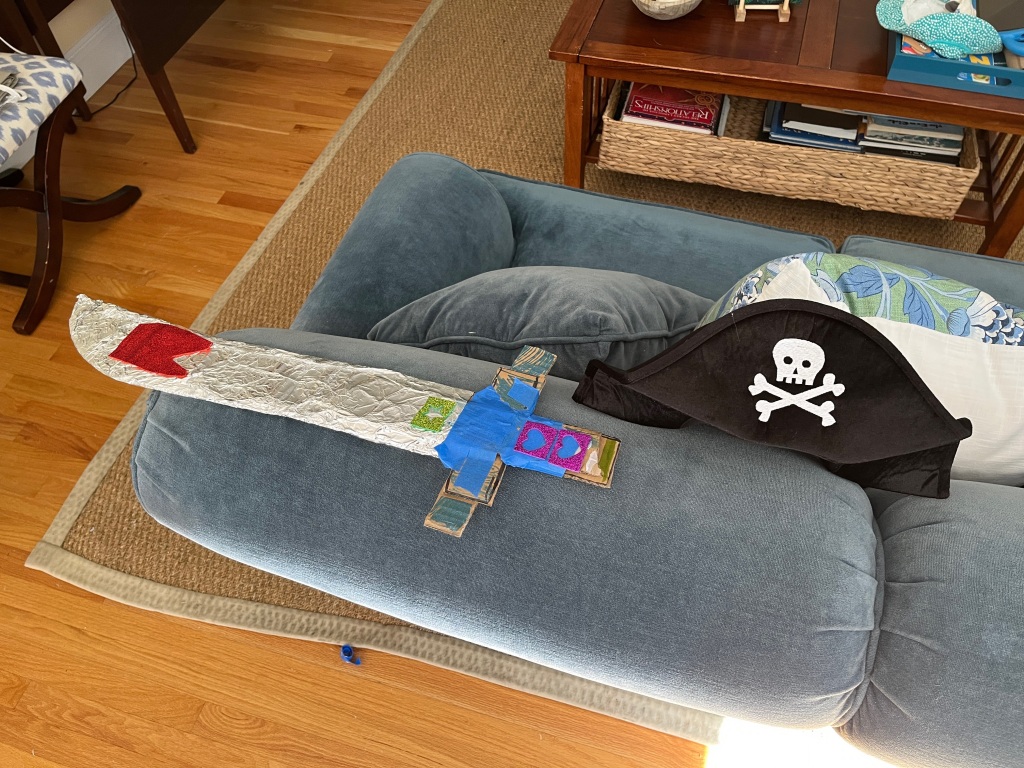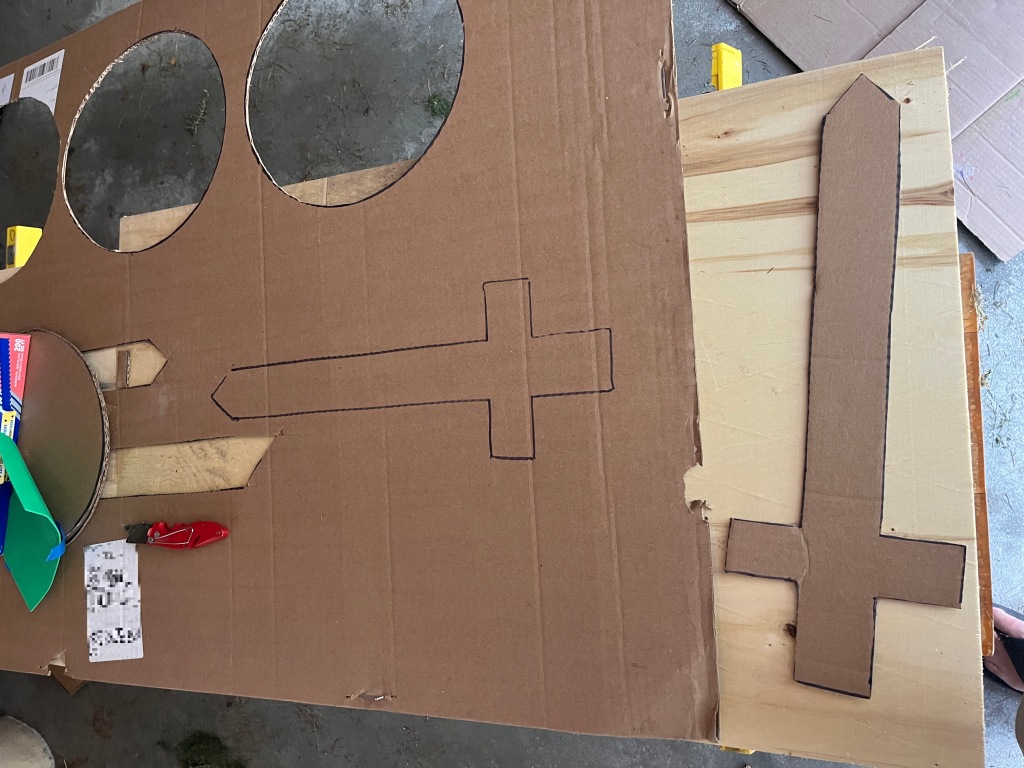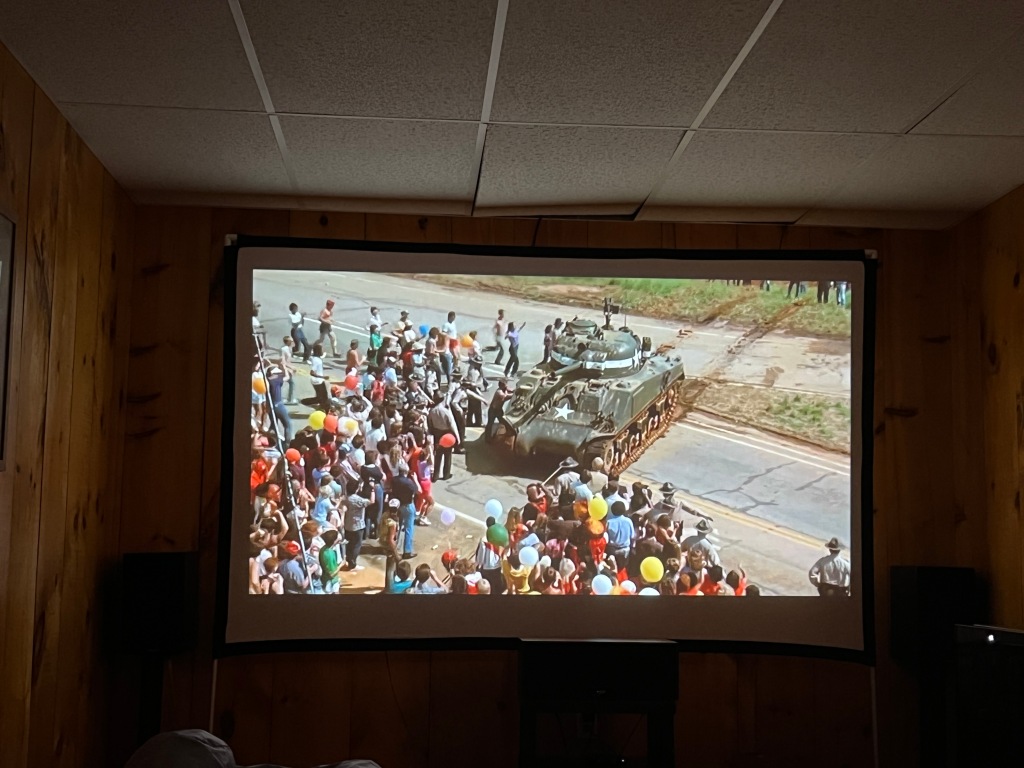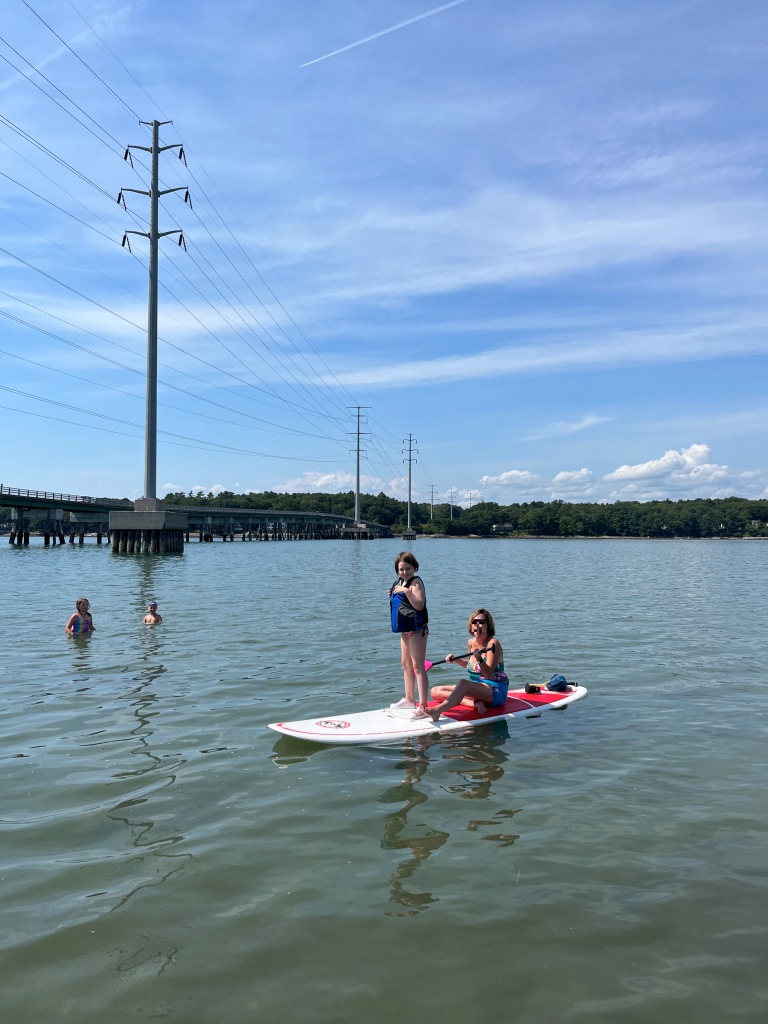If 2022 was a year of cautious re-emergence from lockdown for myself and my family, 2023 was an acceleration of that trend. One that came with benefits, but also a personal cost for myself as I’ll get to. It was indisputably a cost worth paying, however. Life was not back to normal, to be clear. Much as there was a permanent demarcation between what travel was like pre and post 9/11, so too is travel in the wake of COVID a fundamentally different activity. There’s a lot more overhead to travel these days, the least of which is masking. But if 2023 was a reminder of anything it was that physical, face to face connections are priceless, and therefore worth that overhead.
Every year involves a certain amount of sickness, loss and tragedy both on the personal and global scale. This year was no exception in that regard, but that was balanced by an appreciation for what I have, both for the time spent with the people close to me and for an opportunity to reconnect with friends I had not seen, in some cases, for decades.
It was a complicated year, then, but a good year. As always then, these are the moments – significant at times but mostly not – that characterized my year personally. Before we get to the pictures, however, a quick check-in on travel and health.
Travel
For better or for worse, my travel in 2023 was a mild escalation from the year prior. While thankfully falling far short of my hundreds of thousands miles a year peak, my 2023 travel schedule ticked up from twenty thousand miles to around twenty five. A couple of extra trips in the fall and spring travel seasons, no more, but the trajectory’s slope was up. That bears watching for 2024, because while my current travel load is sustainable, it’s important to me that it not escalate to anything like my pre-pandemic slate.
Health
Overall, my health and fitness in 2023 was steady. I lost some more weight in the first half of the year, added a bit of it back in the second half and didn’t end up exactly where I wanted to be but I’ve been able to more or less hold the line.
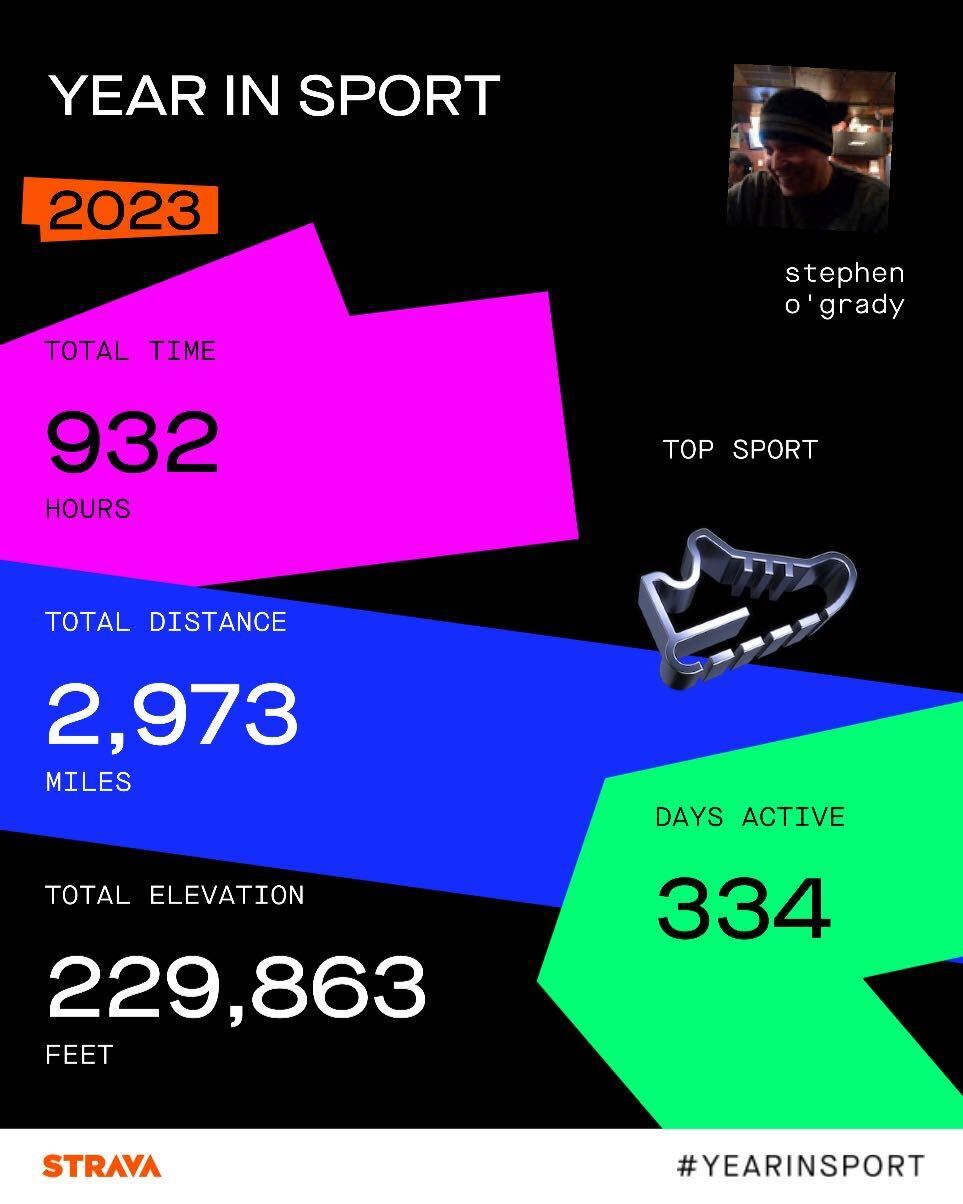

That was possible in large part thanks to my continued love of walking. I was active 334 out of 365 days, and I just missed hitting 3000 miles walked this year at 2,973, a number which was almost 500 miles ahead of my 2022 total. My BFF and I have a joint 3K goal this year, so fingers crossed time, availability, weather and health permit us to hit that goal.
With all of that said, on to the pictures.
January 1
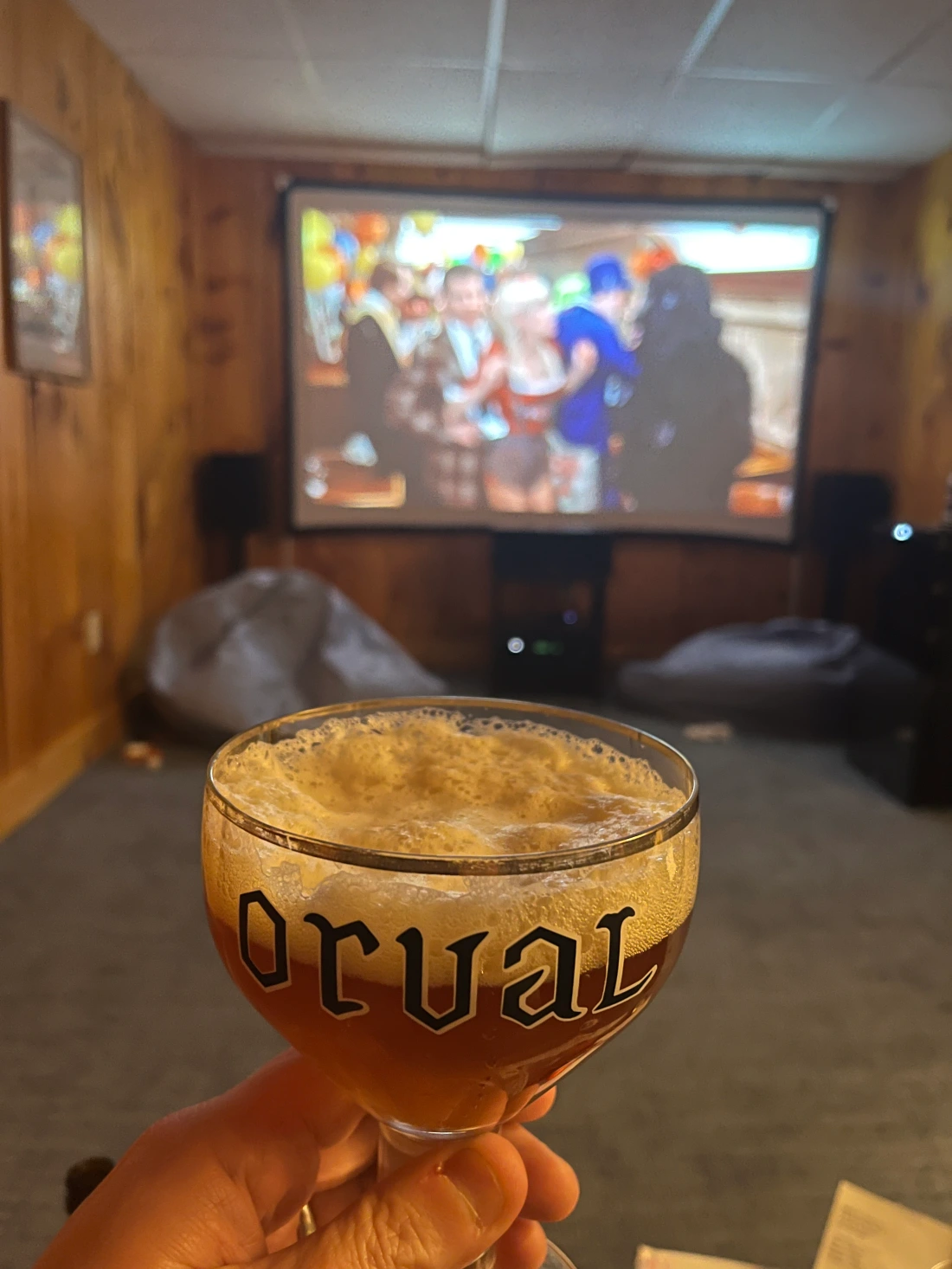
As is my custom, rang in the New Year watching Trading Places and drinking the world’s best beer.
January 2
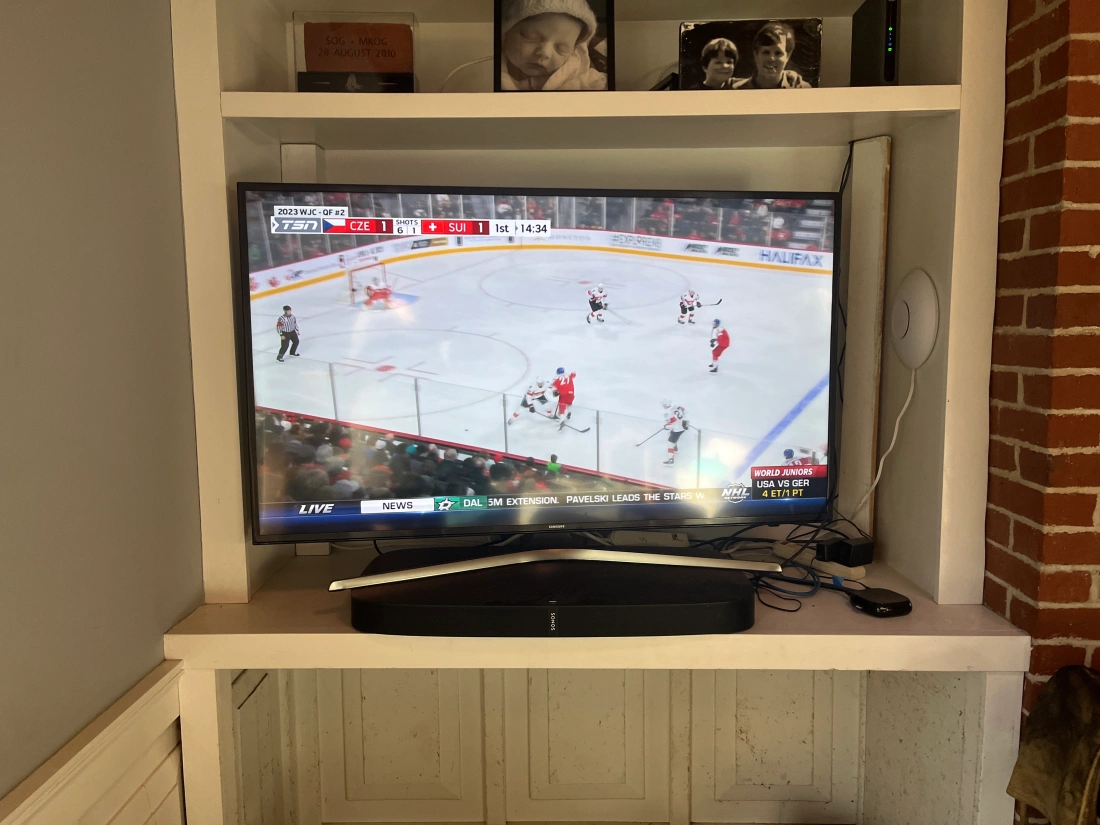
As literally no one could have predicted, Kate got absolutely hooked on the World Junior Hockey Championships while watching it with her family, so we watched a lot of that.
January 9
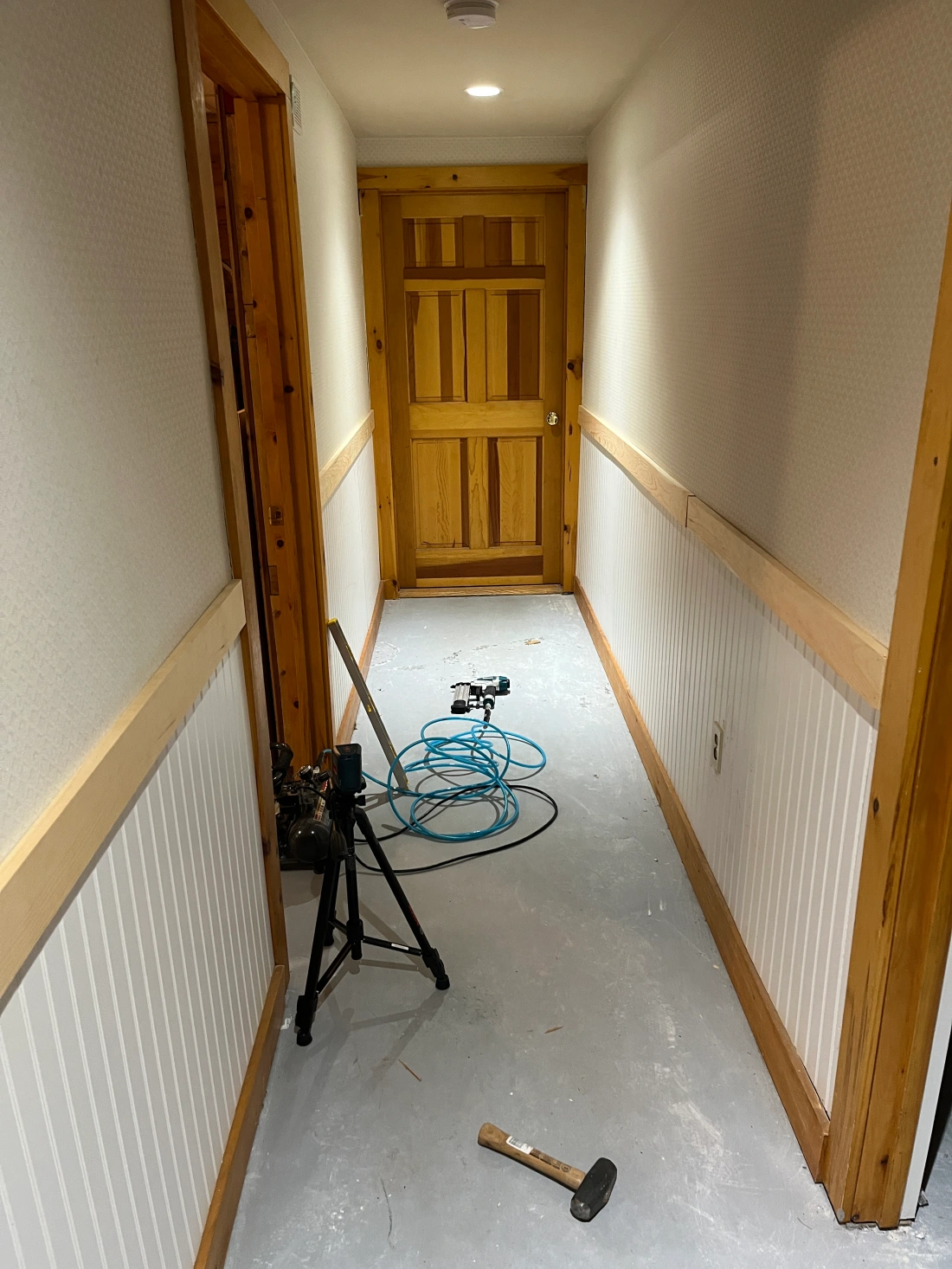
A year later, I finally finished rebuilding our basement after it flooded.
January 18
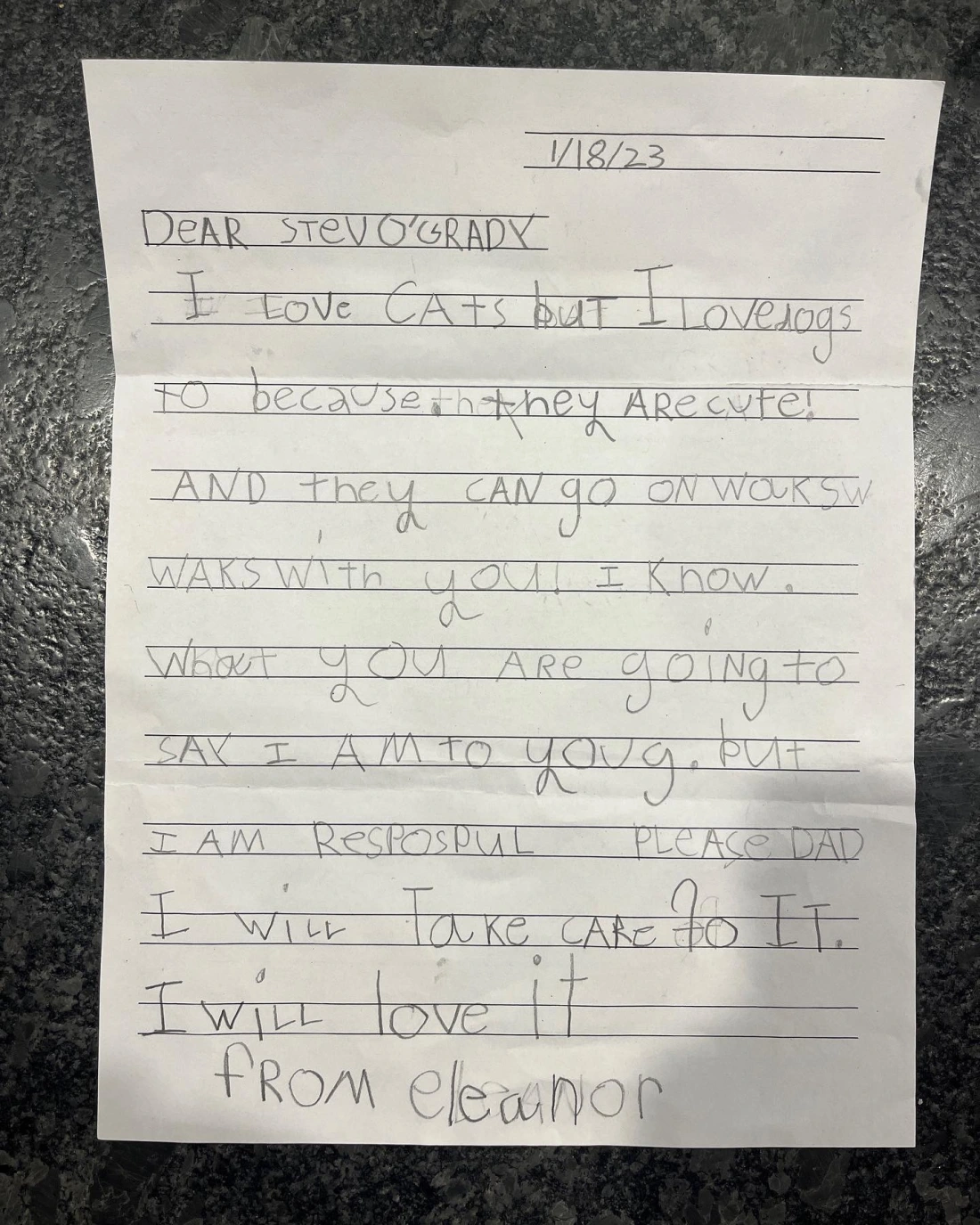
With a “write a persuasive letter” assignment at school, the great dog campaign of 2023 was launched.
January 23
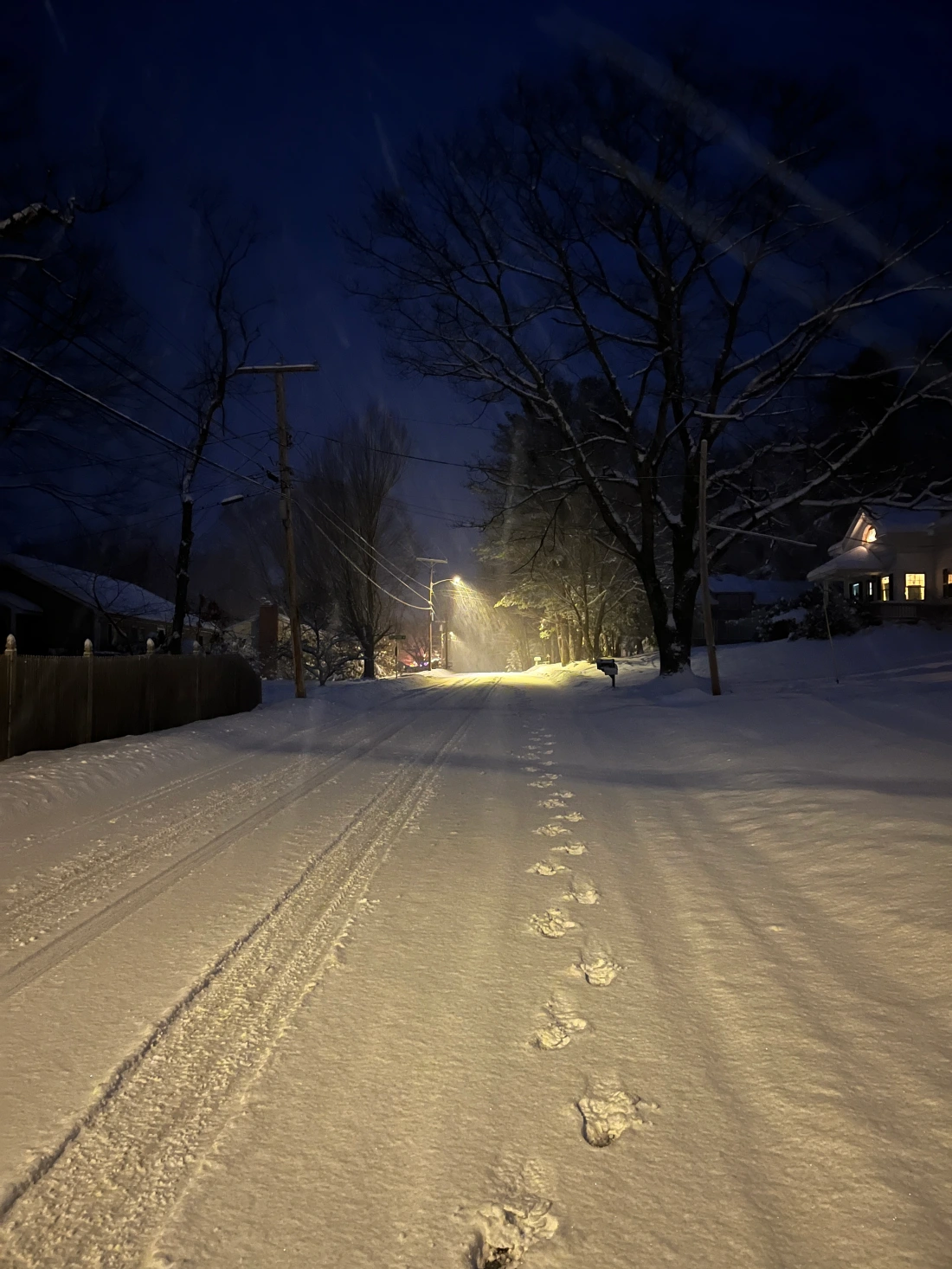
First big snowstorm of the year.
January 24
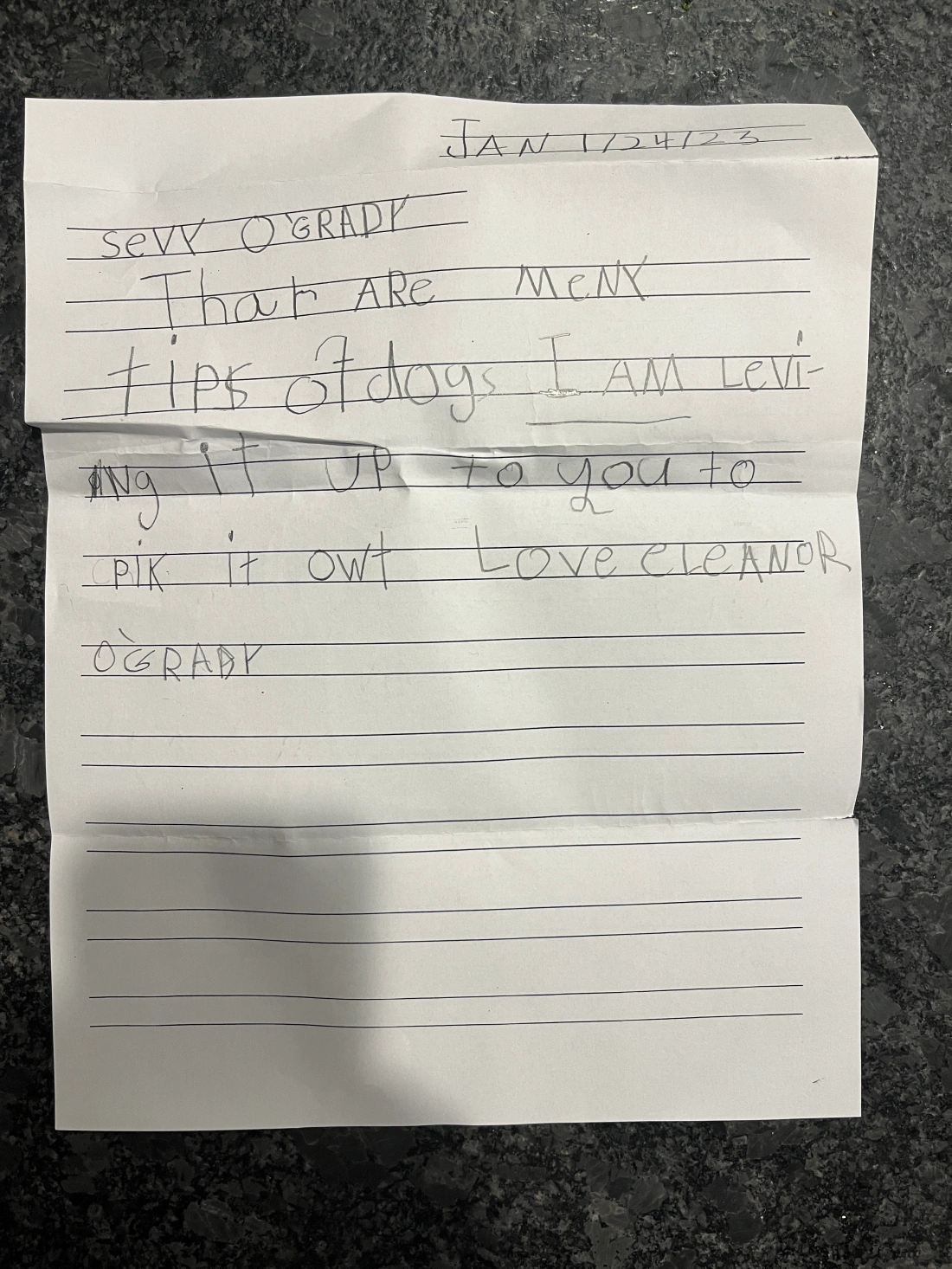
The dog campaign’s pressure kept ratcheting up.
January 29

First visit of the year to our friends up at Absolem Cidery.
February 4
It got cold. Very cold.
February 12
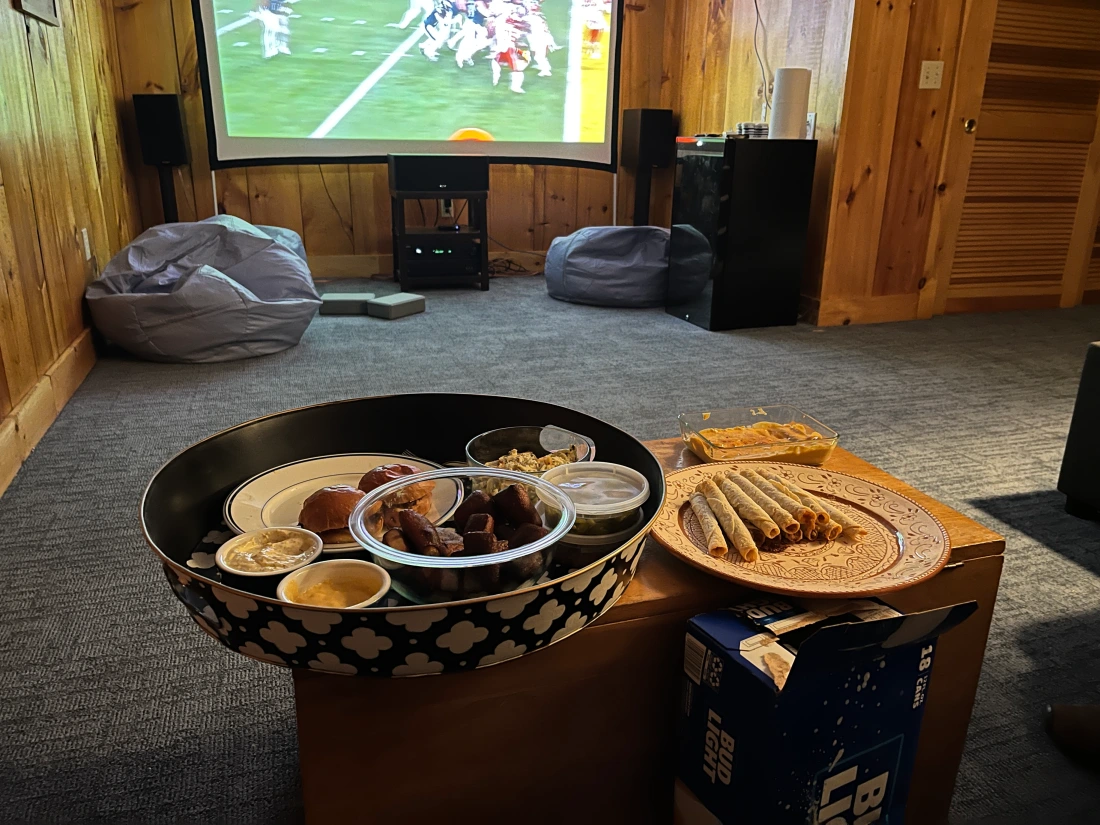
Ate terrible food and beer with friends for the Super Bowl, then had to walk 12 miles the next day. Suboptimal.
February 18

Borrowing an idea from my friend Lewis, we did a Dad’s “Best Day Ever,” in which we sat around in robes, drank beer and ate terrible food.
February 25
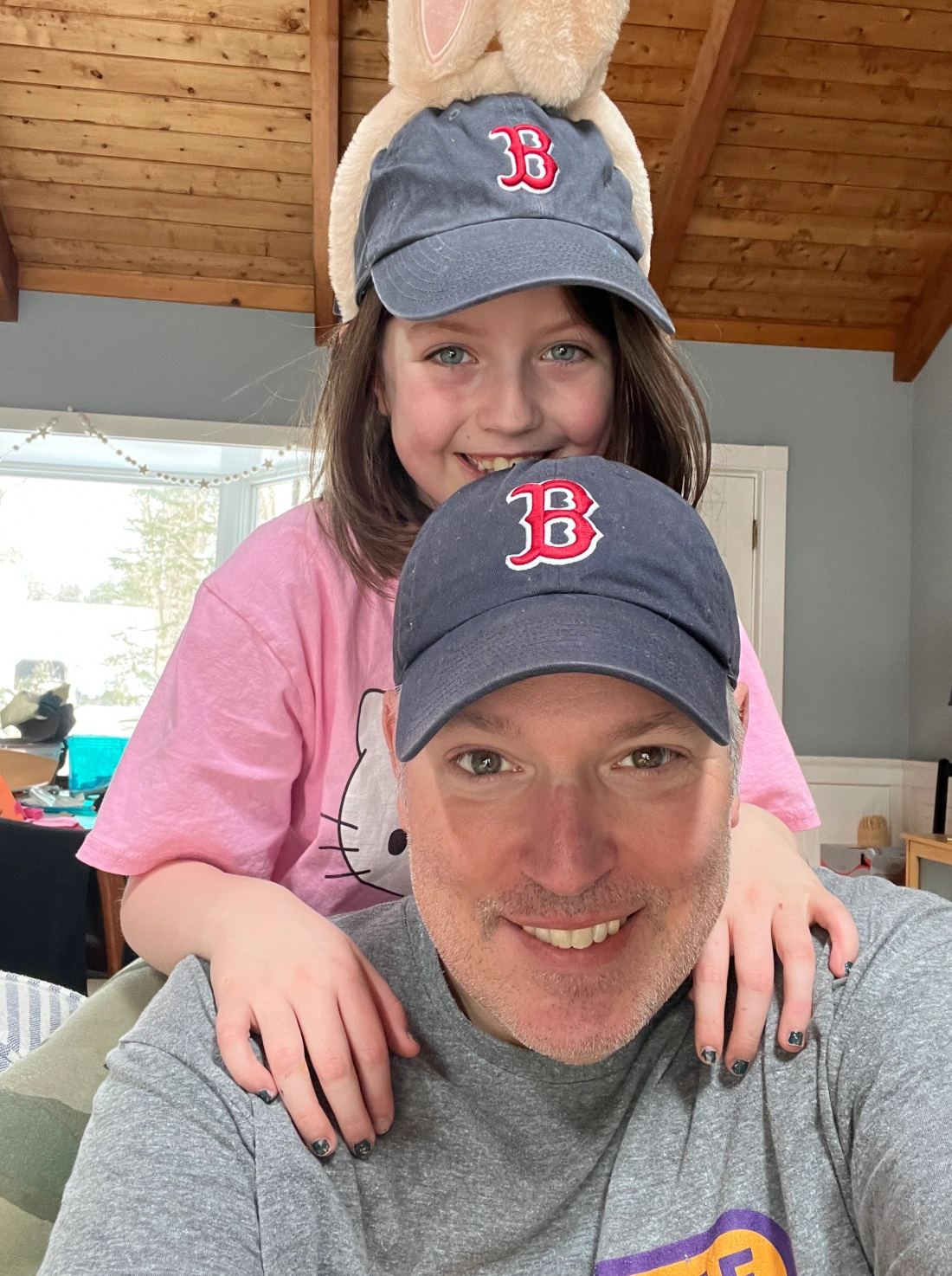
First Red Sox game of the season.
March 4

Saw college friends I hadn’t seen since before the pandemic – at the usual venue.
March 16

Family outing to Bluey’s Big Play.
March 18
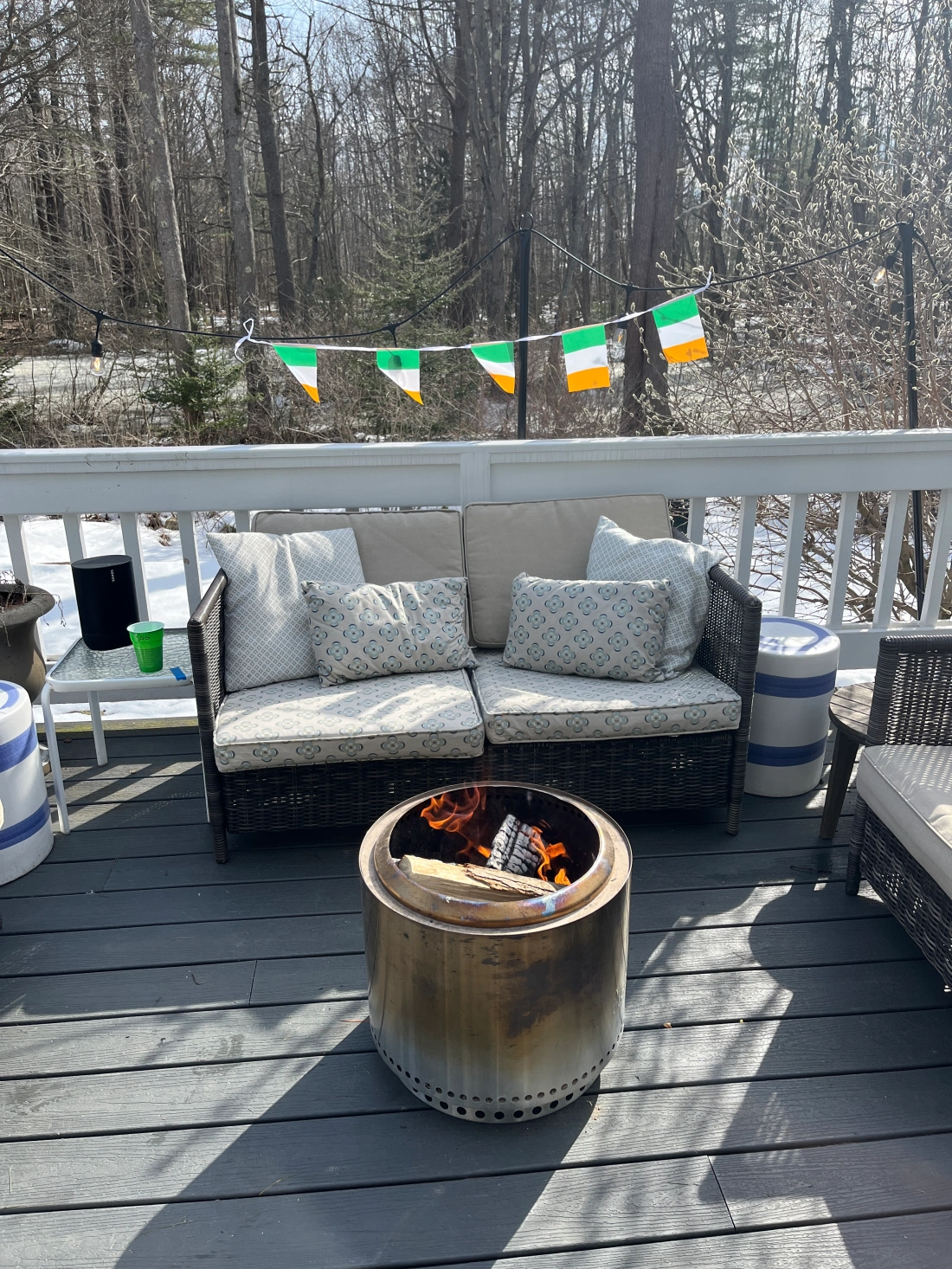
Annual St. Patrick’s Day event at our place.
March 25

To all who celebrate.
March 26

Kate’s mini portable projector makes its debut.
March 29
Frogs were back.
March 31

From a still undetermined source, I got COVID for the first time. I was fortunate, first in that it was not too bad for me – roughly 36 hours or so of a very sore throat and mild fever – and second that the girls were in Boston, so I was able to successfully quarantine myself in the basement without them getting it. Oh, and lucky for the vaccines that made my case mild.
April 8

Finally tested negative.
April 22

Kate and I did a spa weekend. No one had told me spas had outdoor hot tubs, saunas and steam rooms. I thought they were just for manicures, pedicures and the like. I like spas now.
April 28
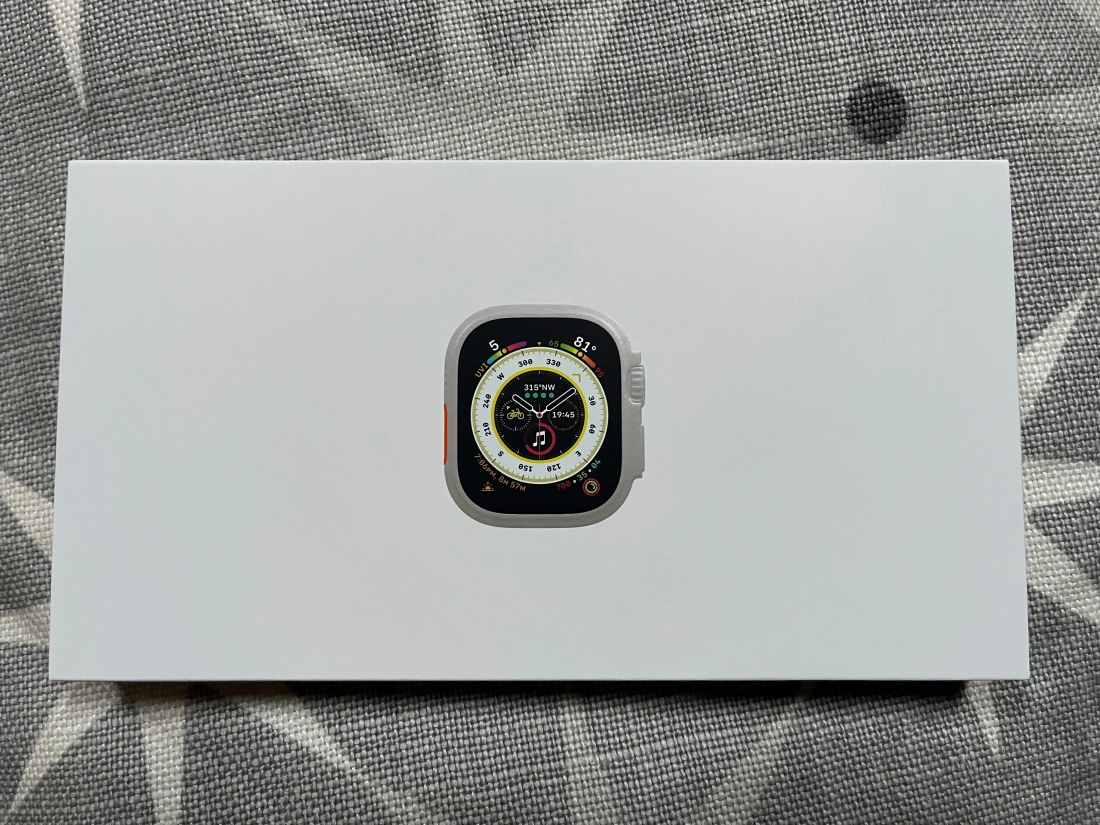
Traded in my Apple Watch for an Ultra because, after testing, it was clear that the former wouldn’t last me through a long distance walk I was planning.
April 29
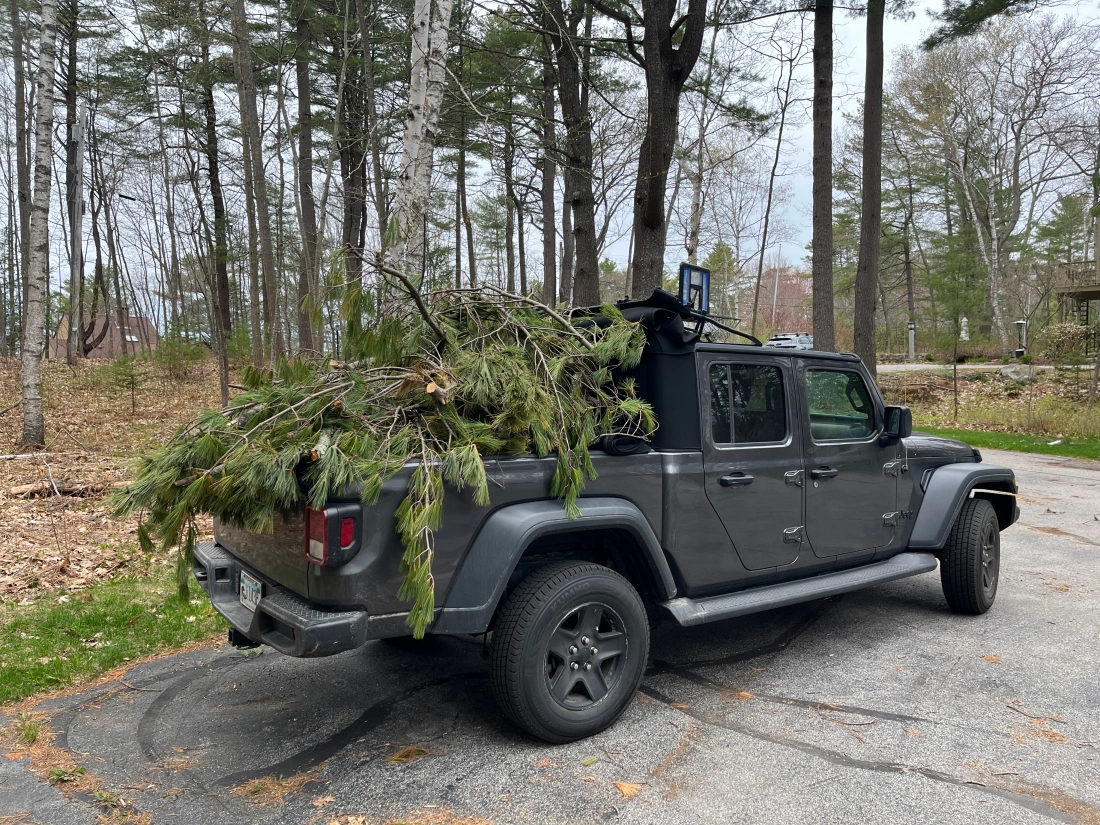
Missed brush pickup day in town by a matter of hours and had to take all of the winter’s downed pine tree limbs over myself.
May 1

Last training session for my planned long walk, and also my longest distance up until that point.
May 6

First doors off day for the Jeep.
May 12

First Seadogs game of the year.
May 19
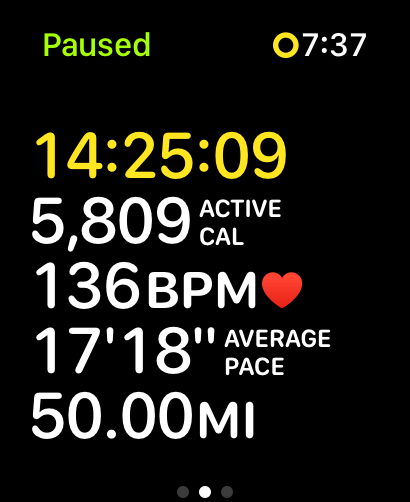
Thanks to a strained calf, it wasn’t clear that this was going to happen, but I managed to walk 50 miles for the first time.
May 25
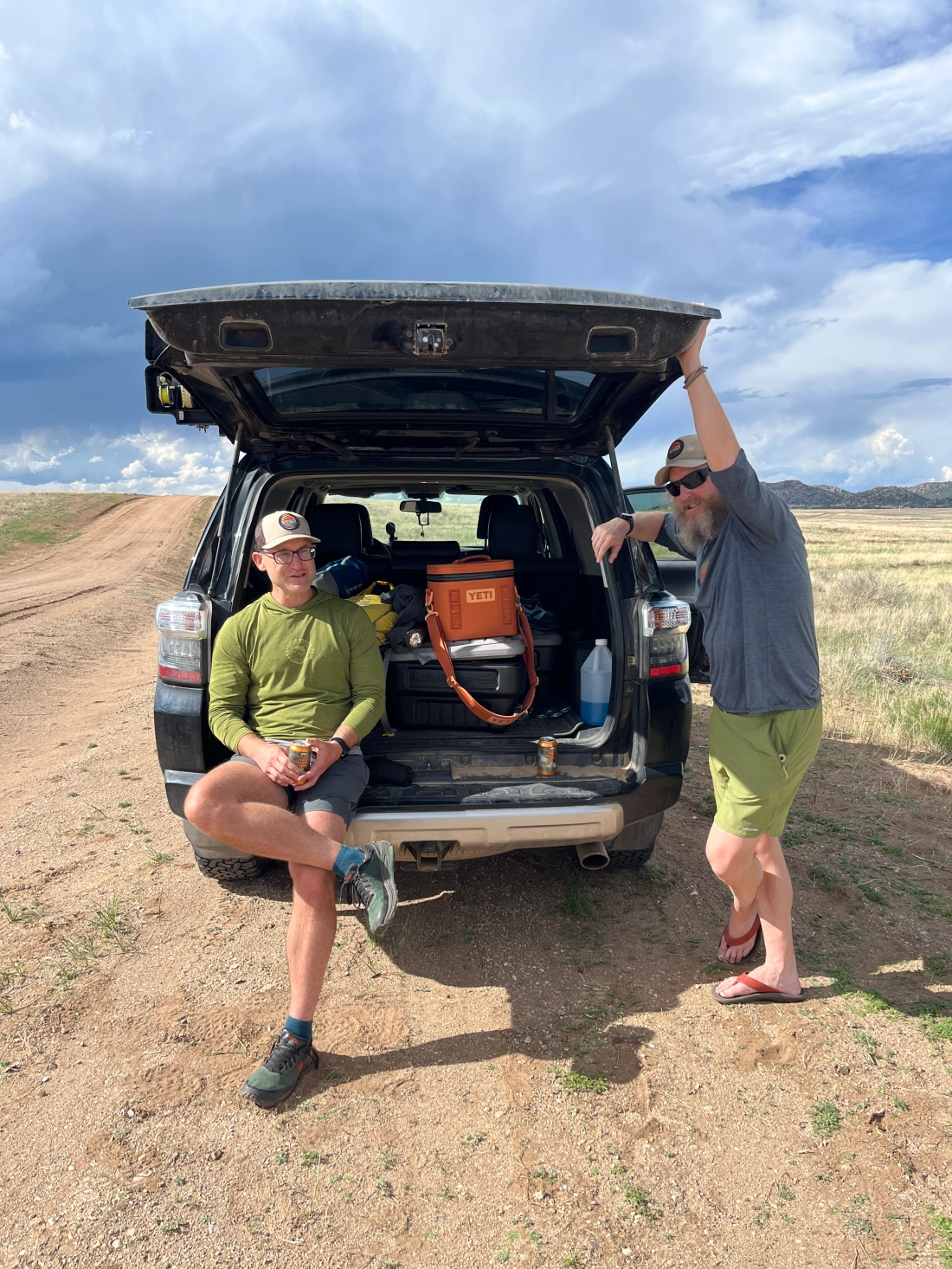
Got to see some old friends in Colorado.
May 28

Eleanor got to run the bases at Hadlock. She came in dead last, all because she wanted to help a little friend.
June 8
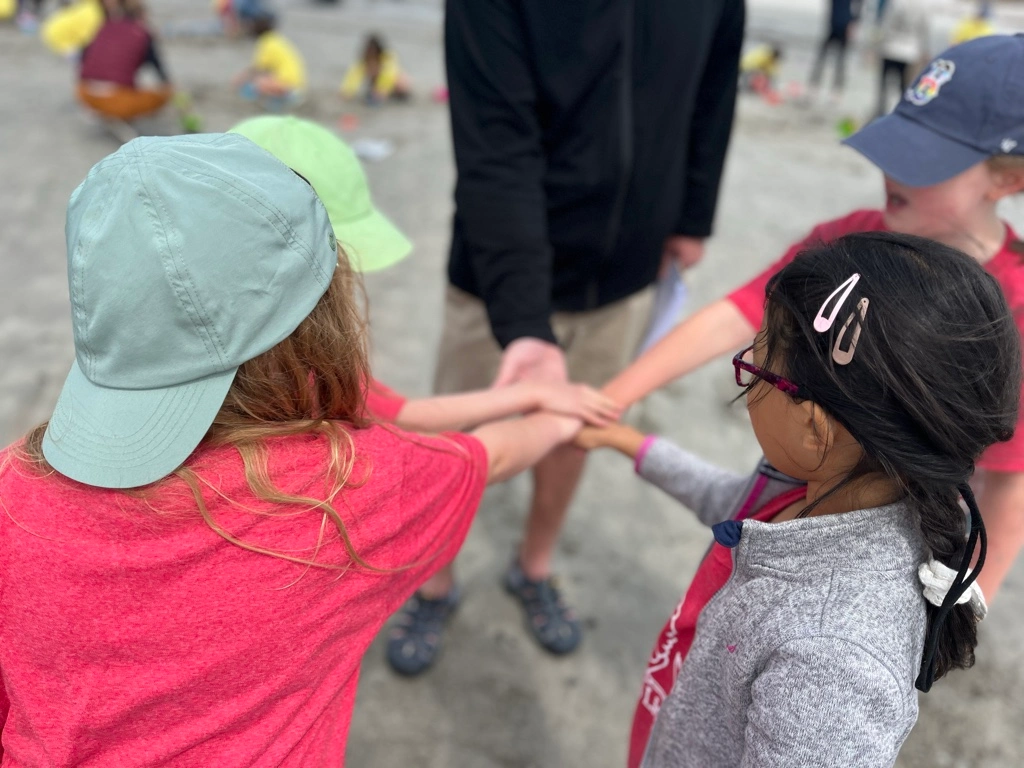
Chaperoned Eleanor’s schools’ Beach Day. I was responsible for keeping an eye on a mere four kids, and my big takeaway was that teachers should be paid seven figure salaries.
June 10
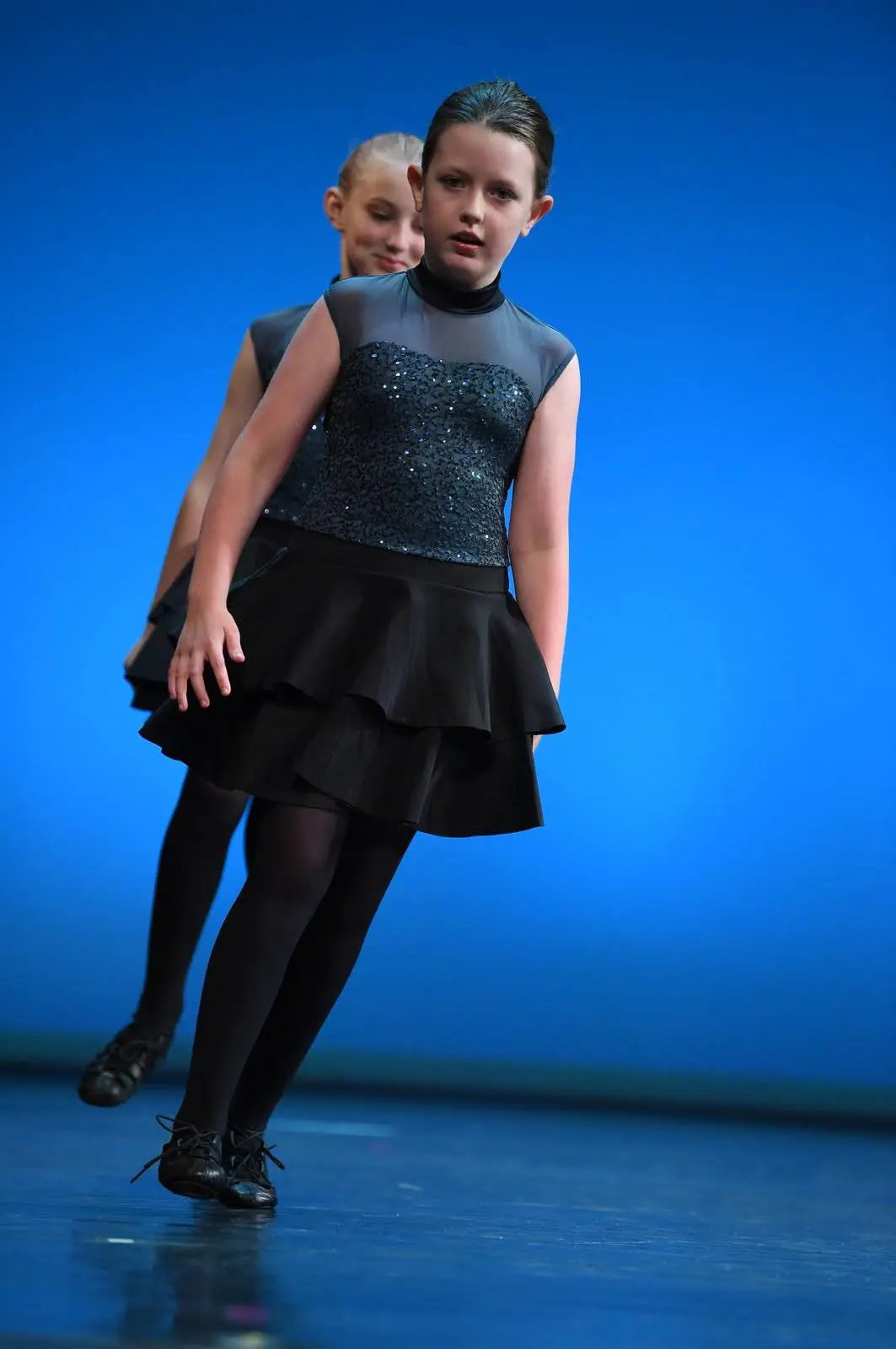
Eleanor had her first Irish step dance recital and was great, in spite of one of her fellow dancers who almost tripped her up.
June 21

I had to meet him via Facetime because I was traveling in NYC, but the inevitable outcome of the great dog campaign of 2023 – a black lab named Sully – arrived on this day.
June 22

Speaking of NYC, walked the High Line trail there for the first time. Great little park.
June 25
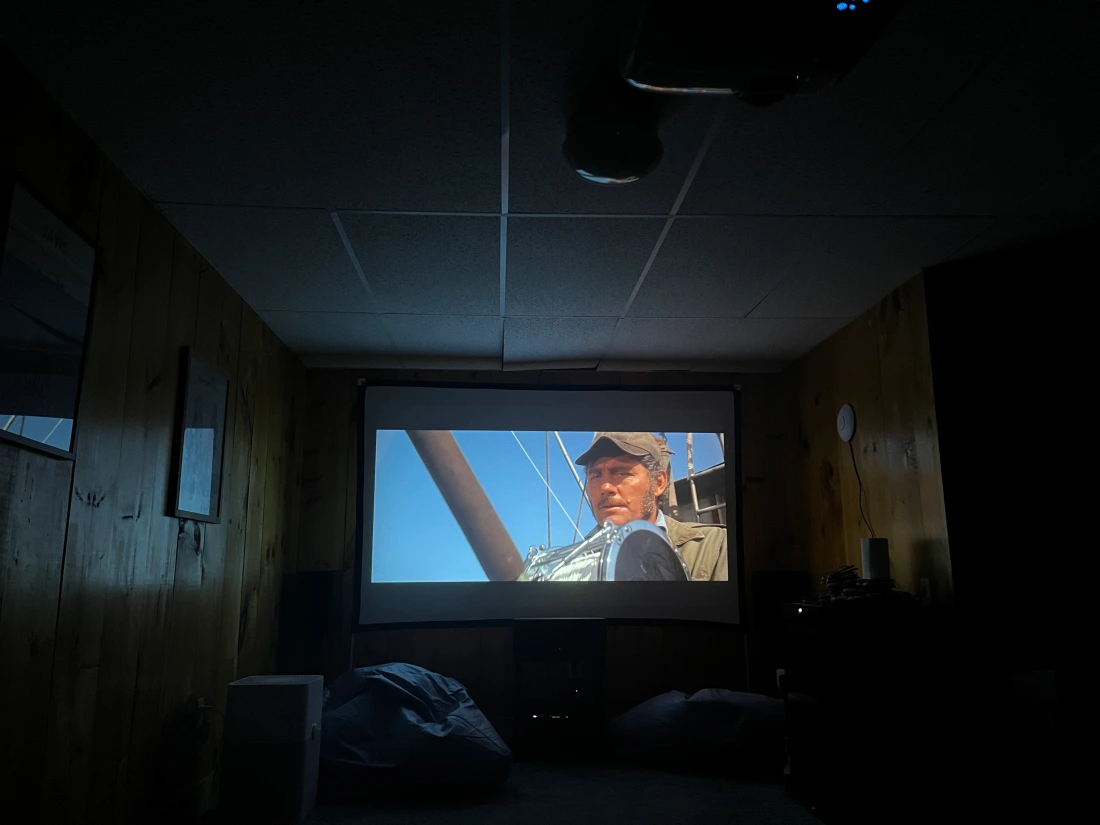
Missed the first day of summer because I was away, but got our annual Jaws viewing in nevertheless.
June 27
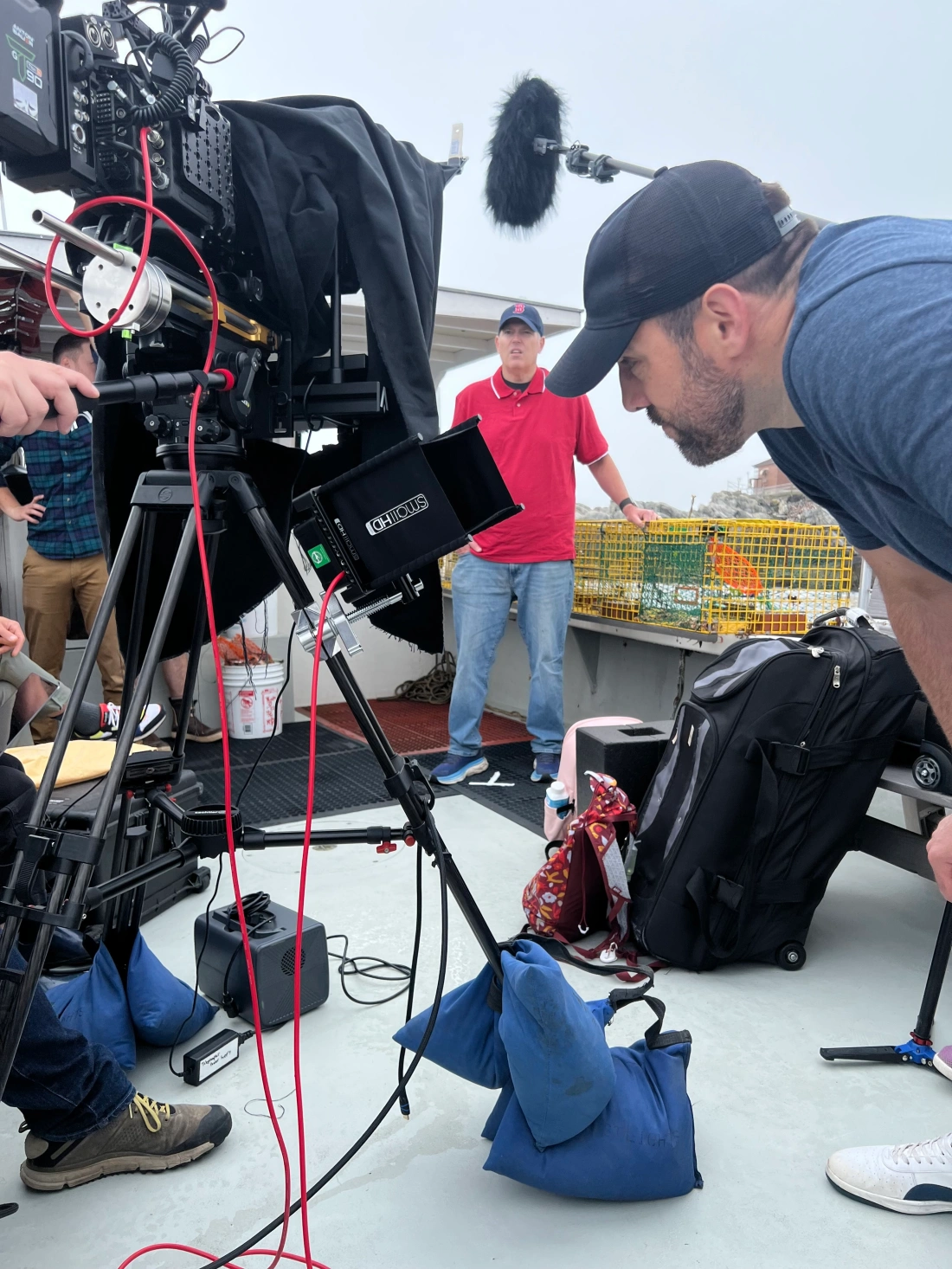
Not sure if the video will ever see the light of day, but in one of the more surreal work experiences I’ve had an entire film crew flew into the Portland to shoot a video with me and a client. It was absurd.
July 4
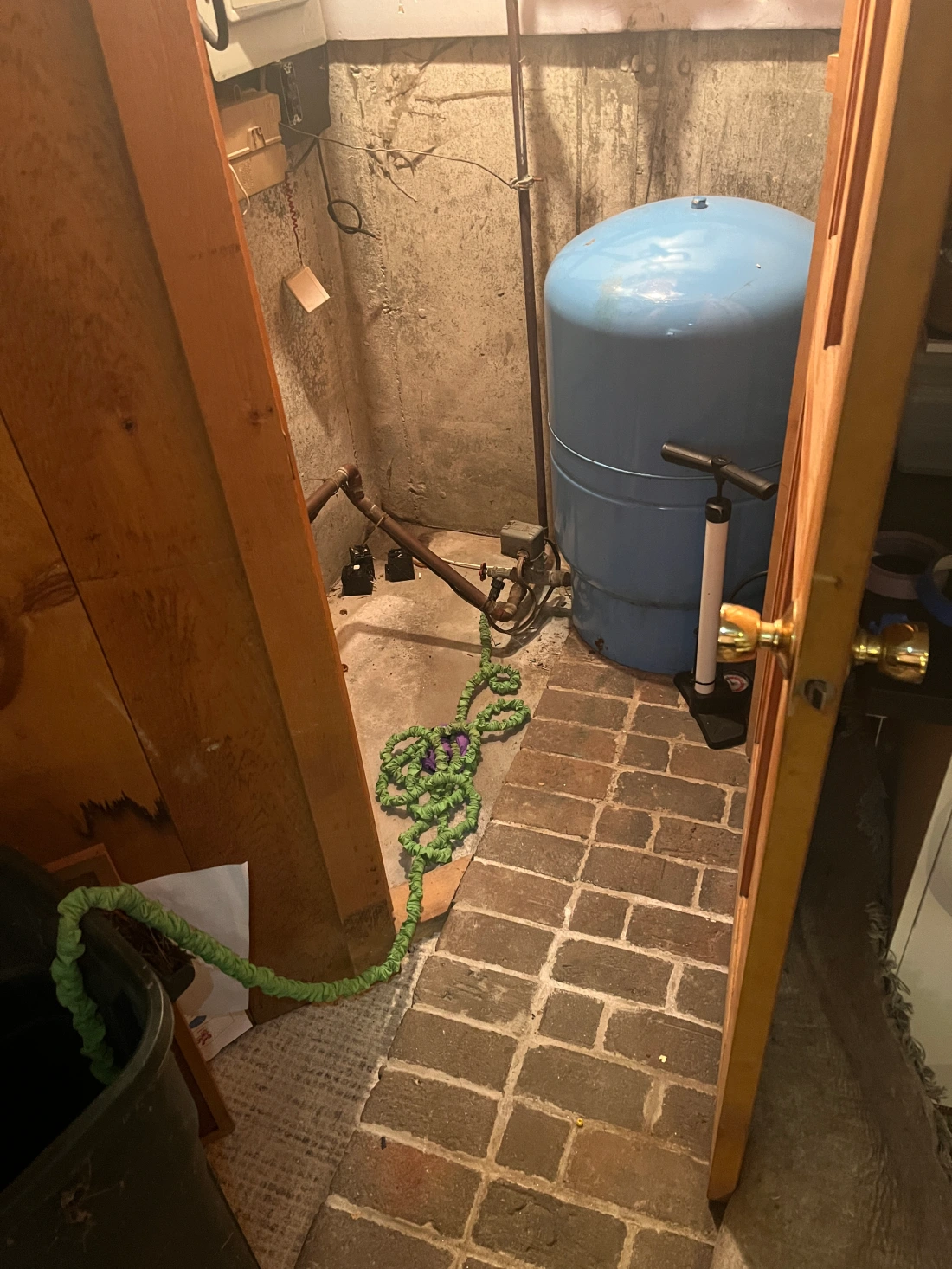
Turns out trying to get someone to come out and address your complete lack of water pressure is challenging on a beautiful 4th of July day – hence the bike pump (worked the first time, not the second). The entire well tank ended up needing to be replaced, and the guy who installed it a week later said he had no idea how the old one had not started a fire.
July 6

Sully was not sad that we live just up the road from a beach.
July 19

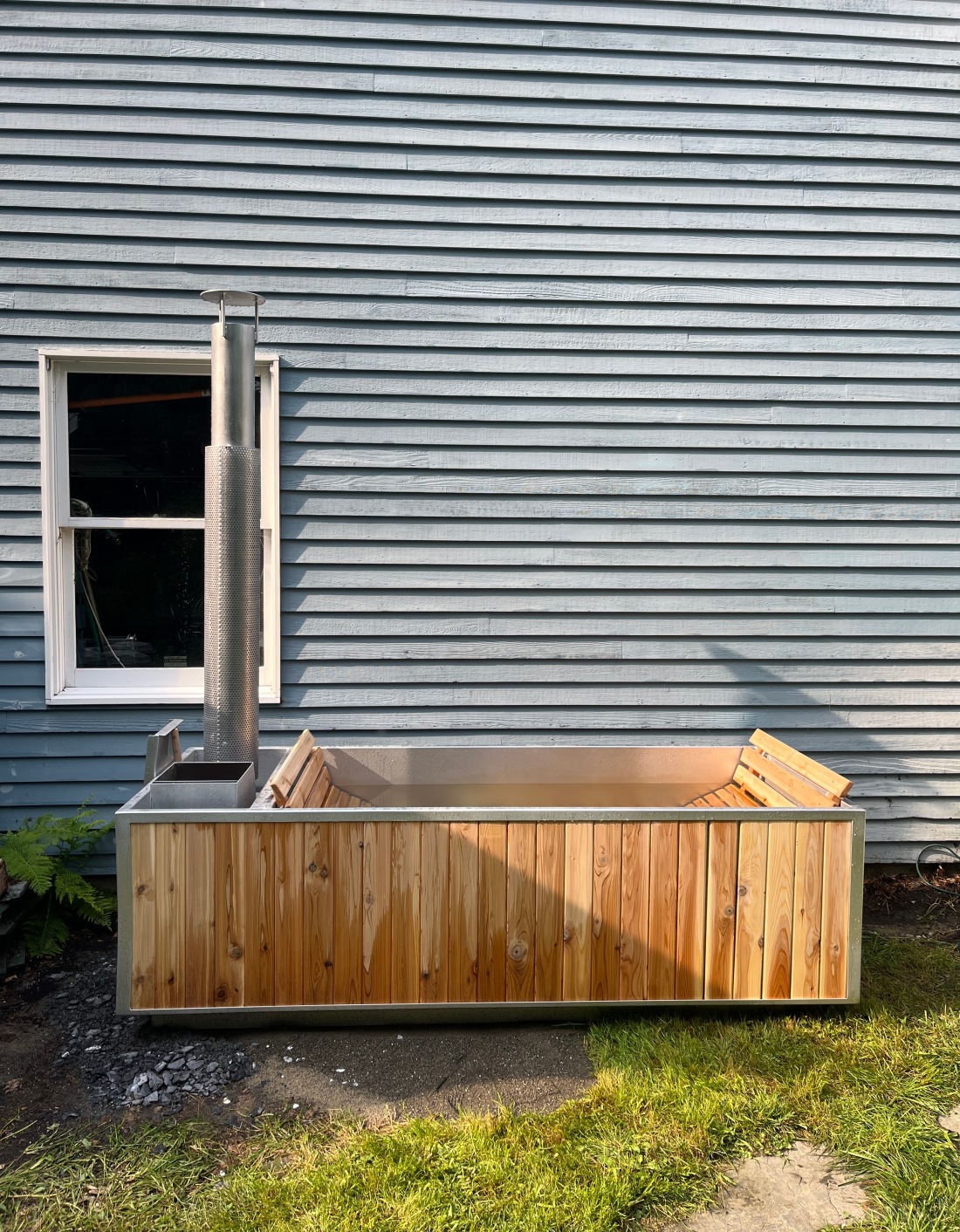
We got a wood fired hot tub. Lots more on that addition here.
July 22

As cool as it was to get a hot tub that was how miserable it was to deal with a sewage back up. And as with the well tank situation, trying to get someone to come out and address a septic system on a gorgeous July Saturday proved to be impossible, which is why I now know a lot more than I’d like to about how septic systems work.
August 19

Last time Ferd and I saw a show together, it was Pearl Jam. This time around it was Sigur Ros in Boston. They’re so good live.
August 22

Made the annual pilgrimage to the falls with my little sidekick.
September 5

Not sure how this happened, but we had a second grader on our hands.
September 7

Like everyone else these days, we got our share of Canadian wildfire smoke.
September 9
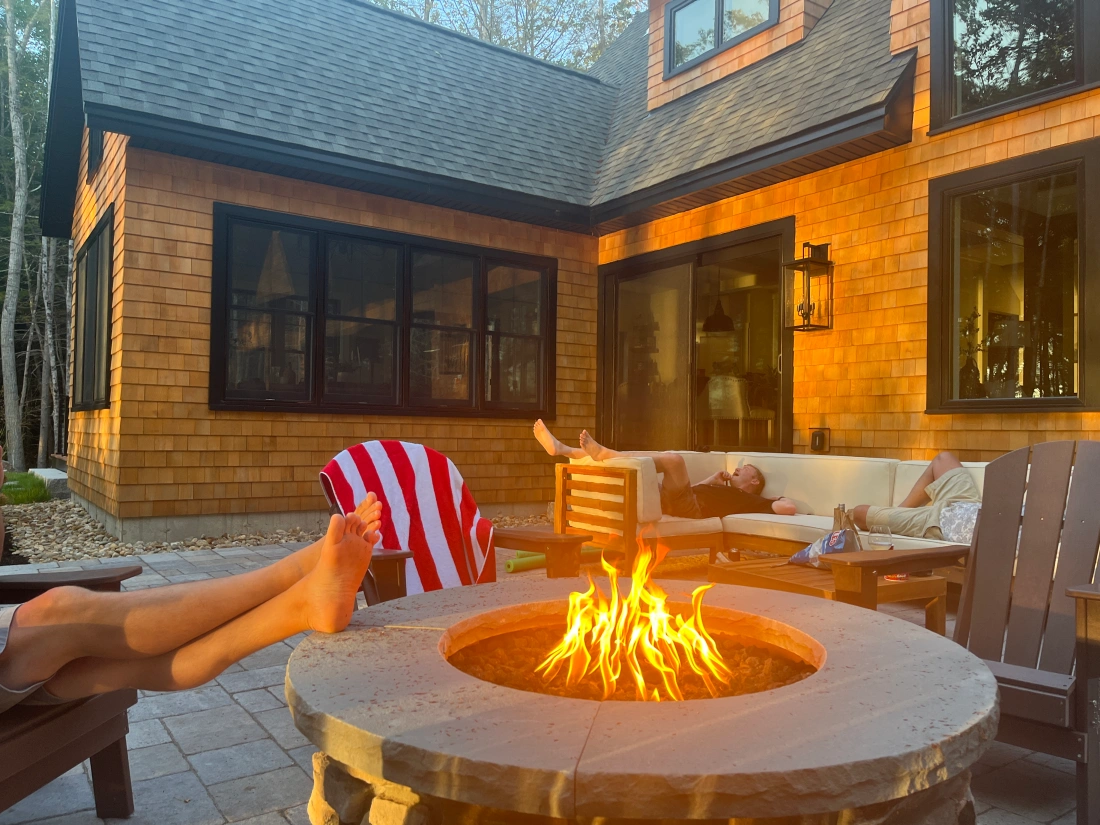
A friend turned 40 so it was time for a lakehouse.
October 5
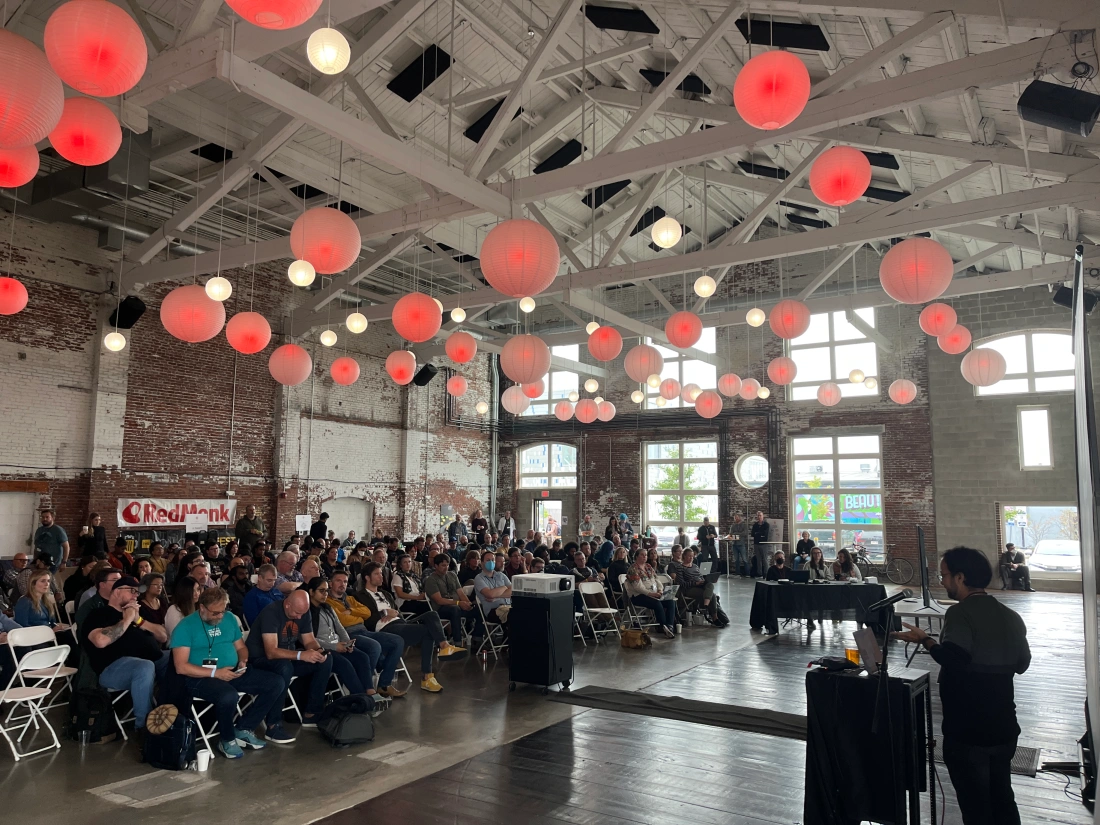
Another Monktoberfest in the books.
October 7
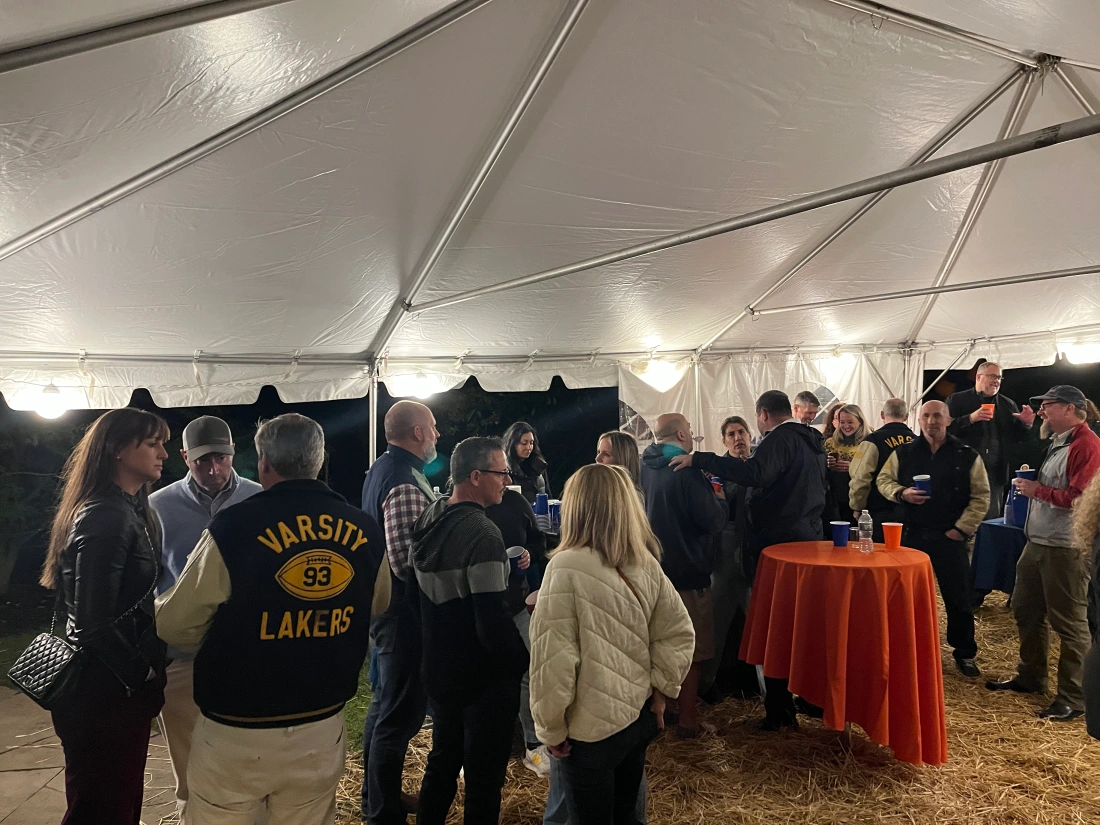
The timing couldn’t have been worse coming on the heels of our event, but I kept a promise and flew down to NJ the day after to attend my high school reunion. And while I grumbled about the flight, it was beyond worth it. Catching up with the first friends I ever had – some of whom I hadn’t seen in literally decades – was an incredible experience. I hadn’t laughed that hard in a long time, and we all picked up as if we’d seen each other yesterday. Just a delight from start to finish as I got lucky with my high school friends.
October 15

Got back up to Bremen for a cider pressing for the first time in a few years.
October 27
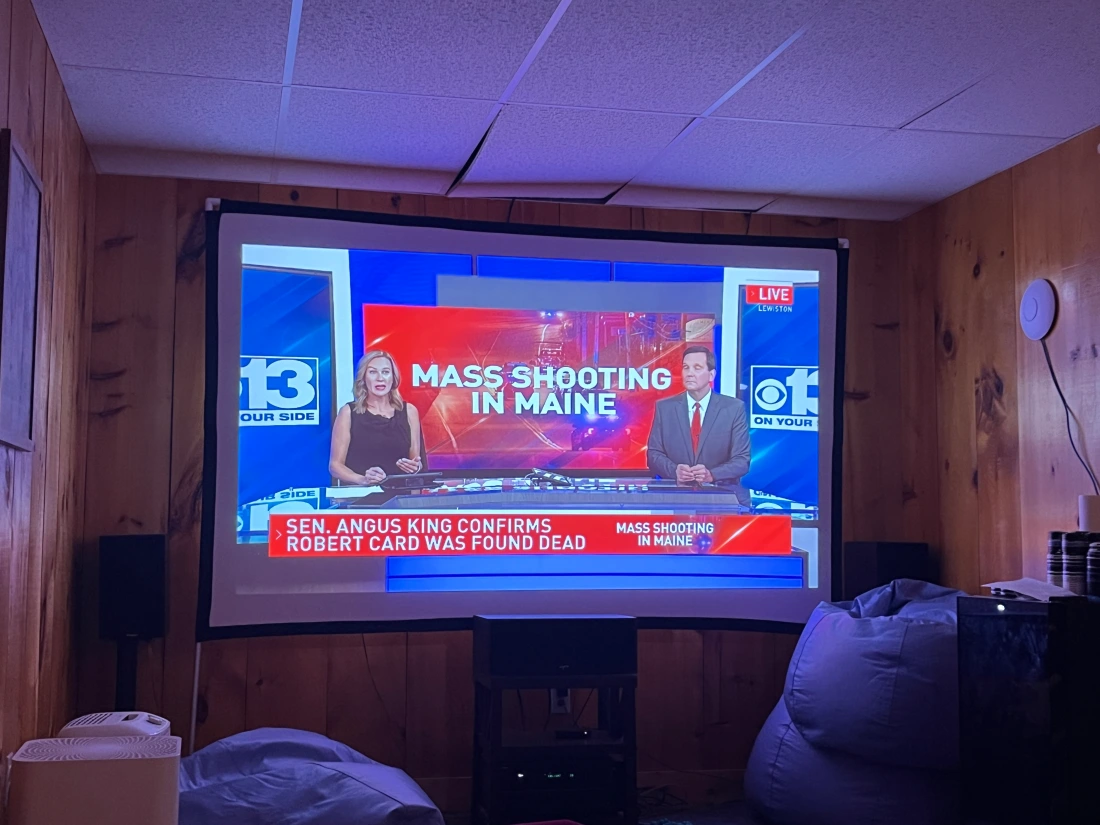
Maine is a safe state in most respects, but we are, sadly, no more immune to gun violence epidemic than the next state.
October 28

As with our St Patrick’s Day party, we’ve continued our Trunk or Treat Halloween party begun during the pandemic. The best part was when the costume parade turned into a costume race.
October 31

Speaking of Halloween, no one takes it more seriously than the island.
November 2
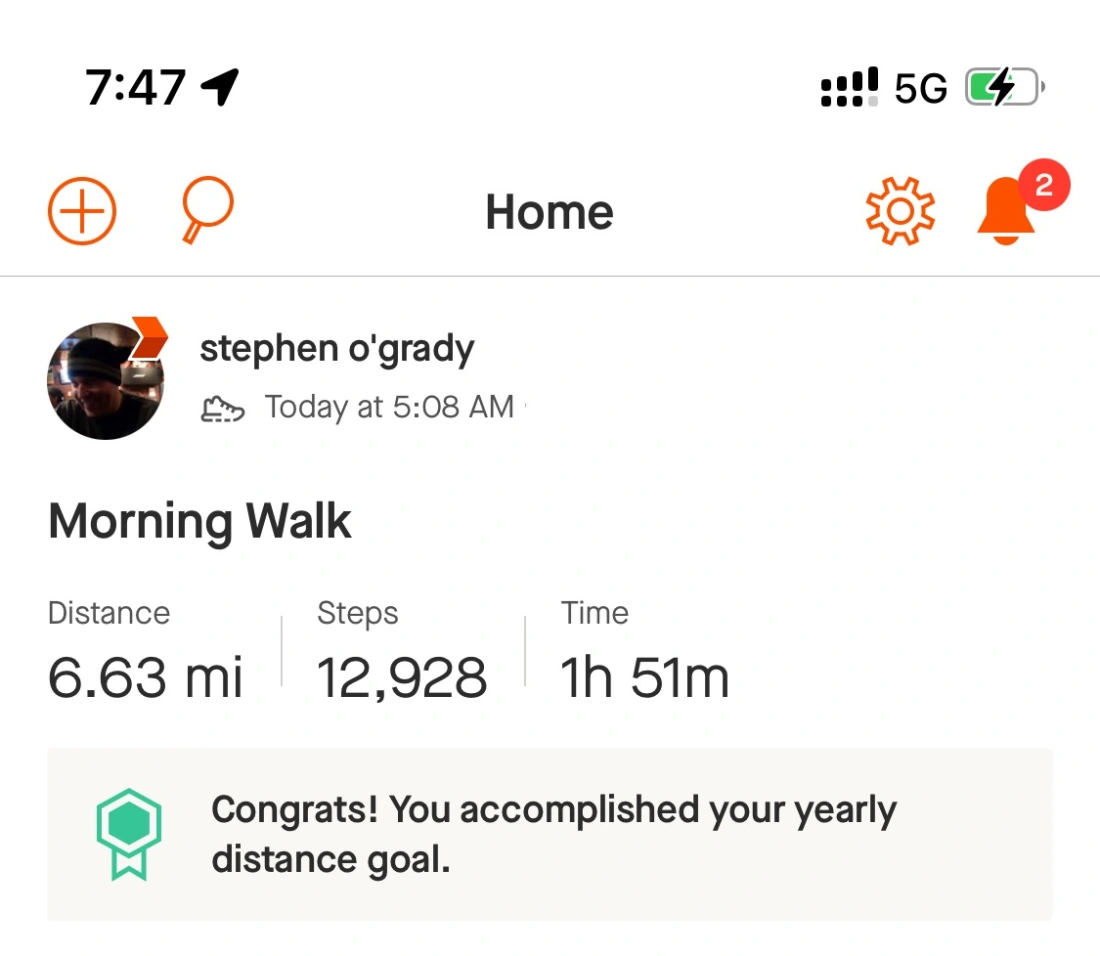
Hit my annual walking goal for the a couple of months early.
November 11

Time for the Biggest Little Game in America.
November 20

Last year was the first time I’d walked the distance of the Appalachian Trail. This year it was the Pacific Crest Trail distance.
November 22
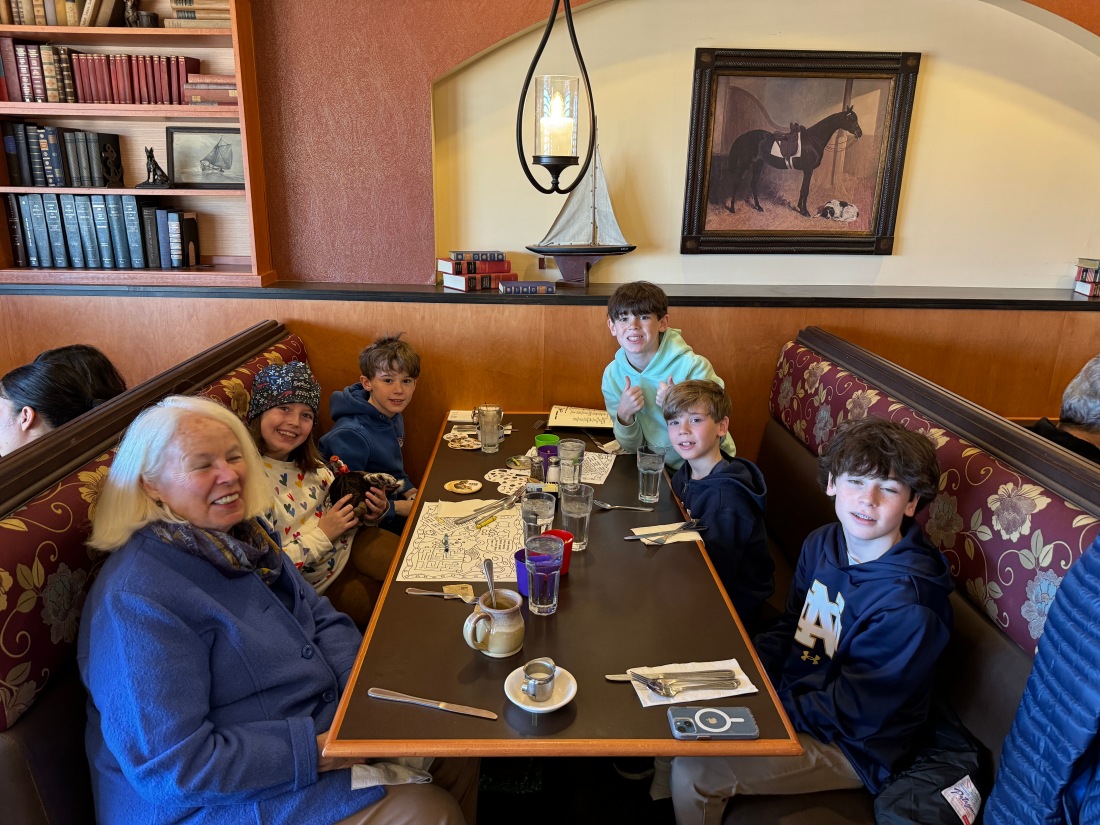
Had a fantastic Thanksgiving out in Minnesota with my brother’s family.
December 19
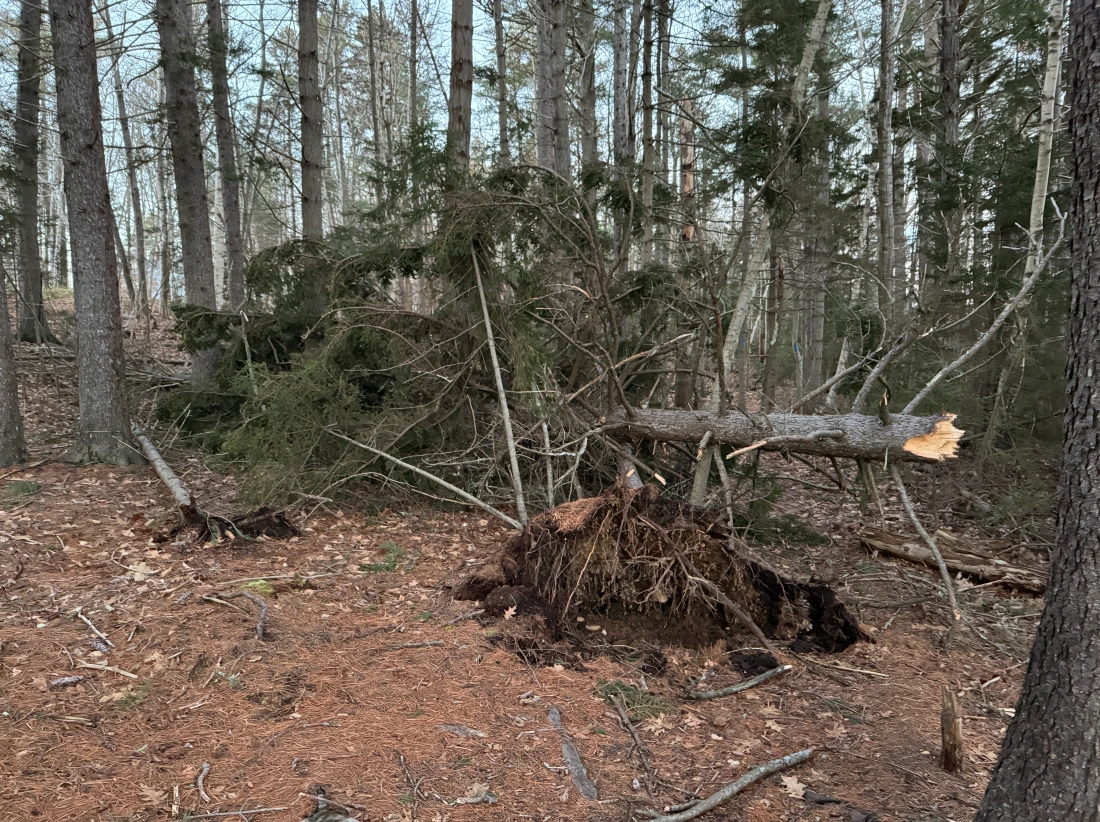
The island got crushed by a windstorm, with trees down everywhere including large limbs in our yard.
December 31
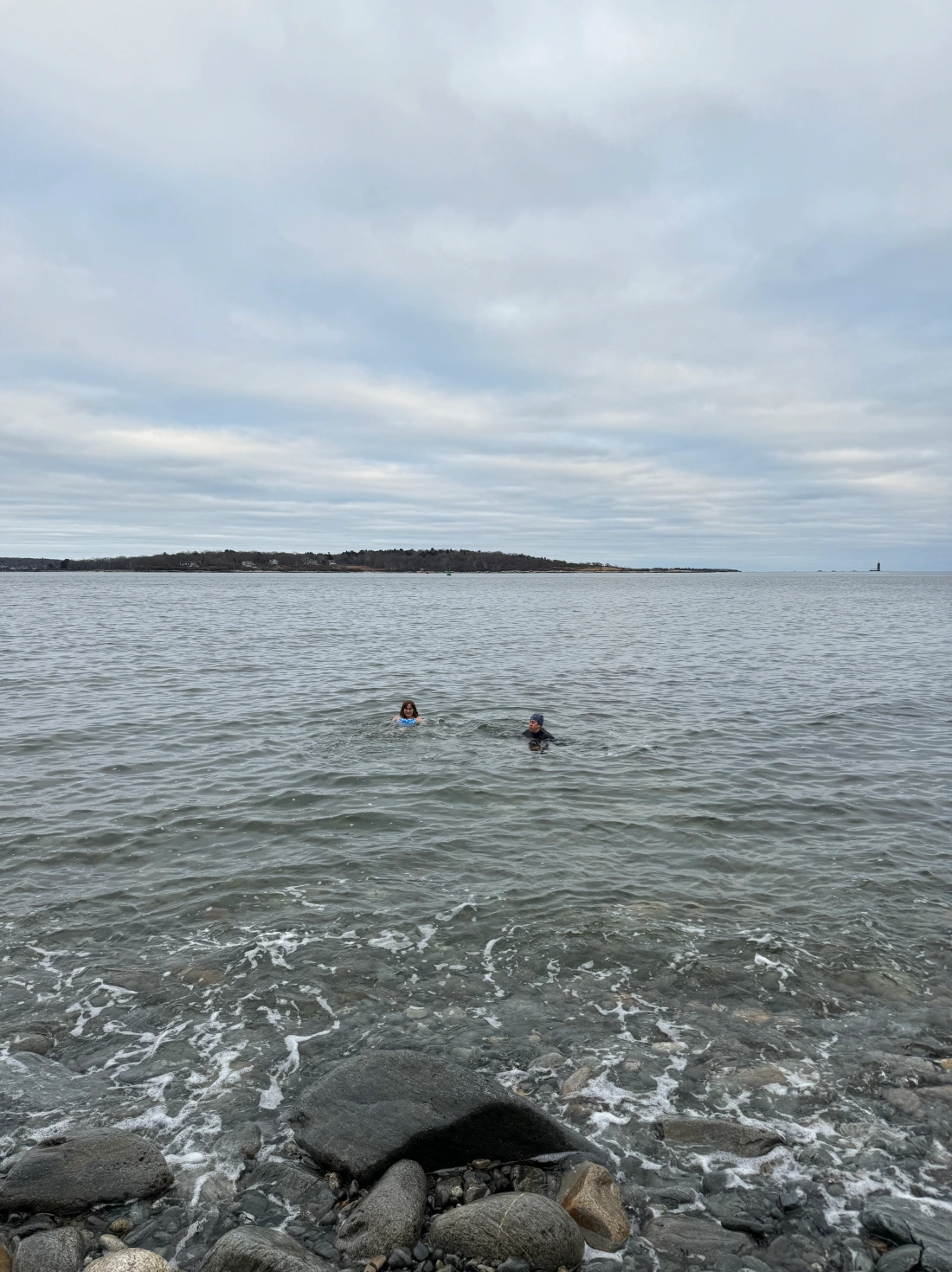
To ring in the New Year, Eleanor had a grammie sleepover, we boarded the dog for the night and Kate and I headed down to Portland. Kate did a cold dip with a friend, which I noped right out of, then we had dinner at Street and Co and a quiet night on the town.


